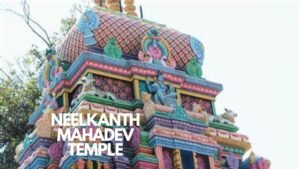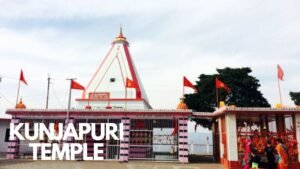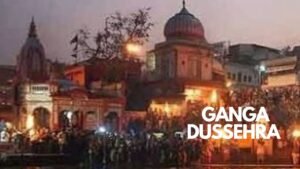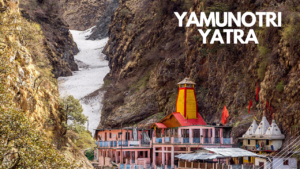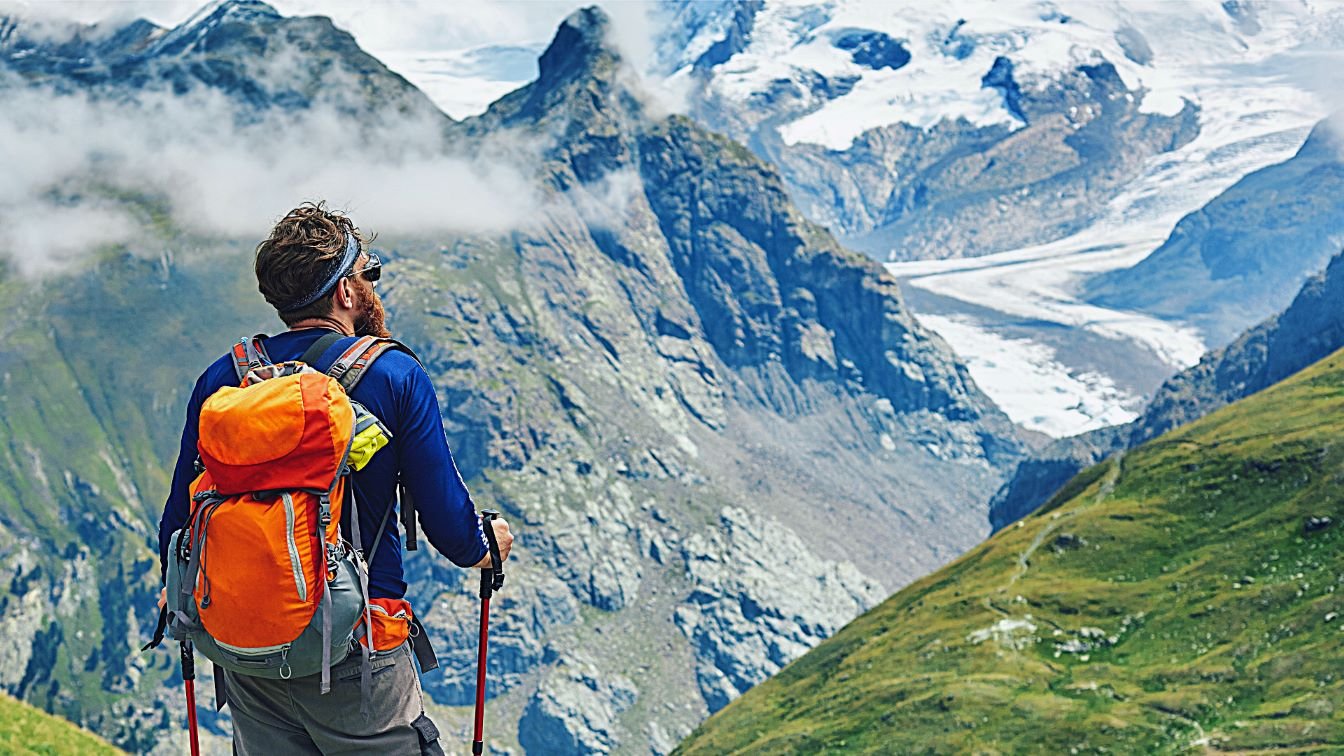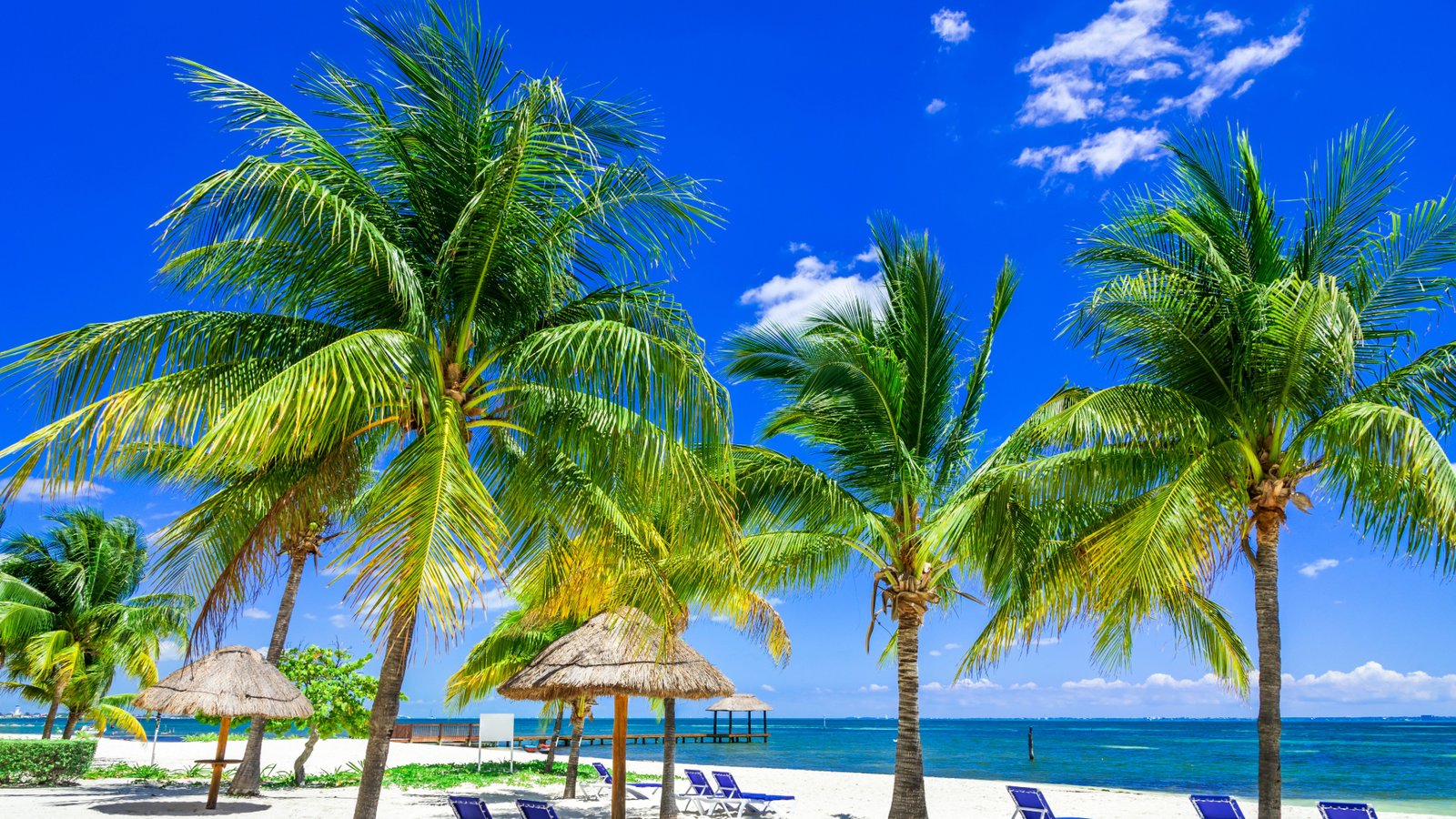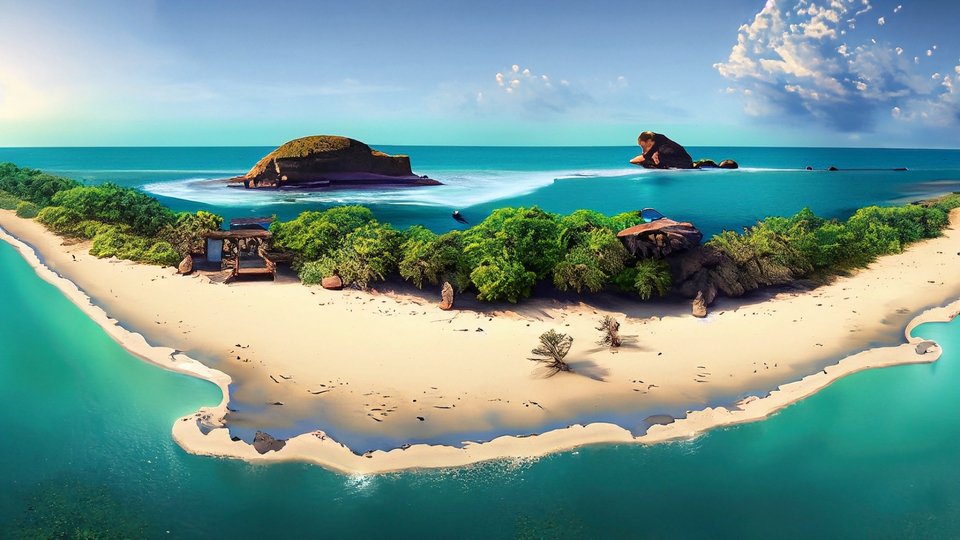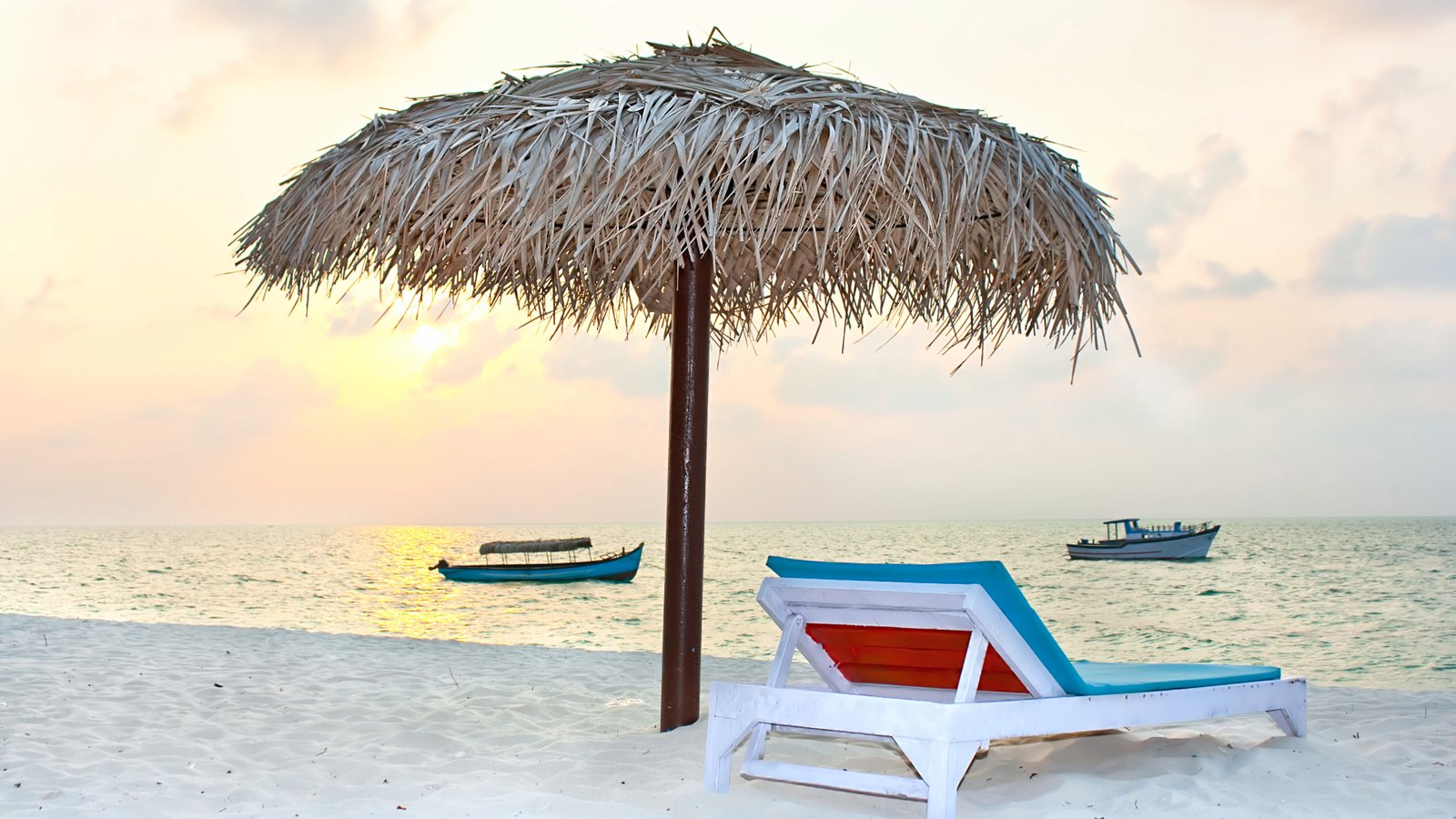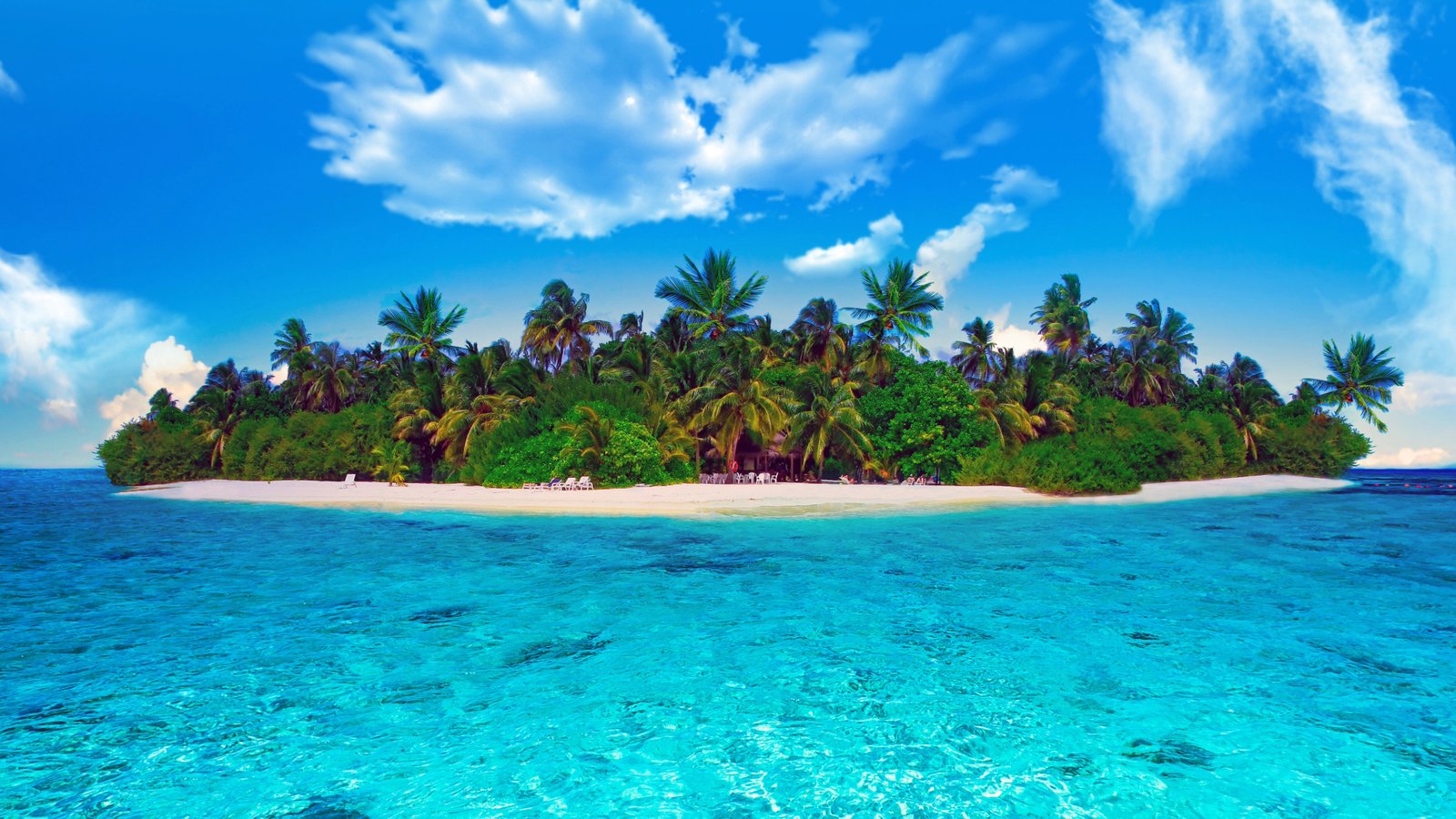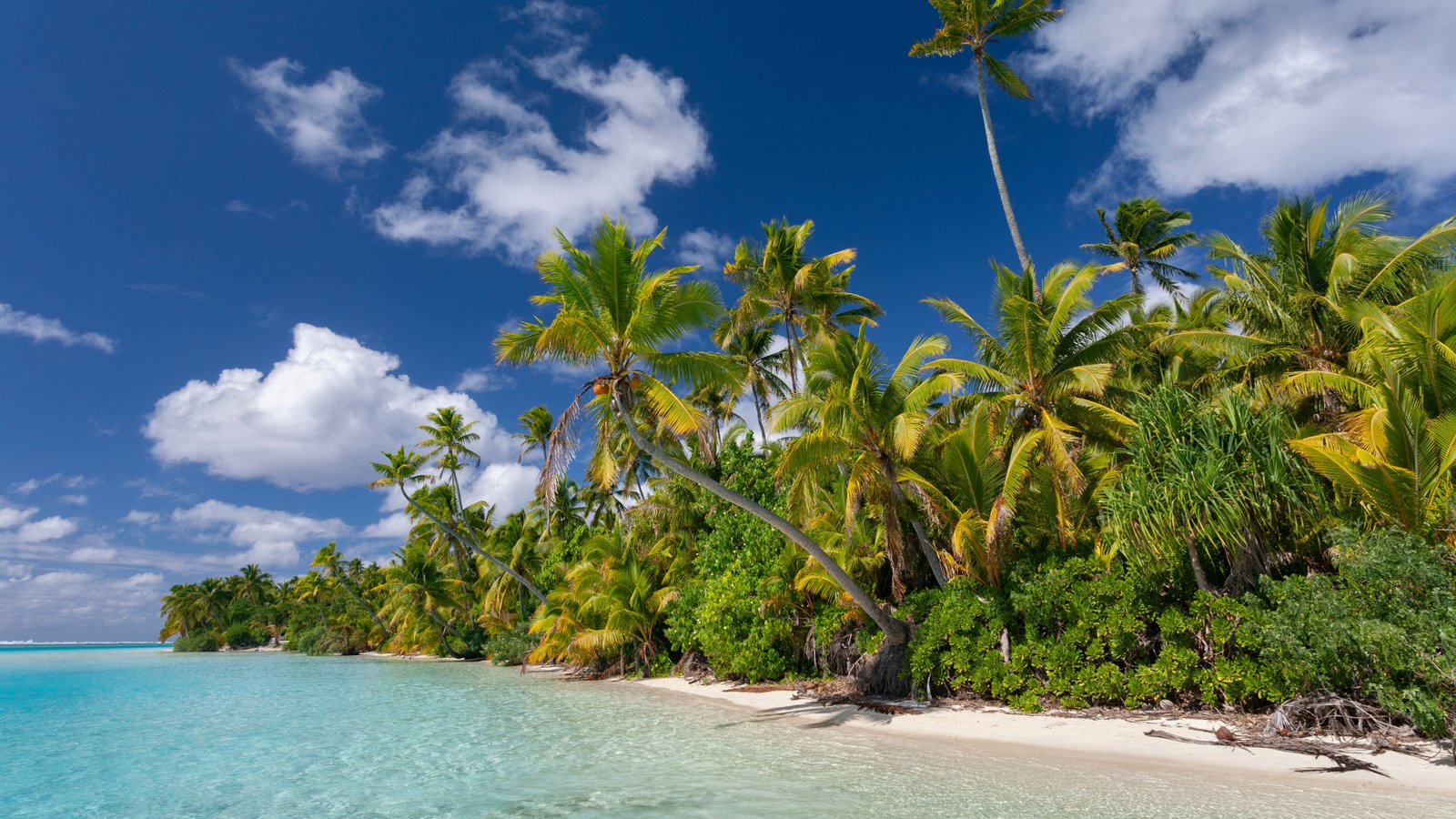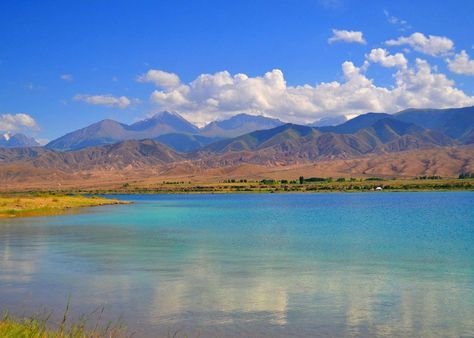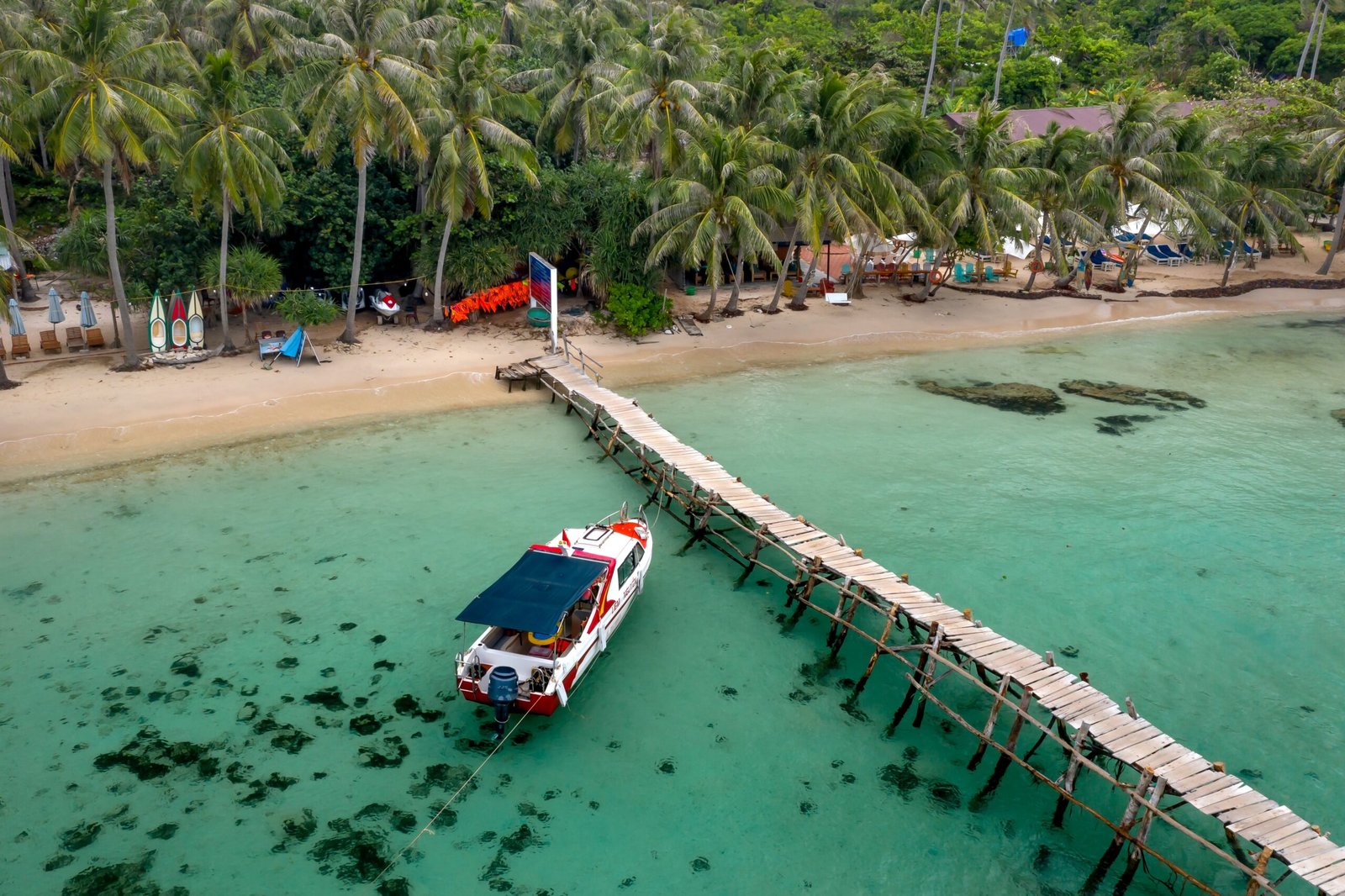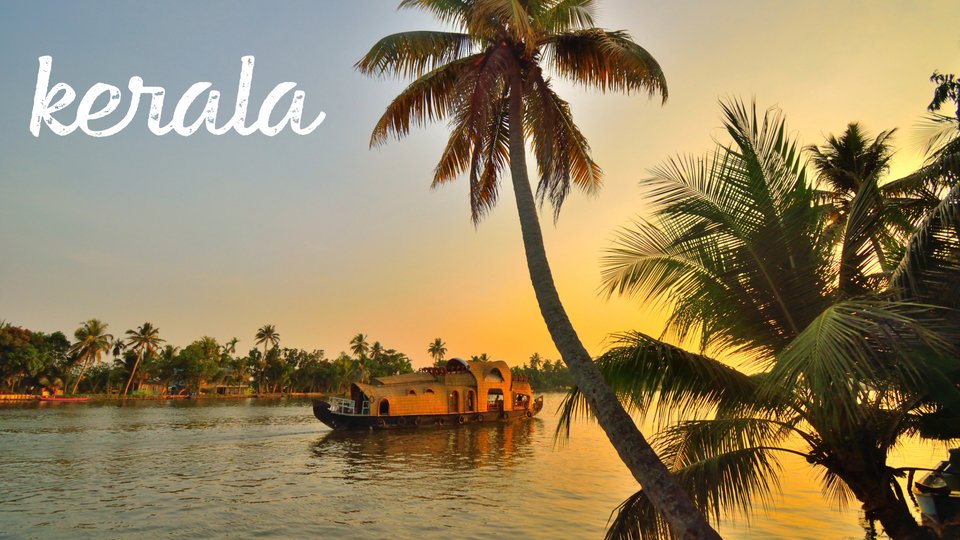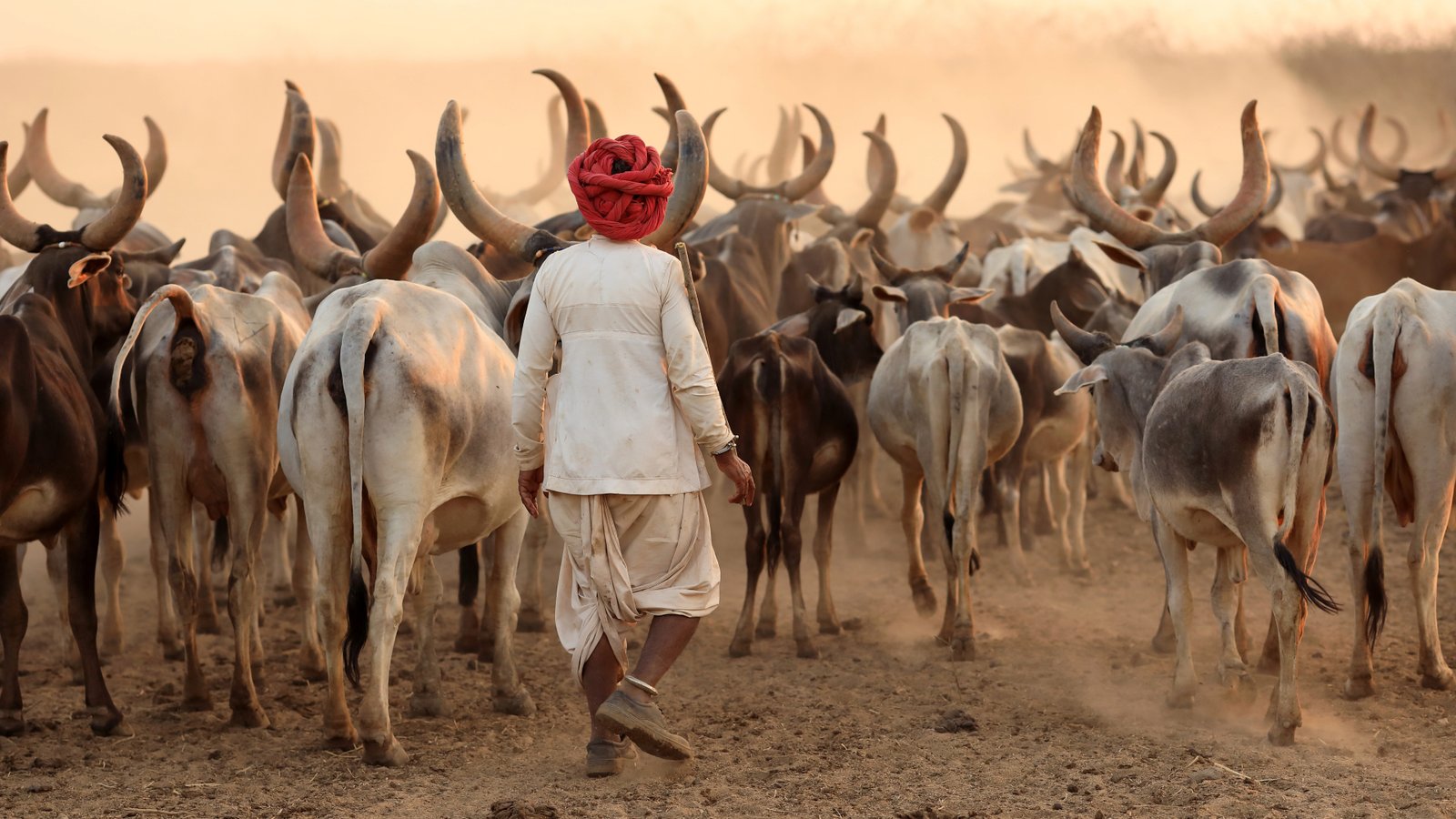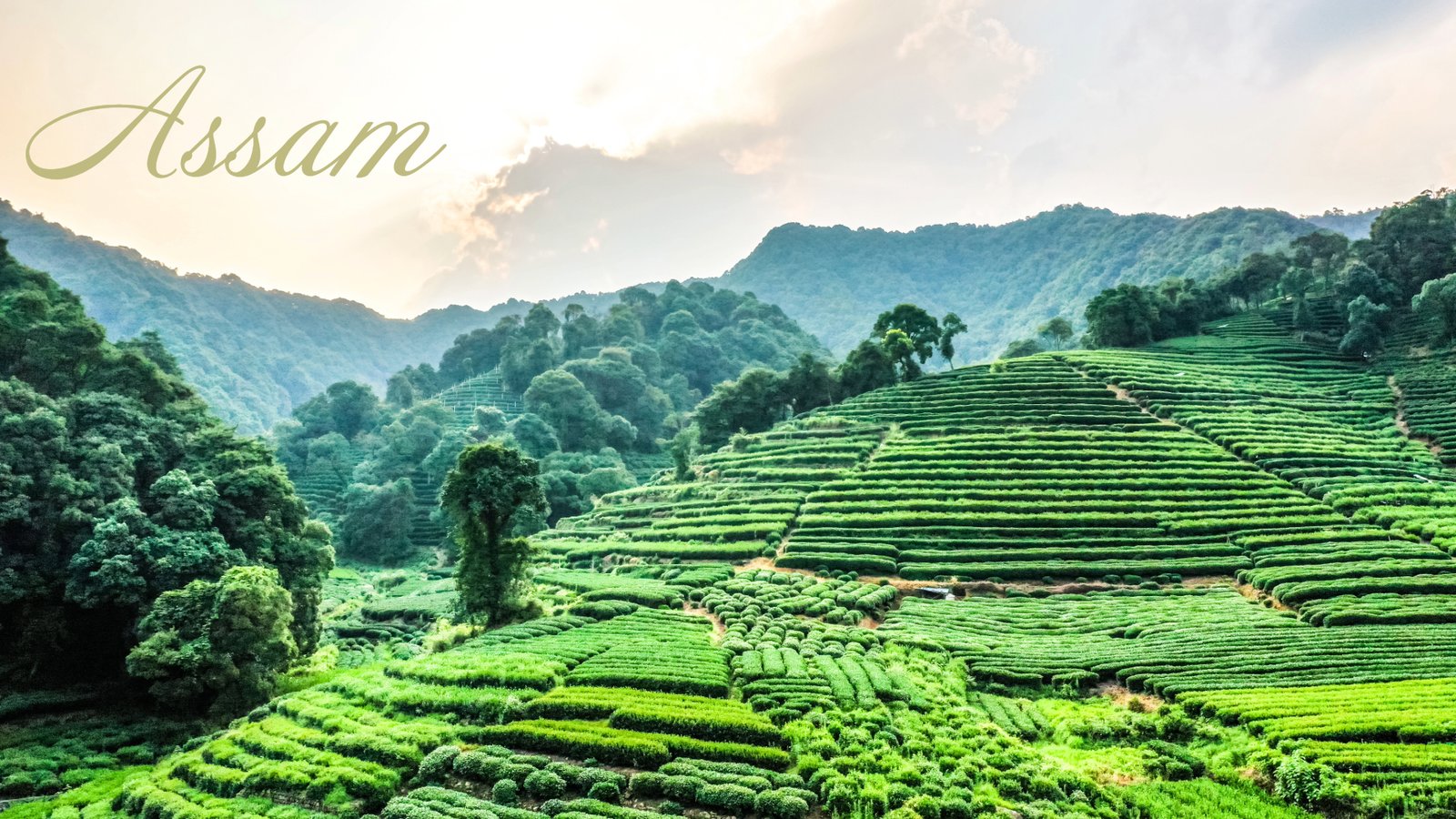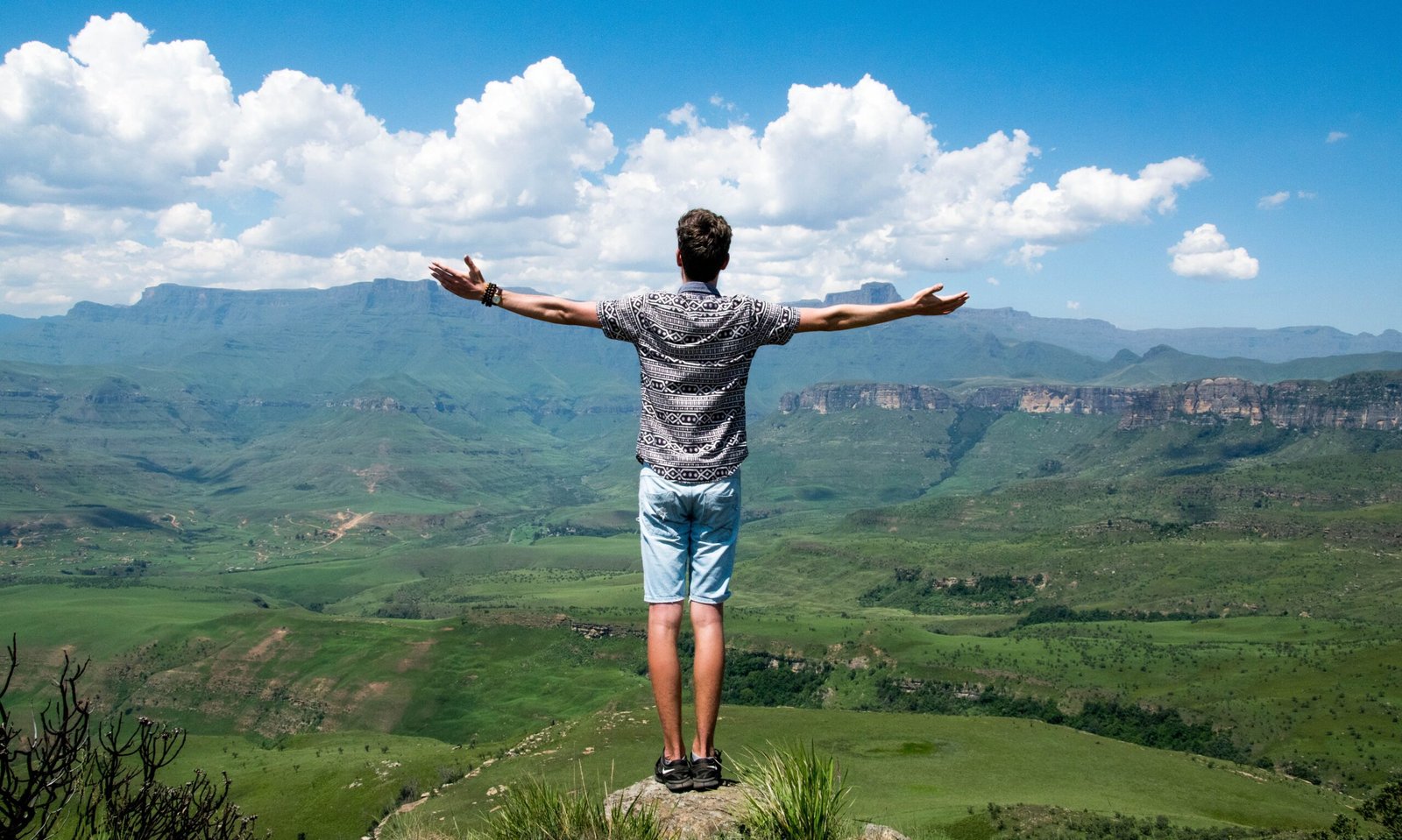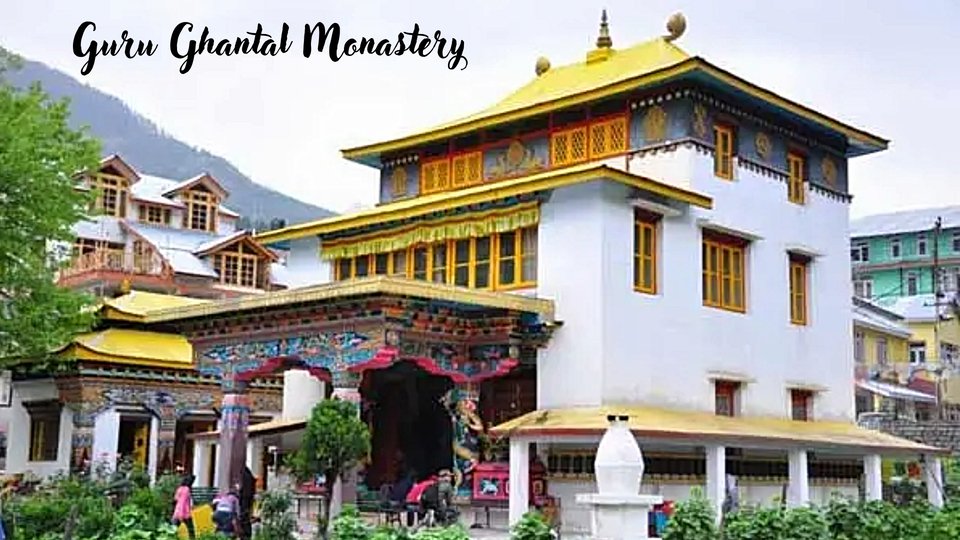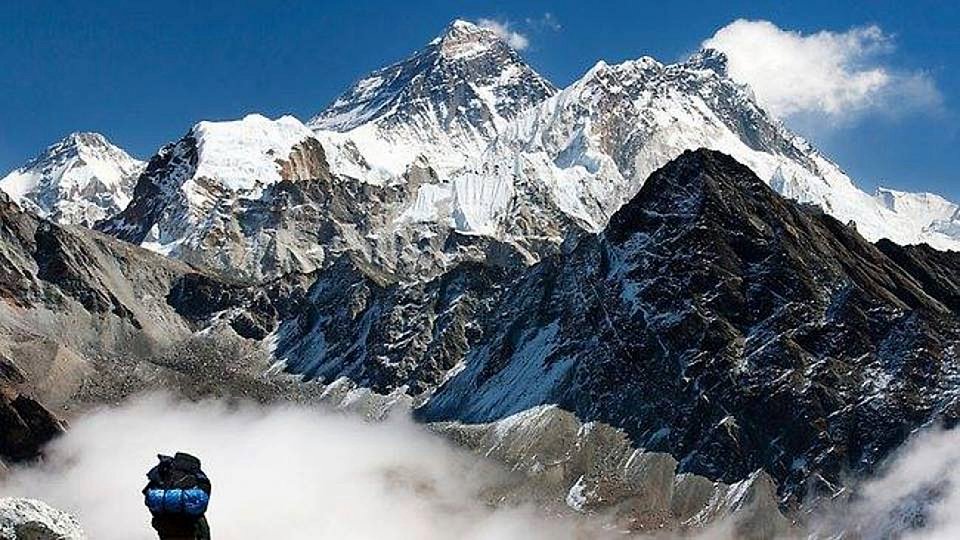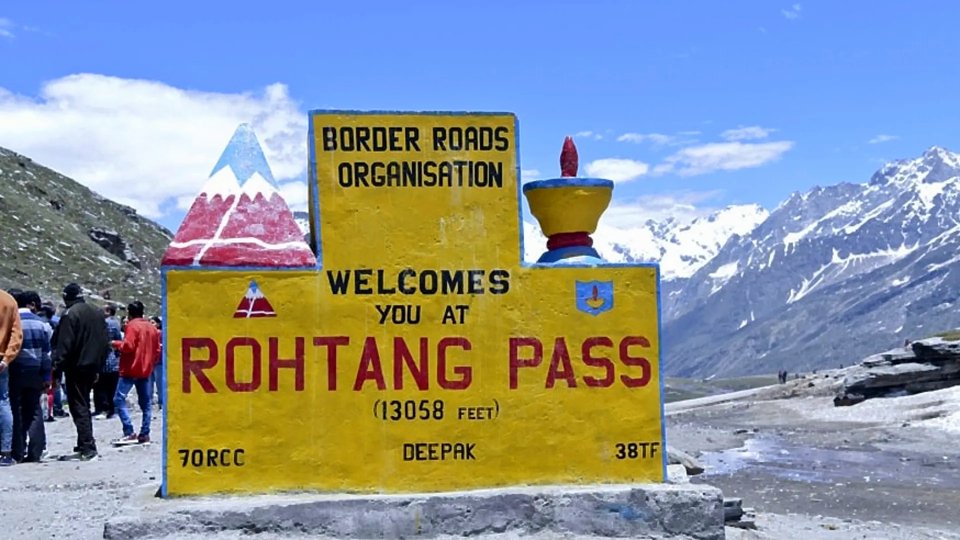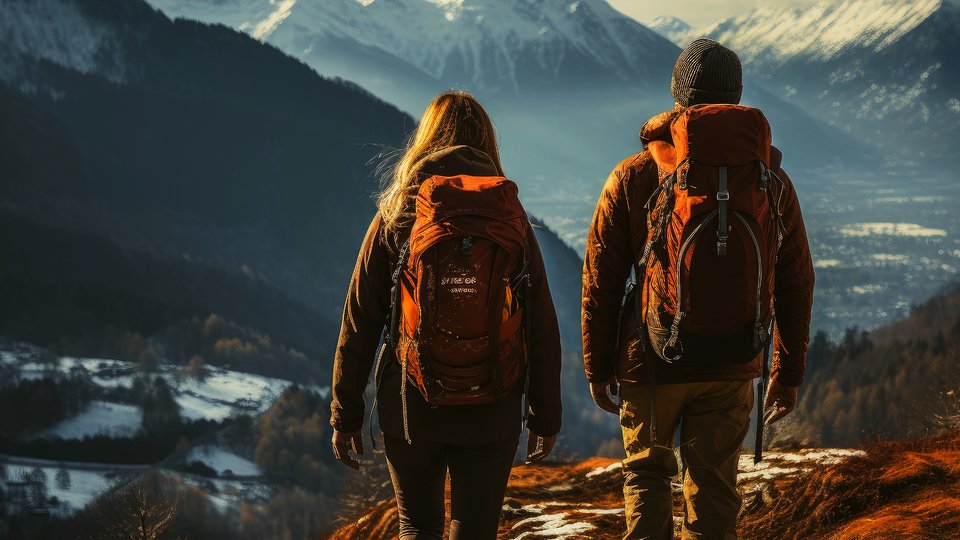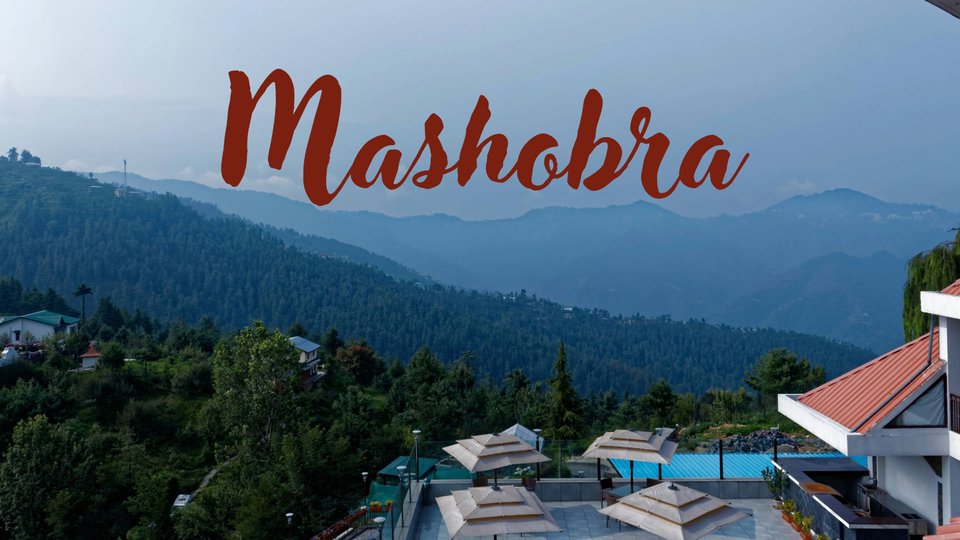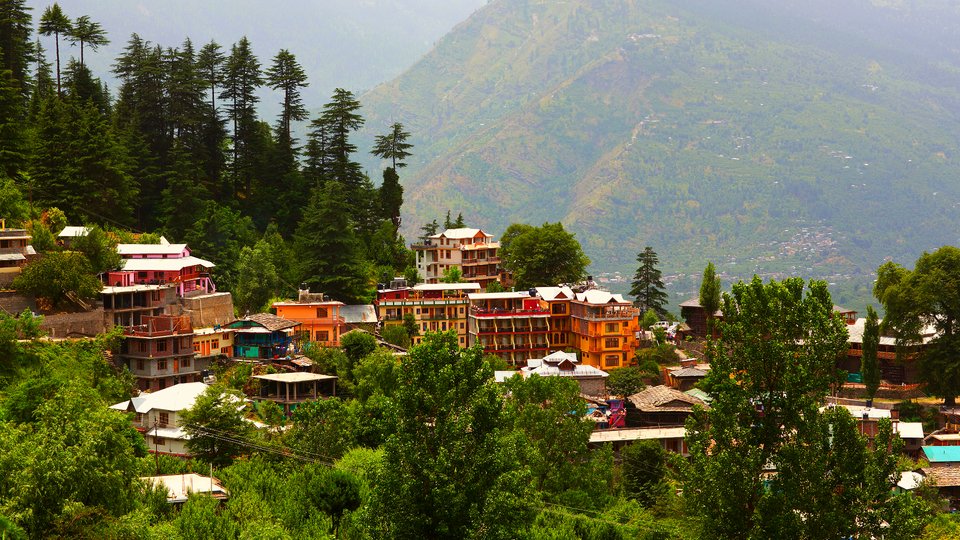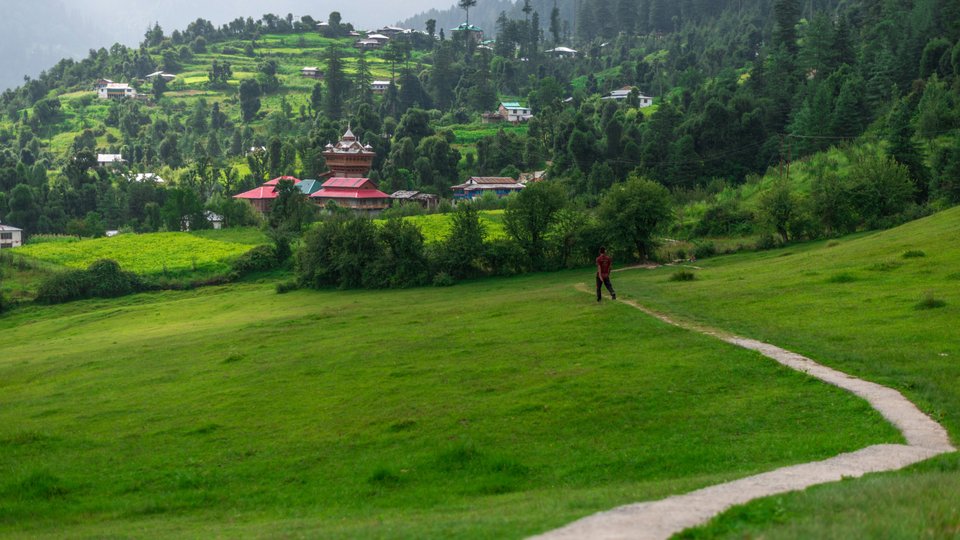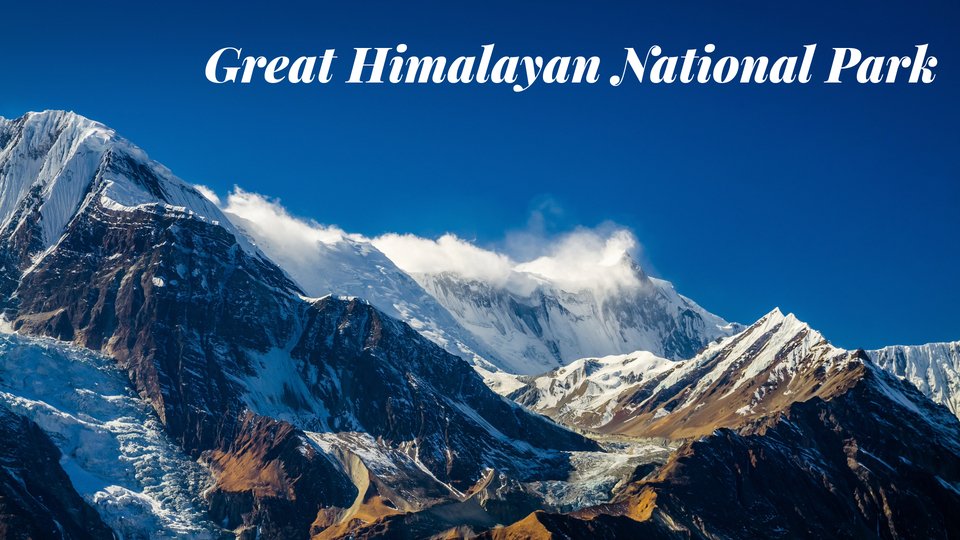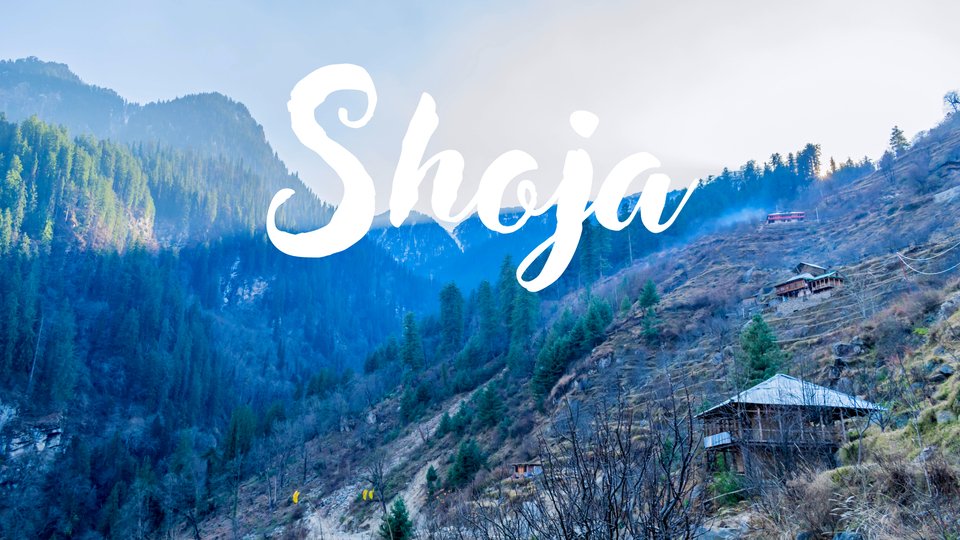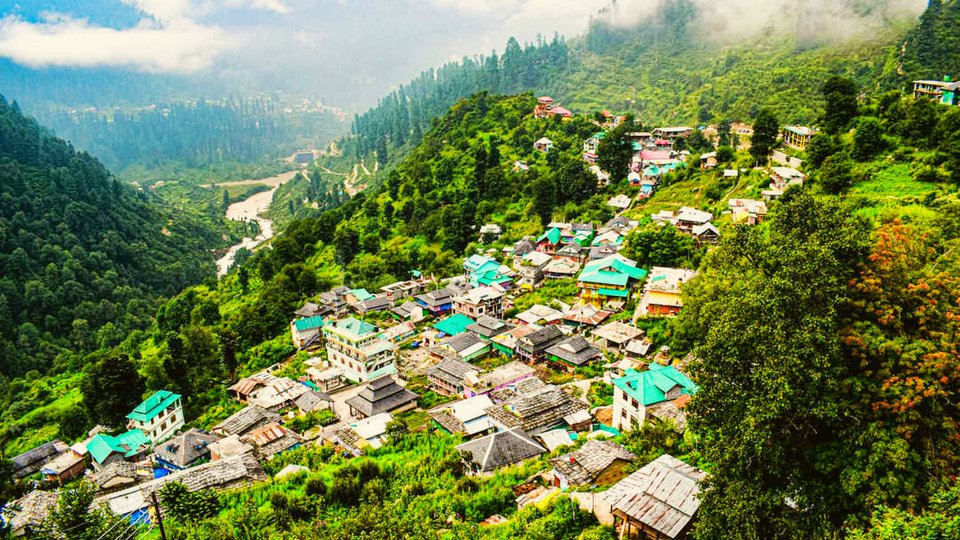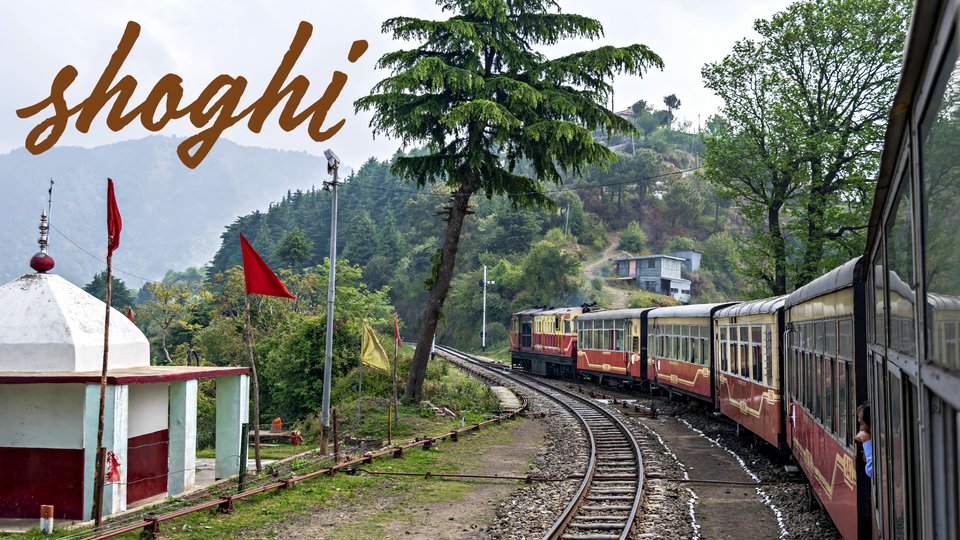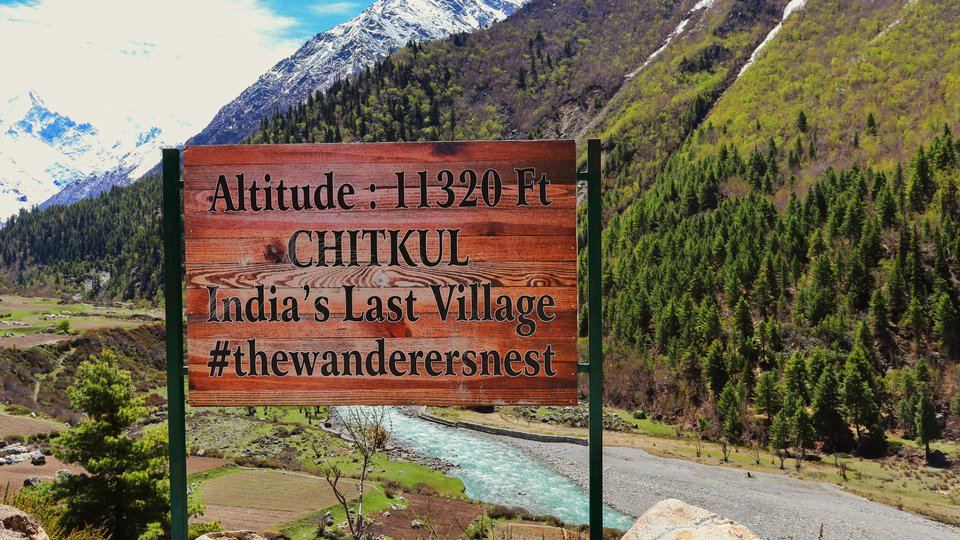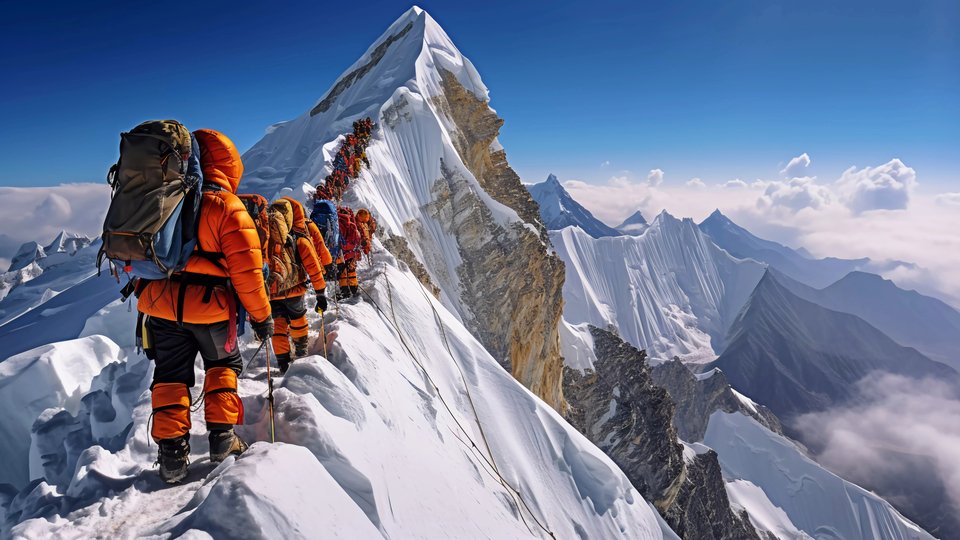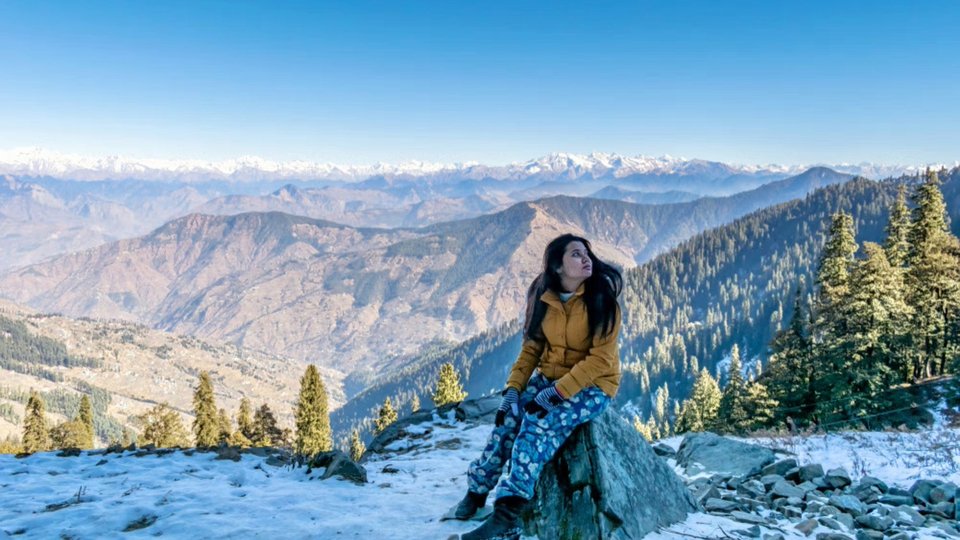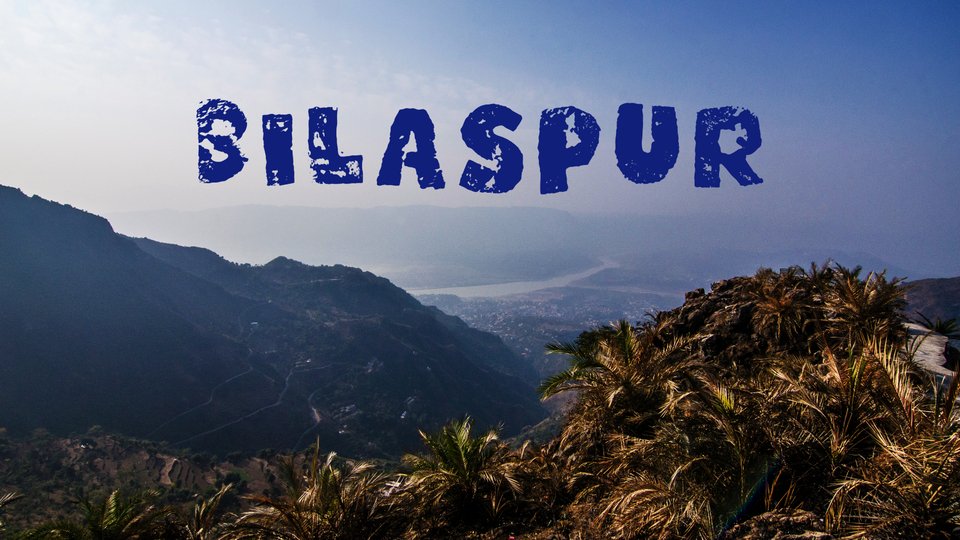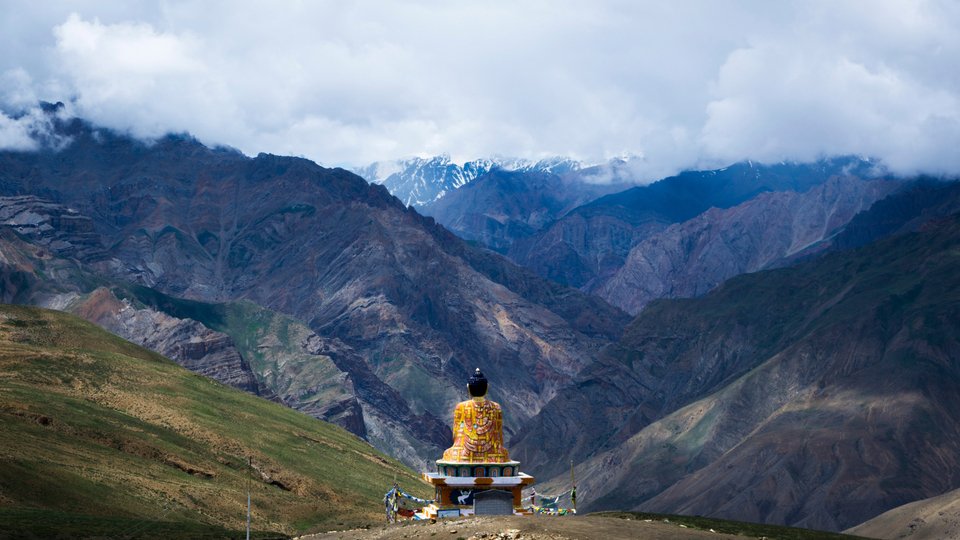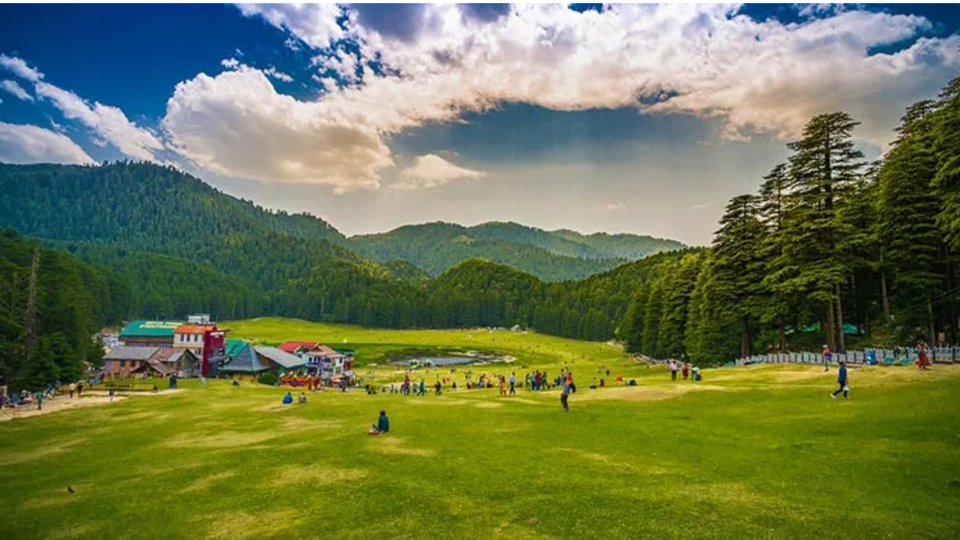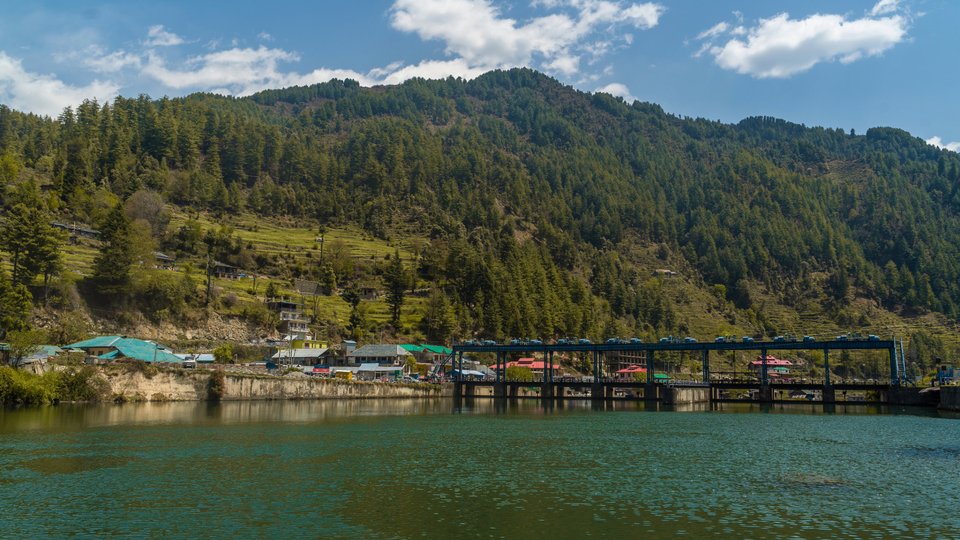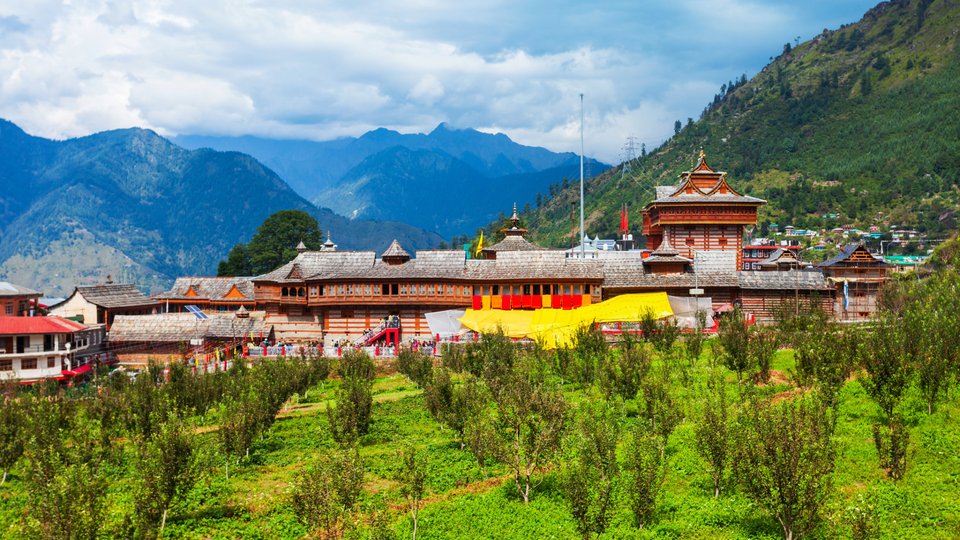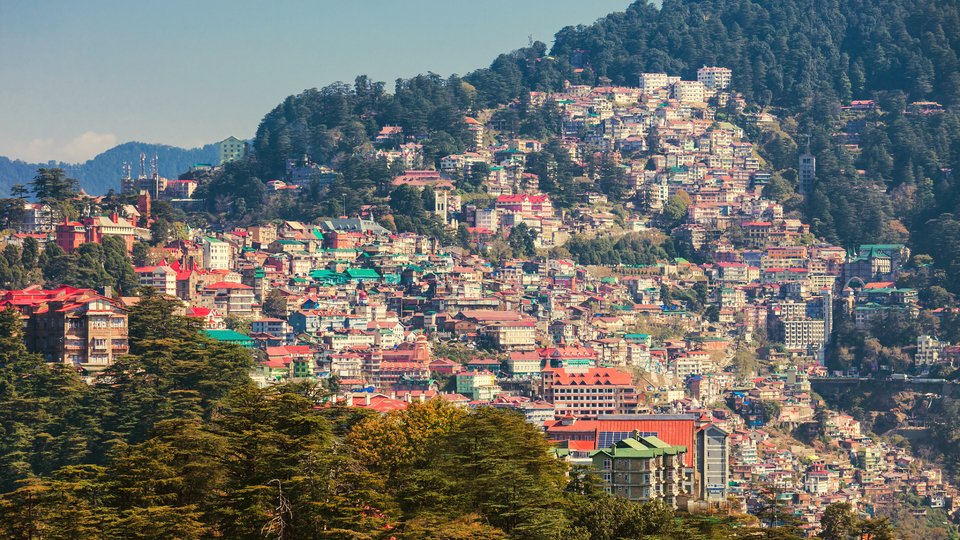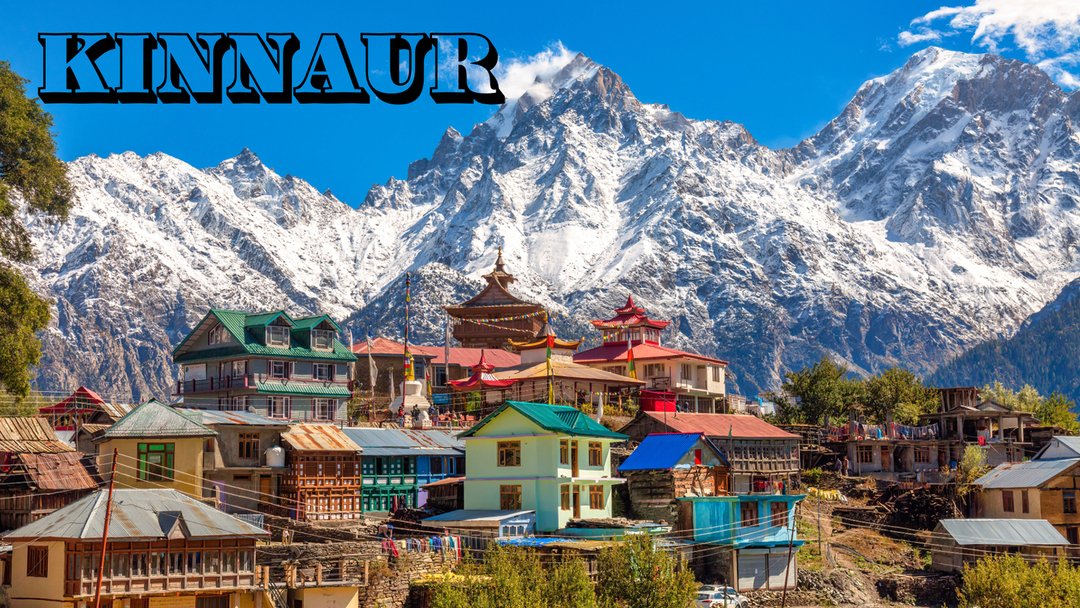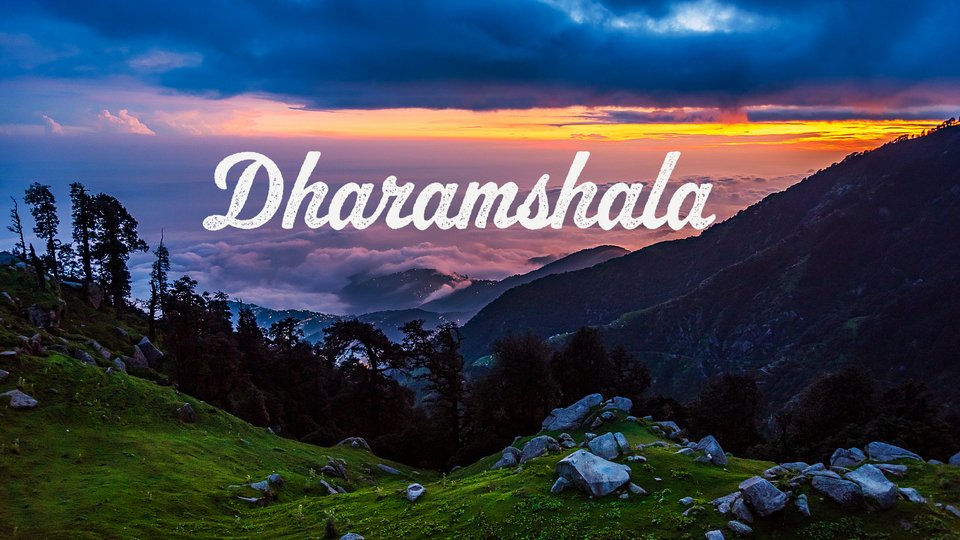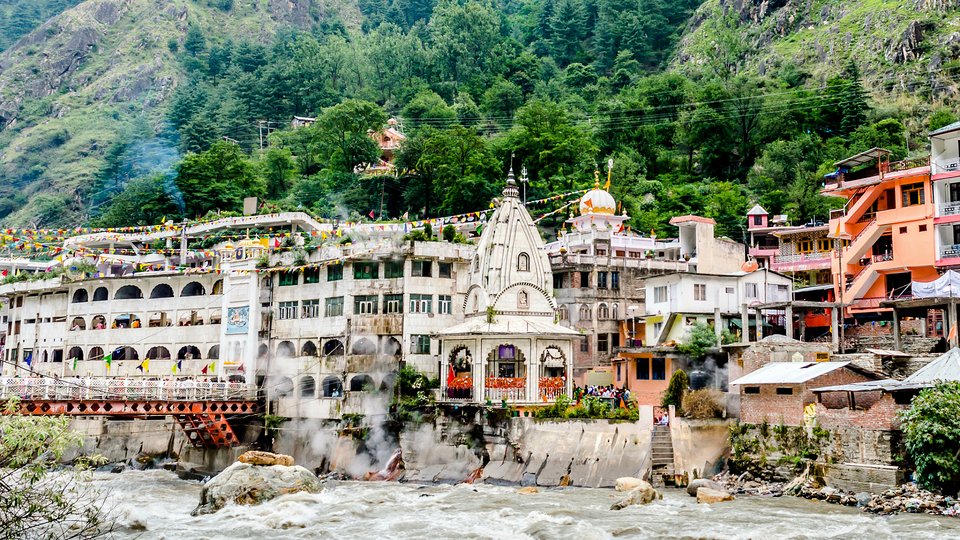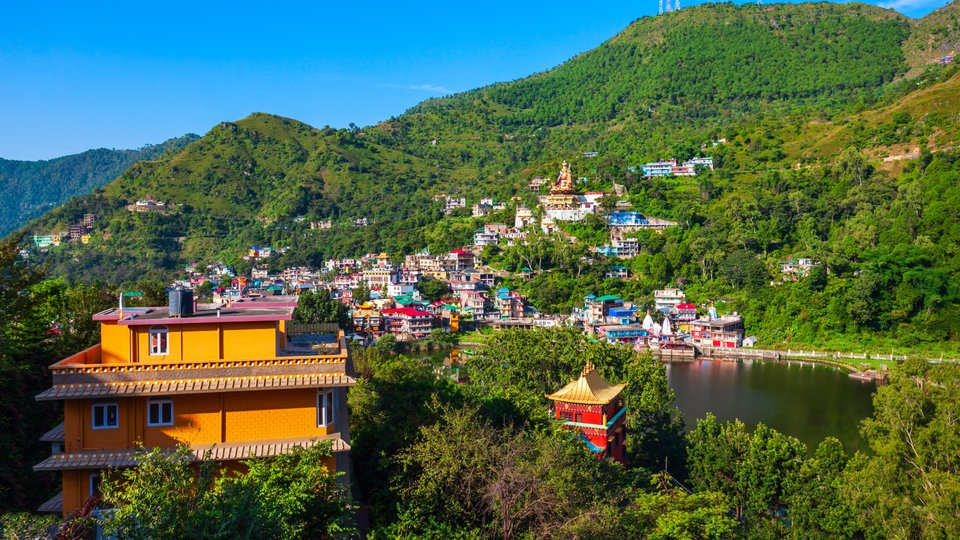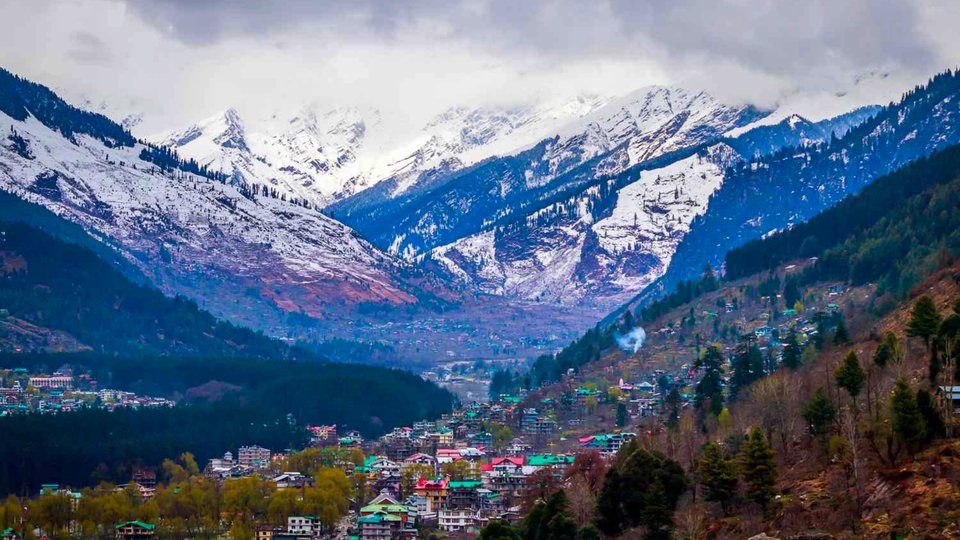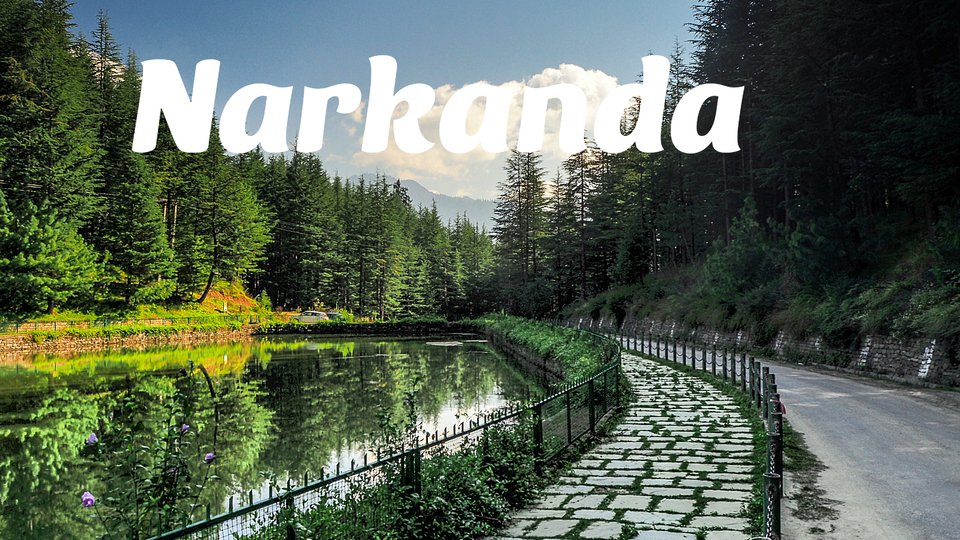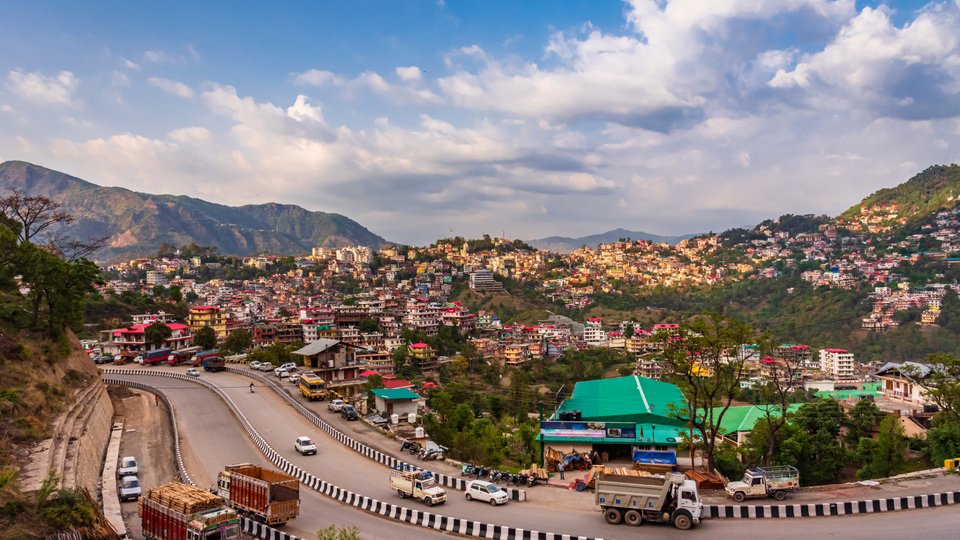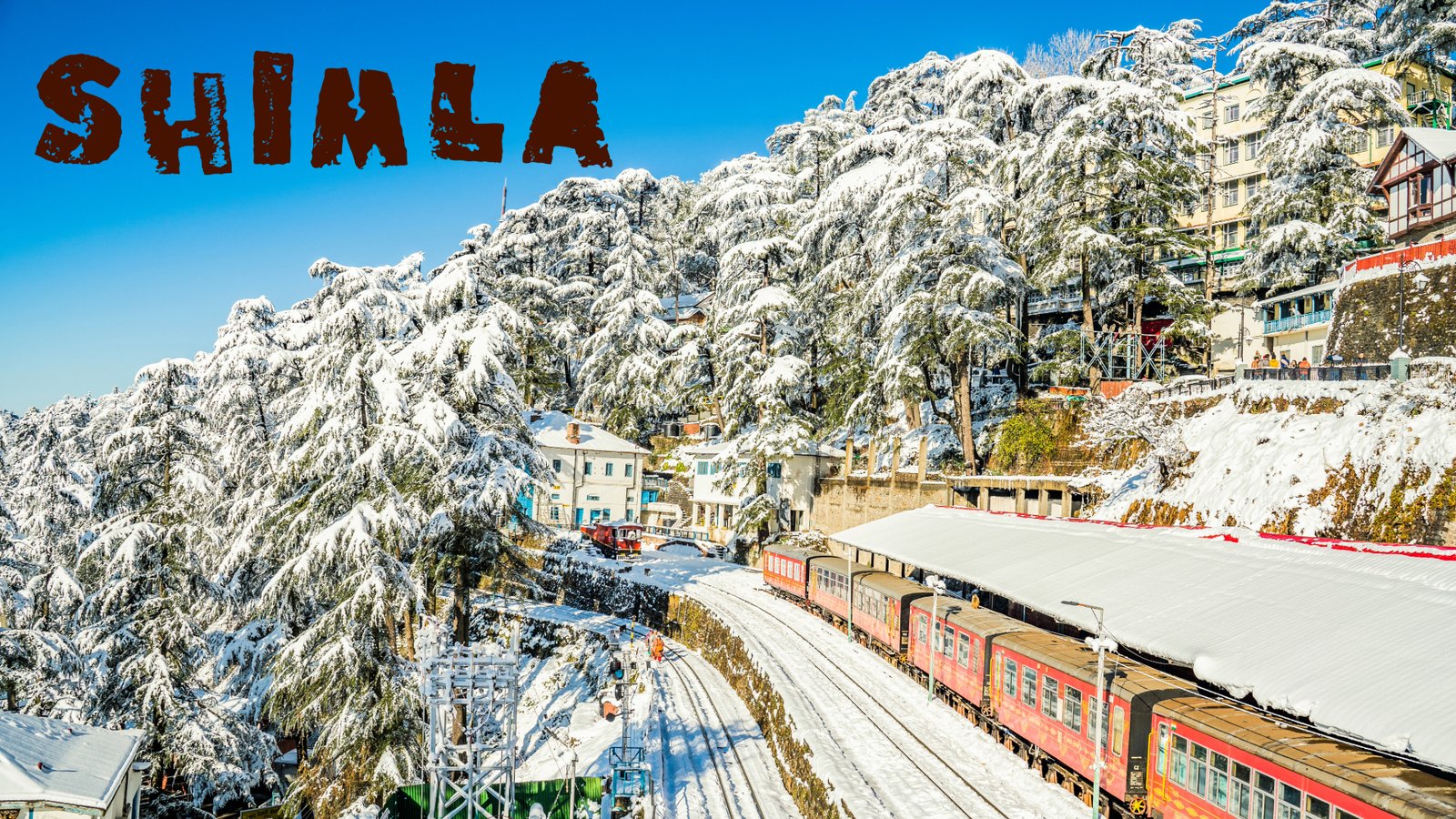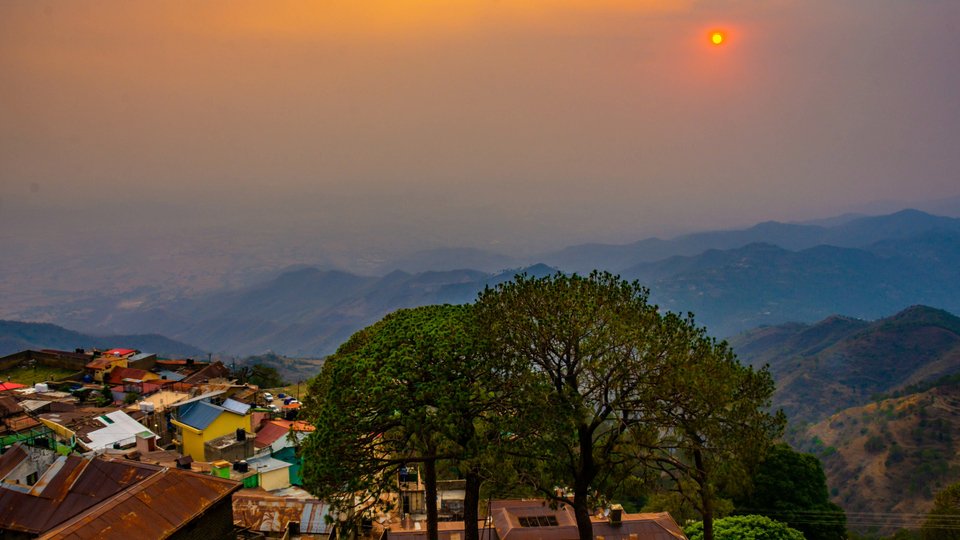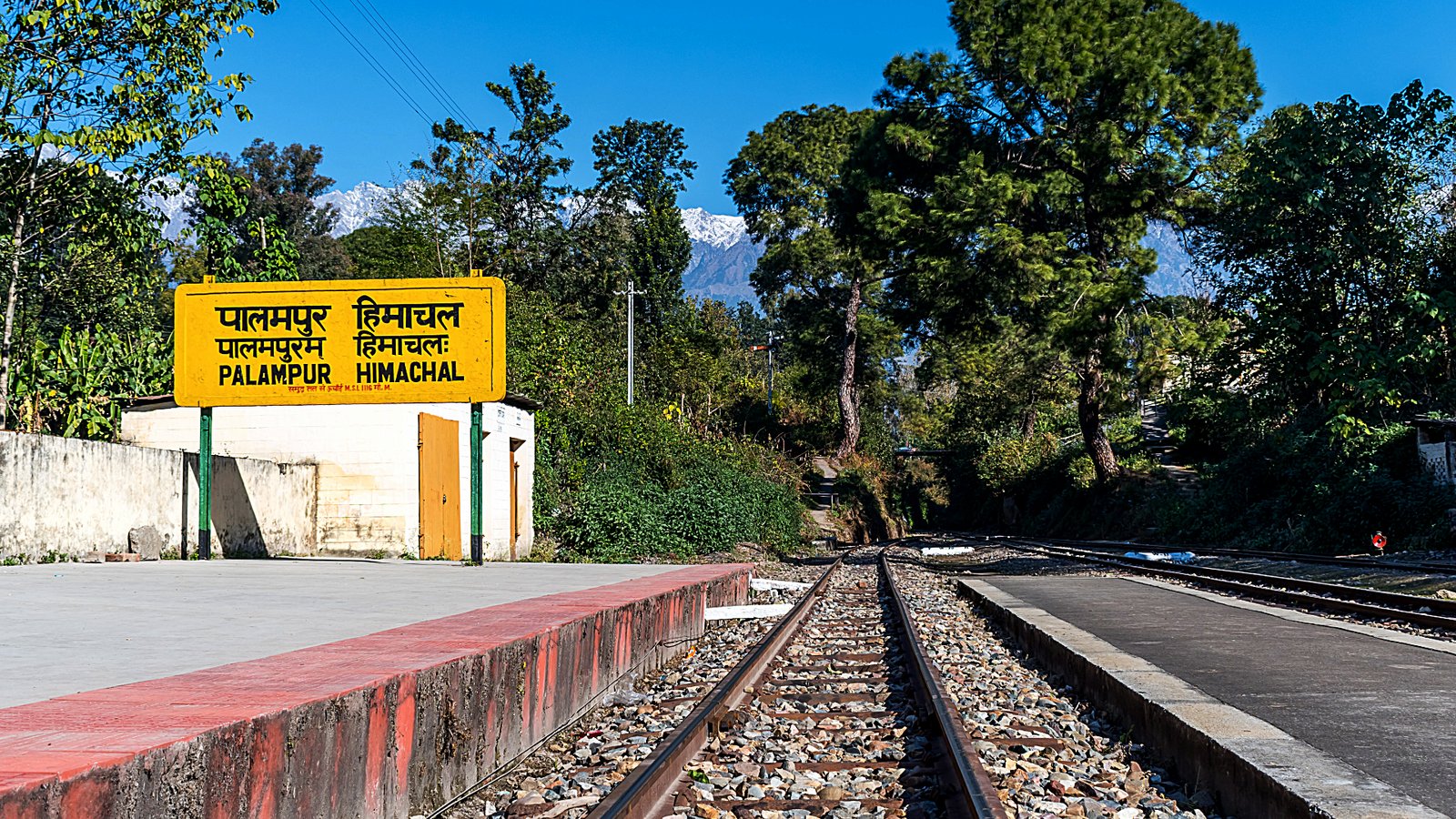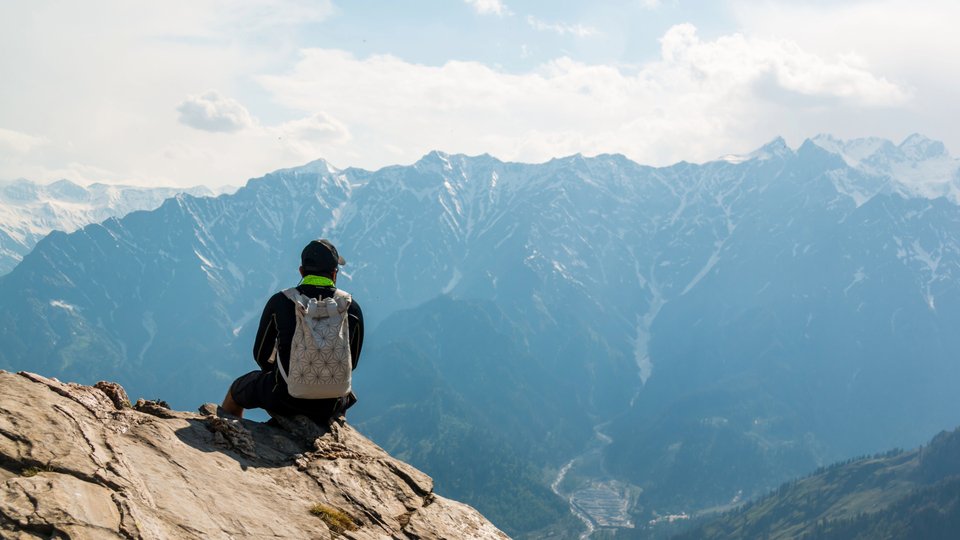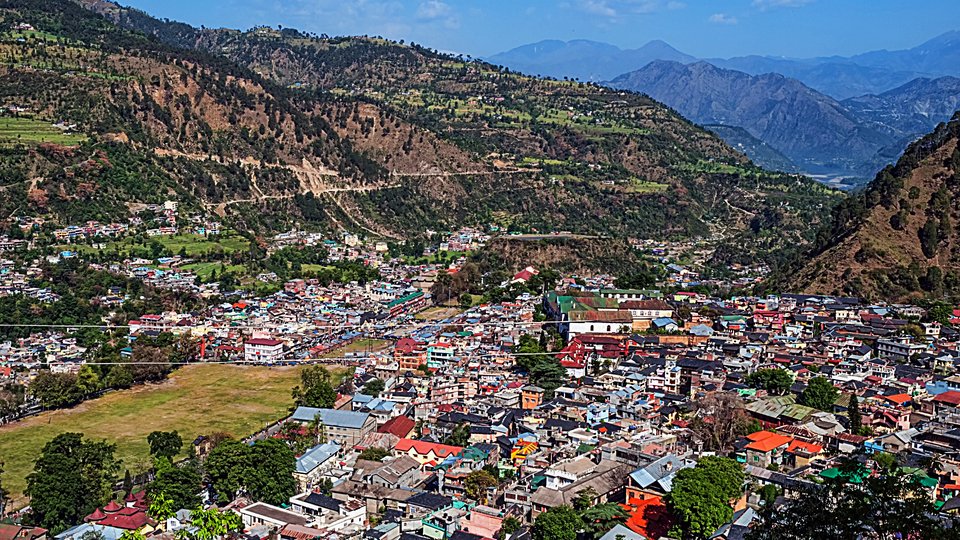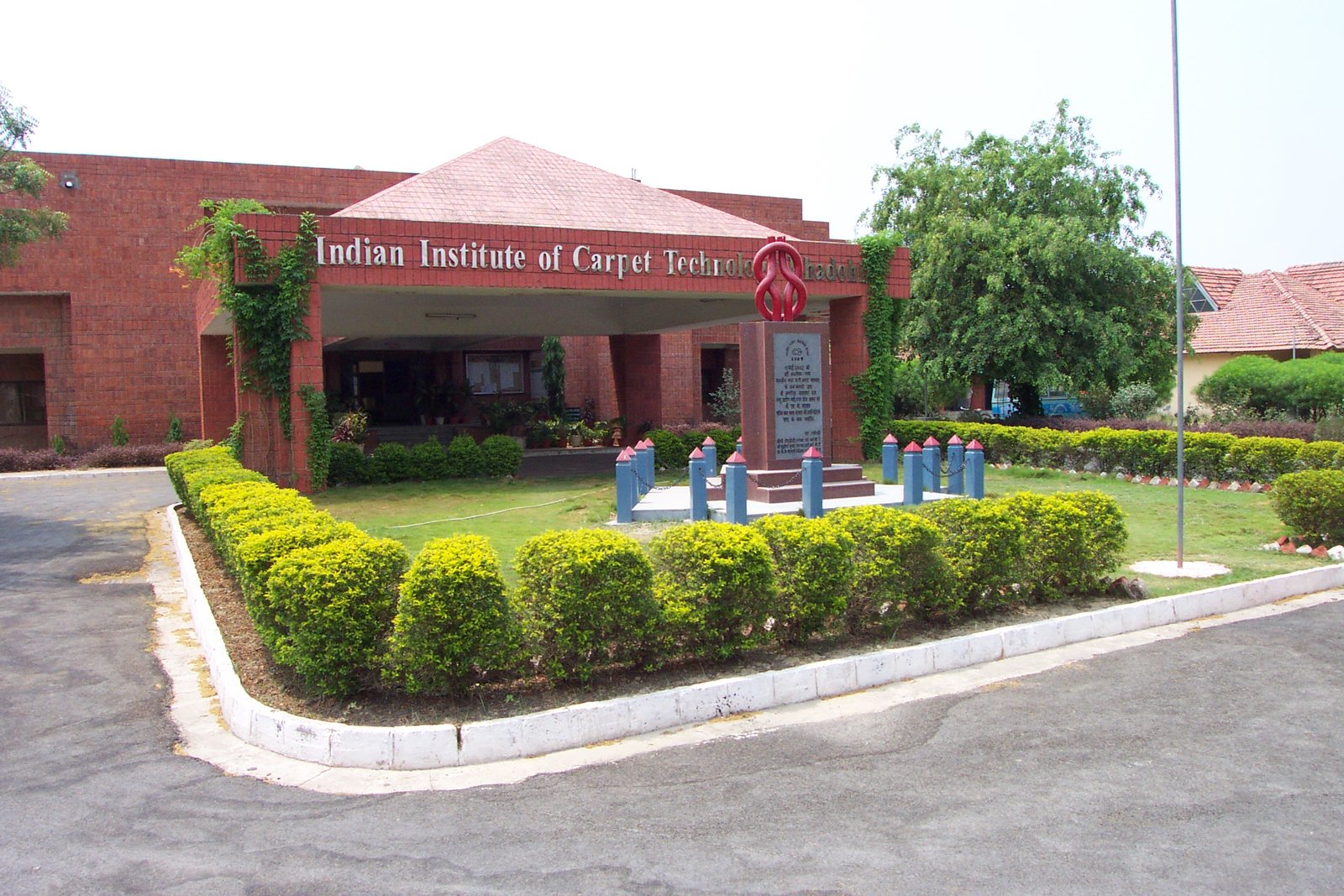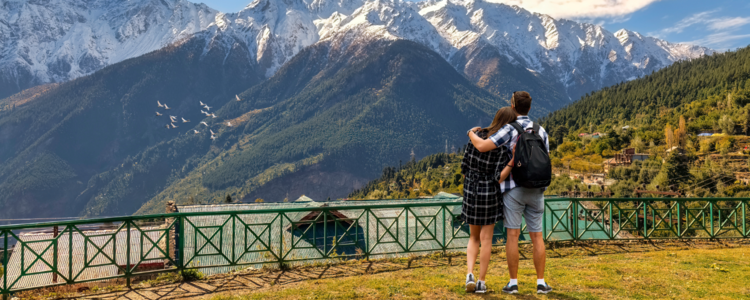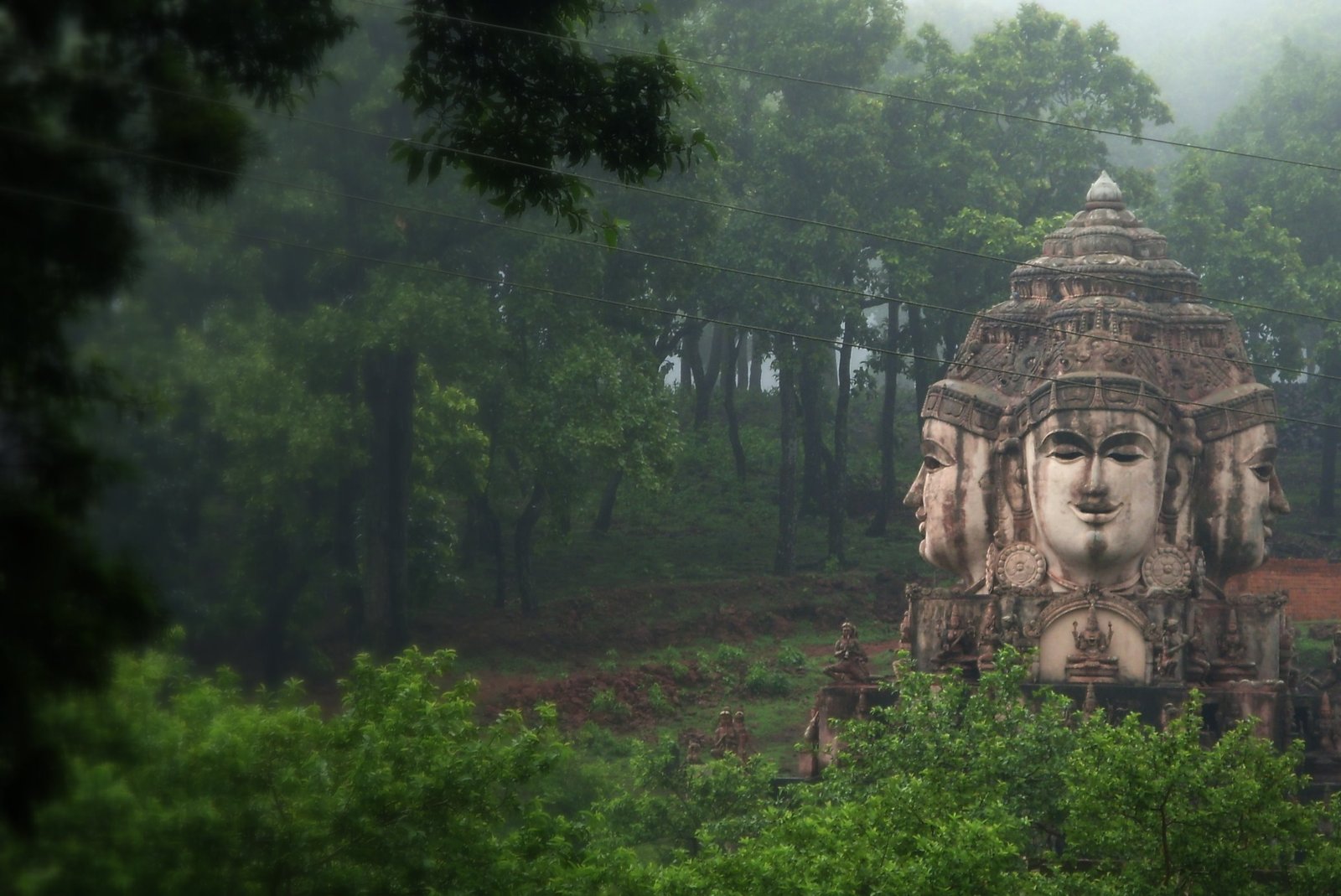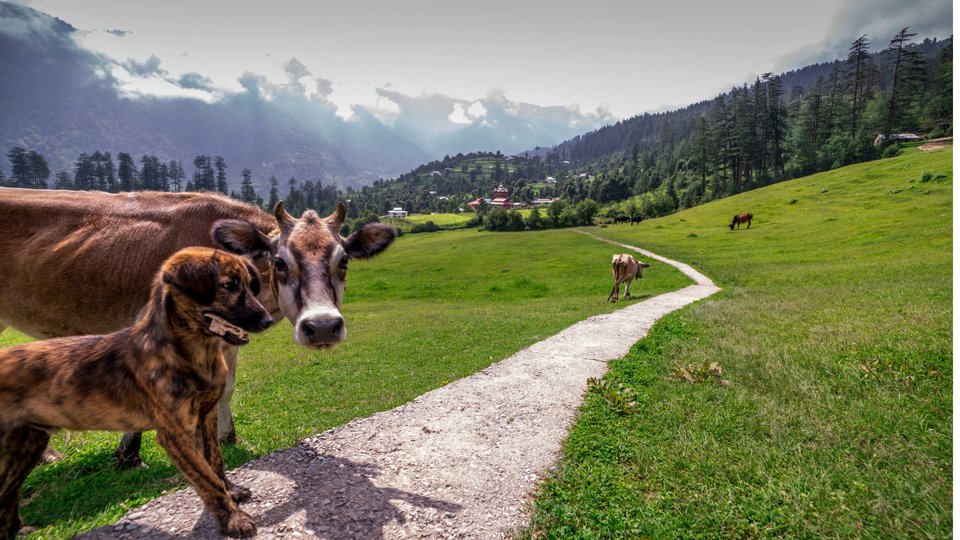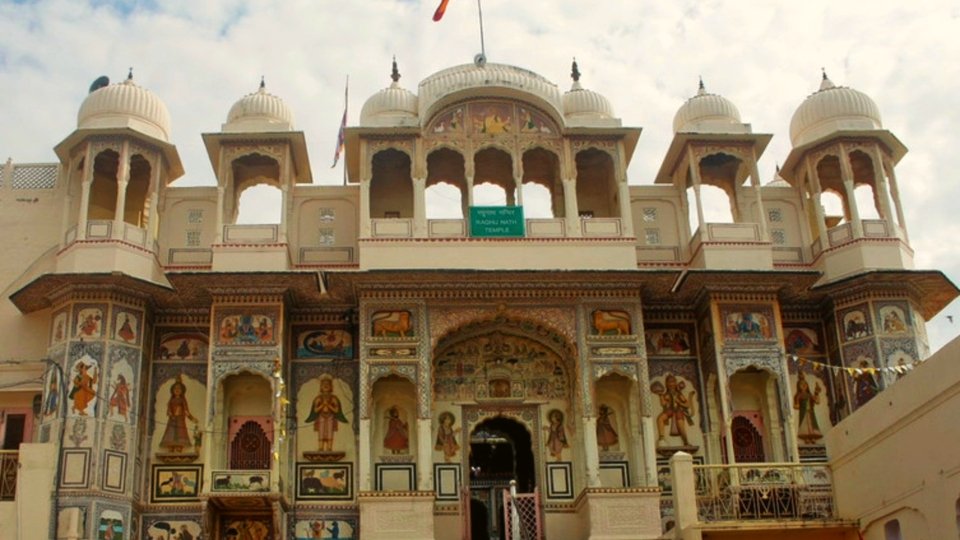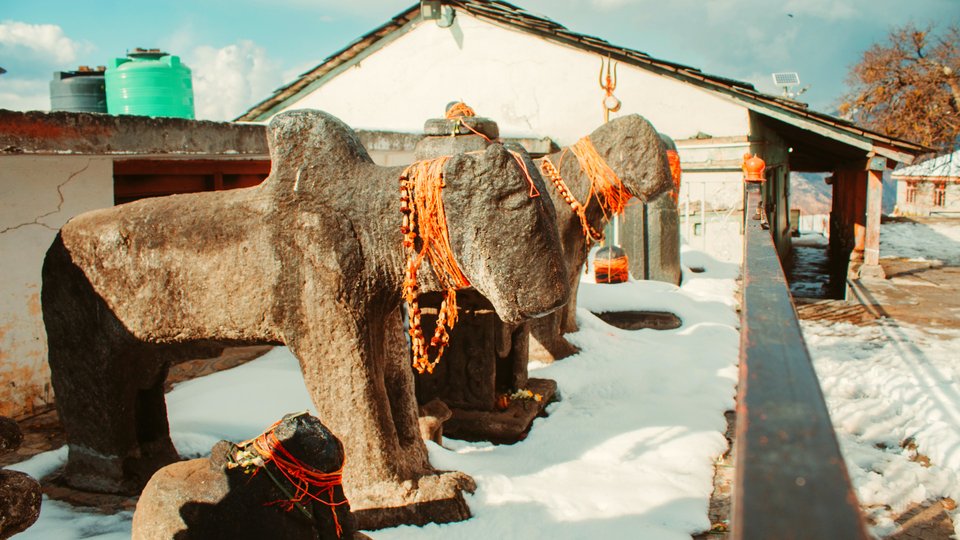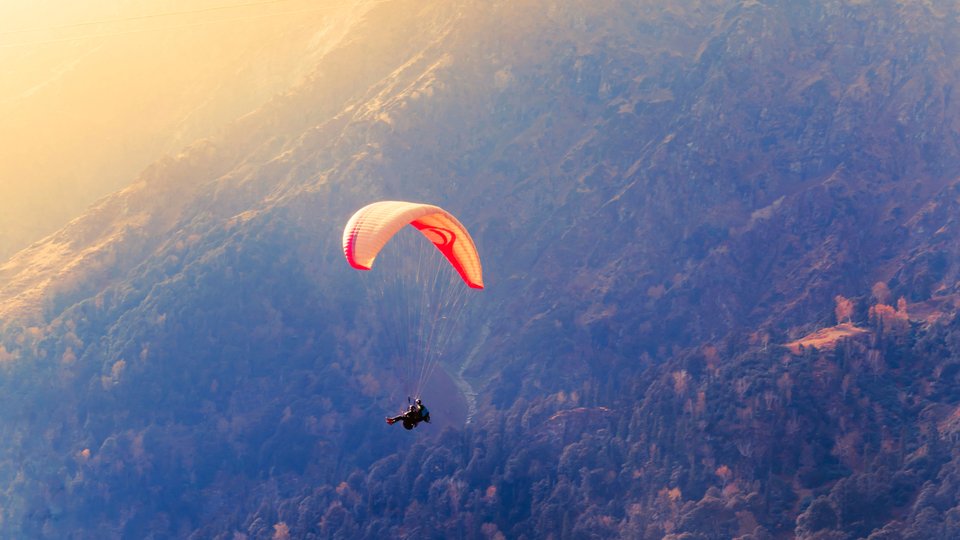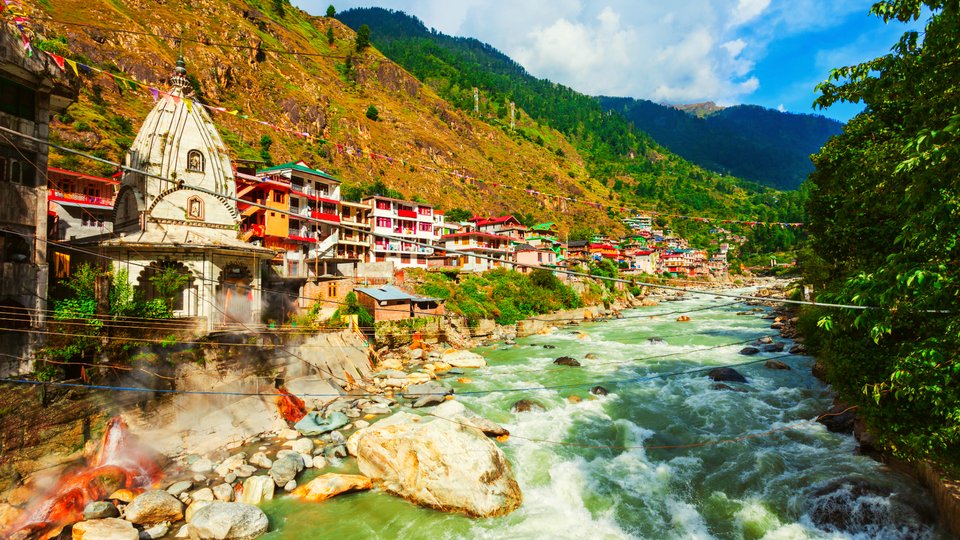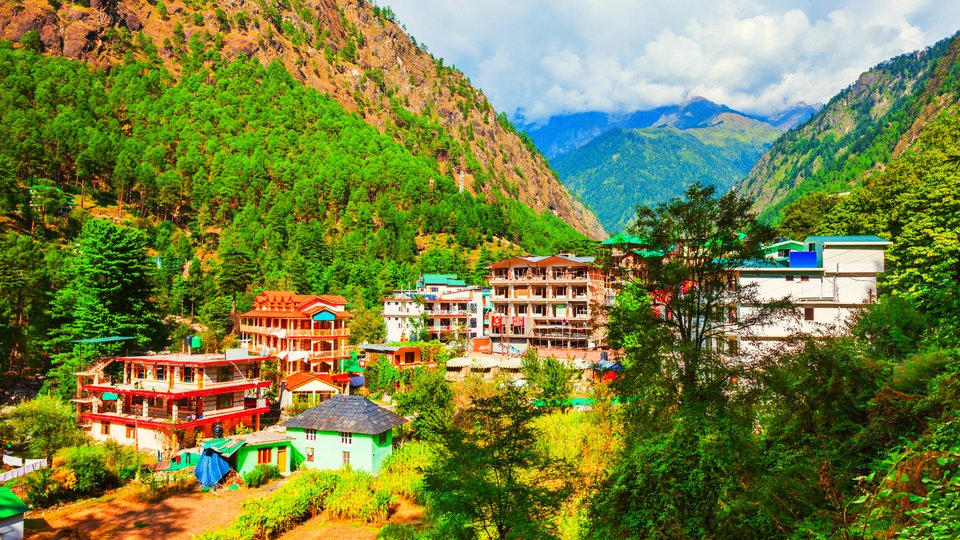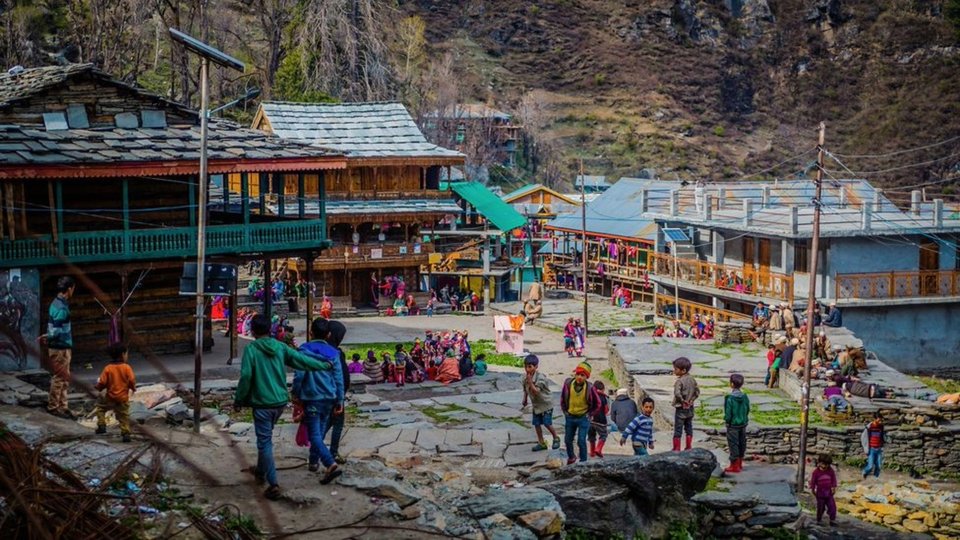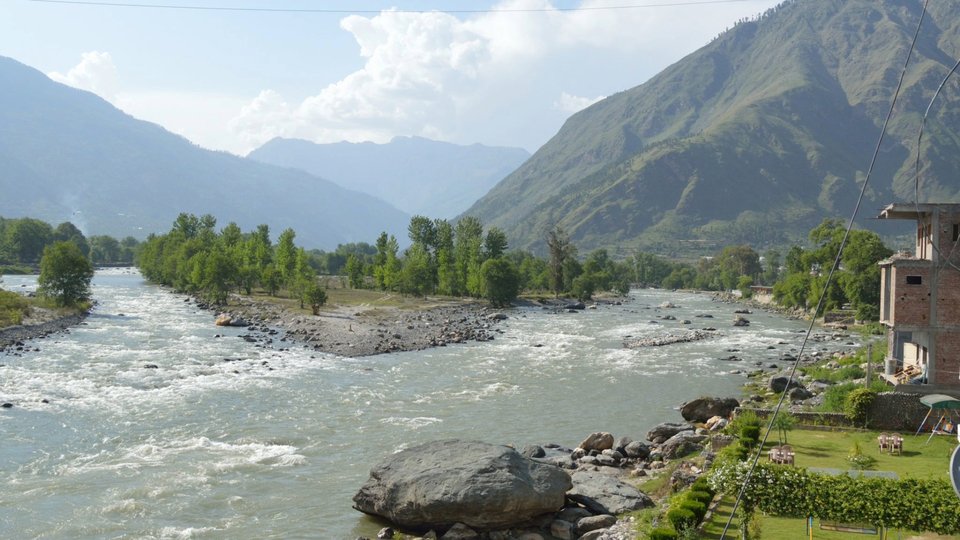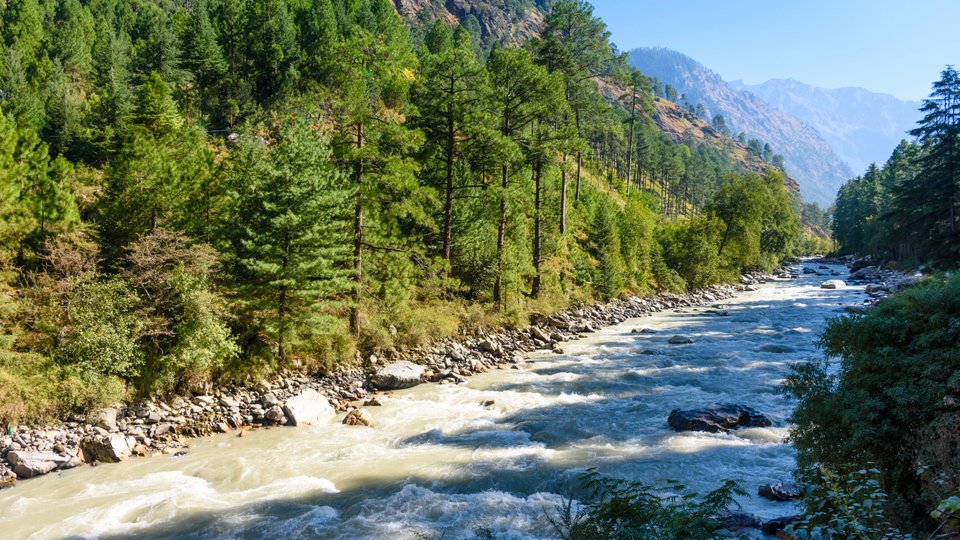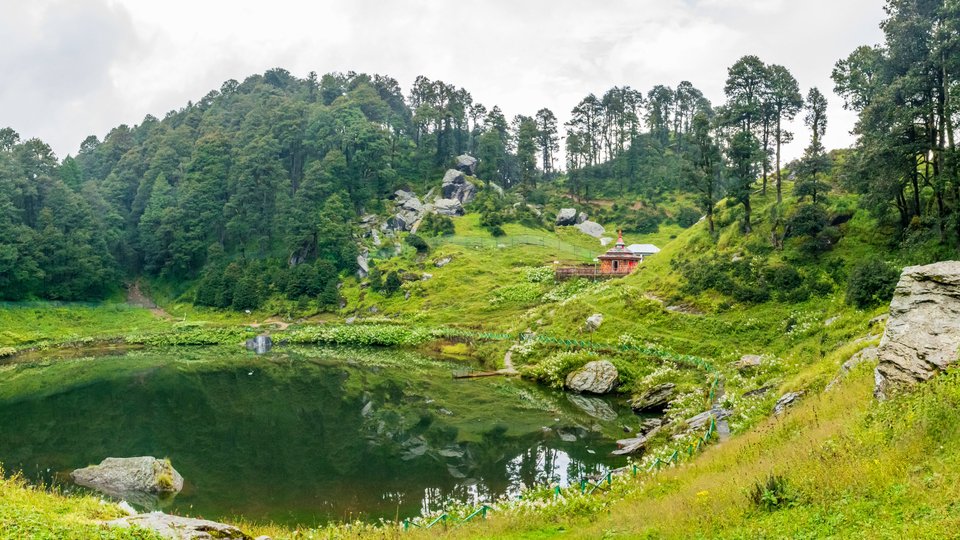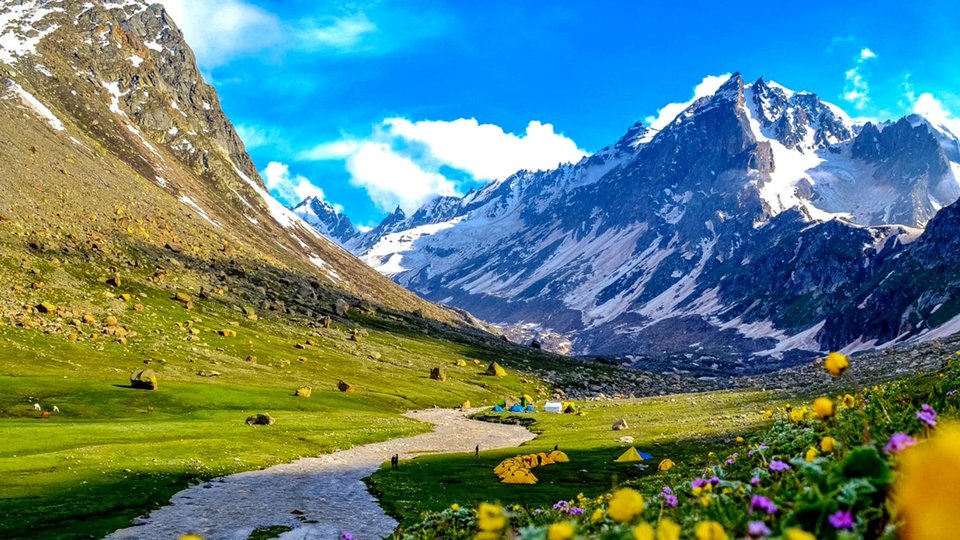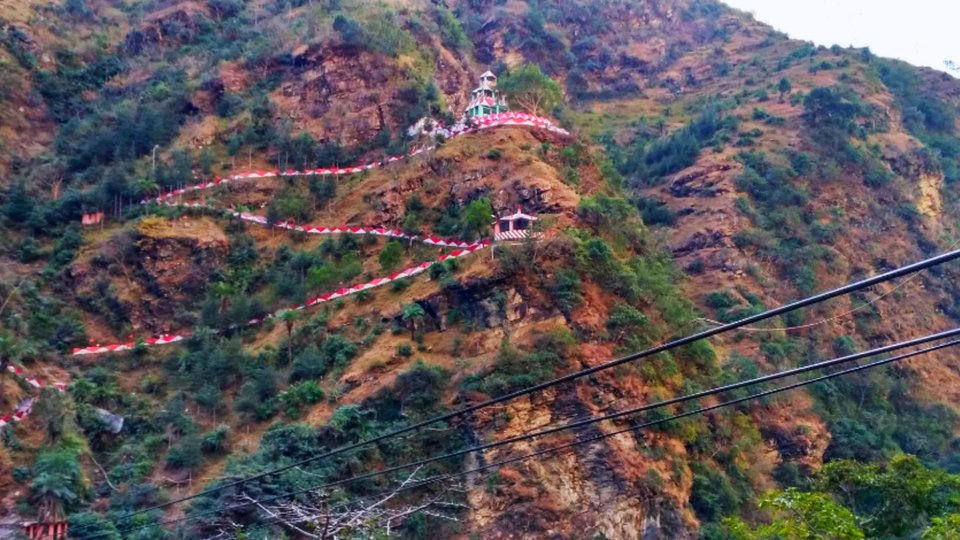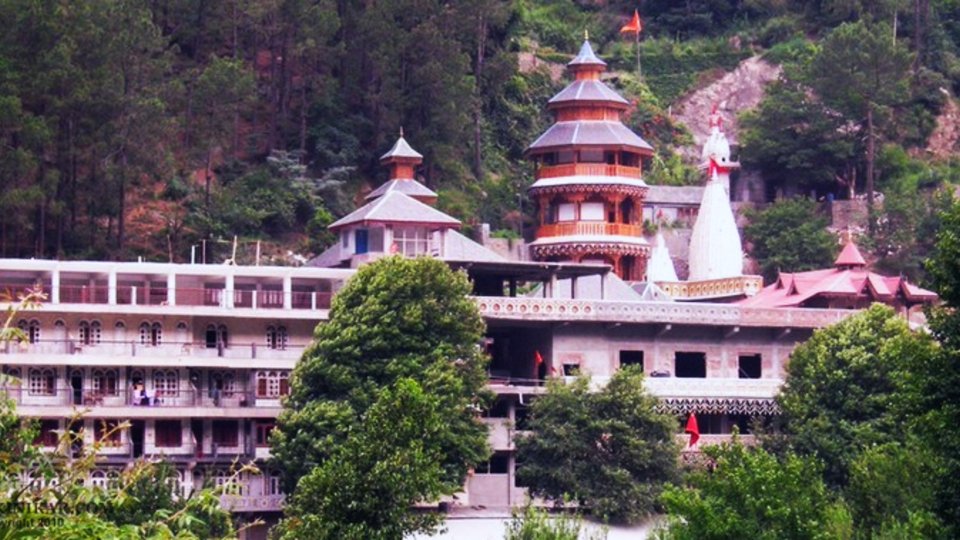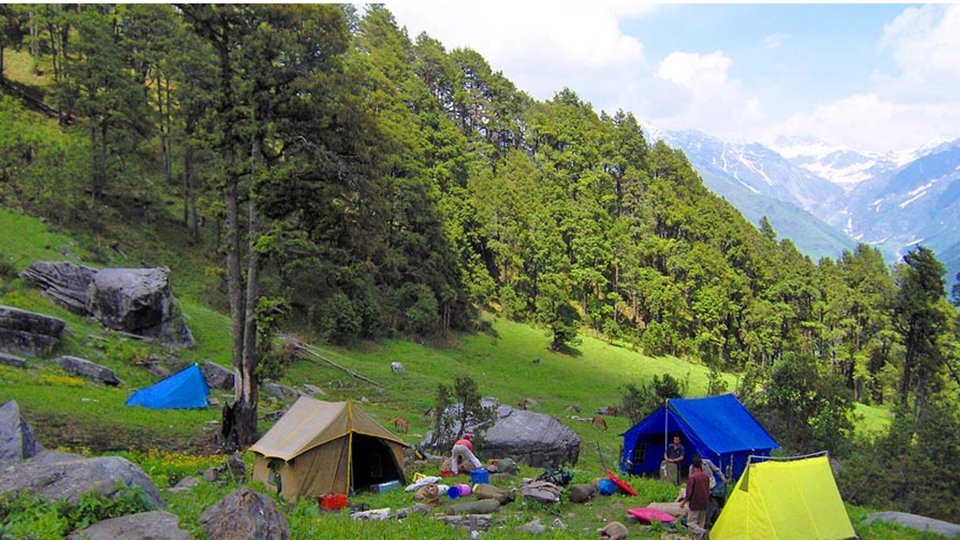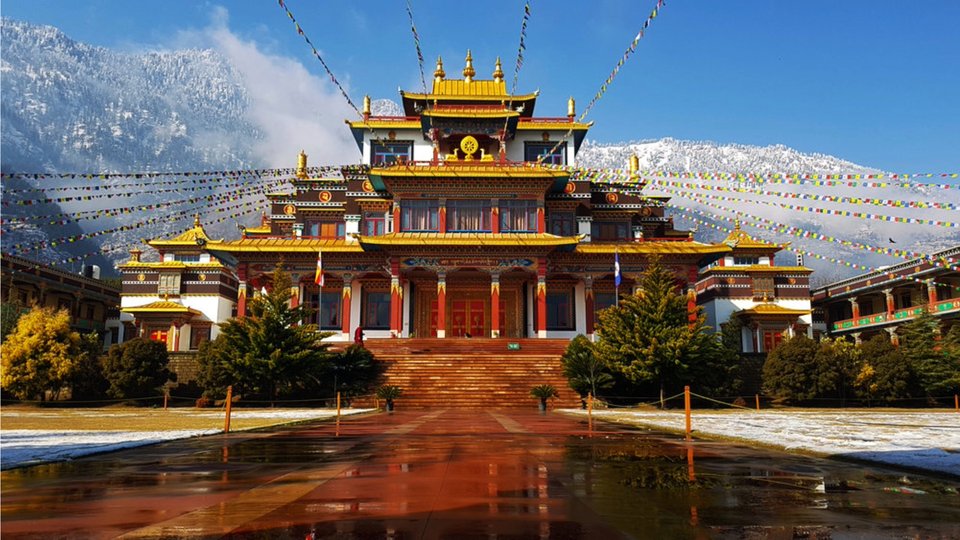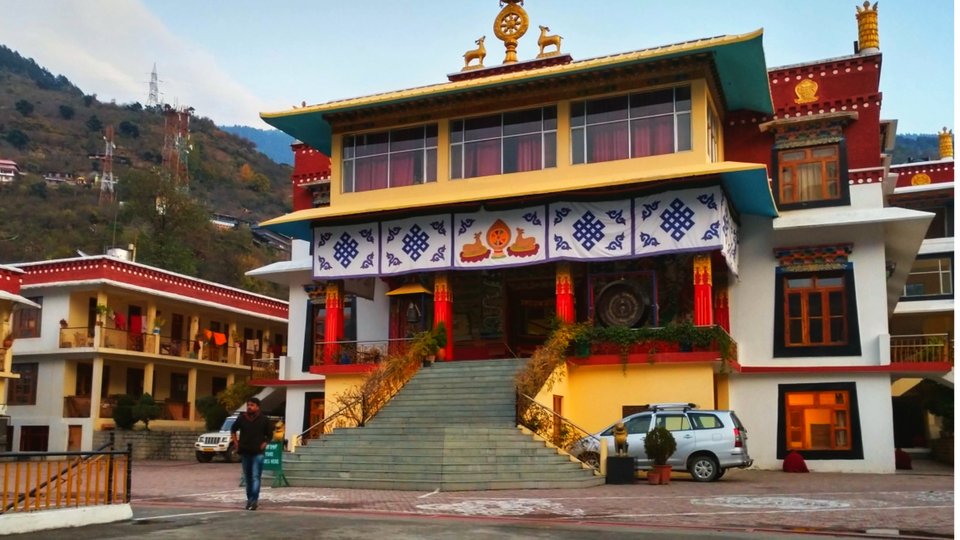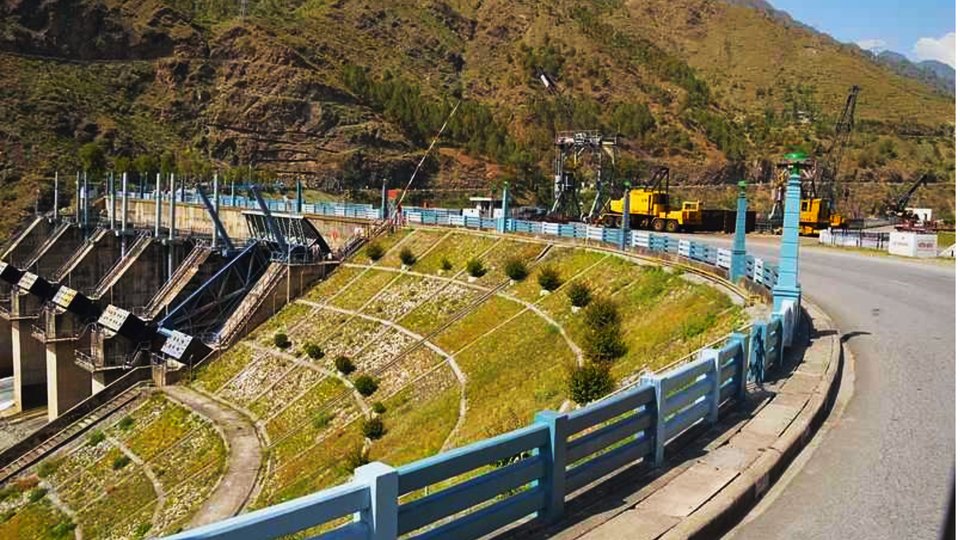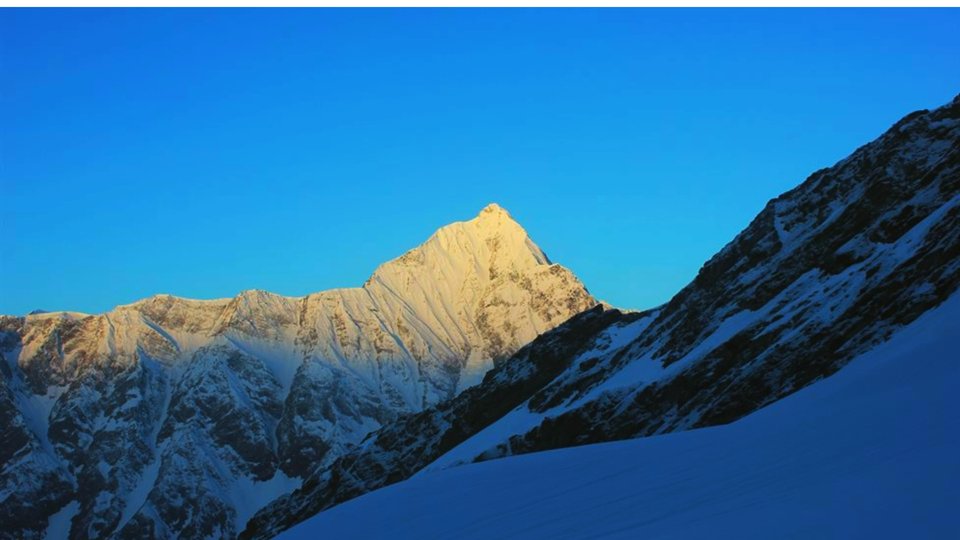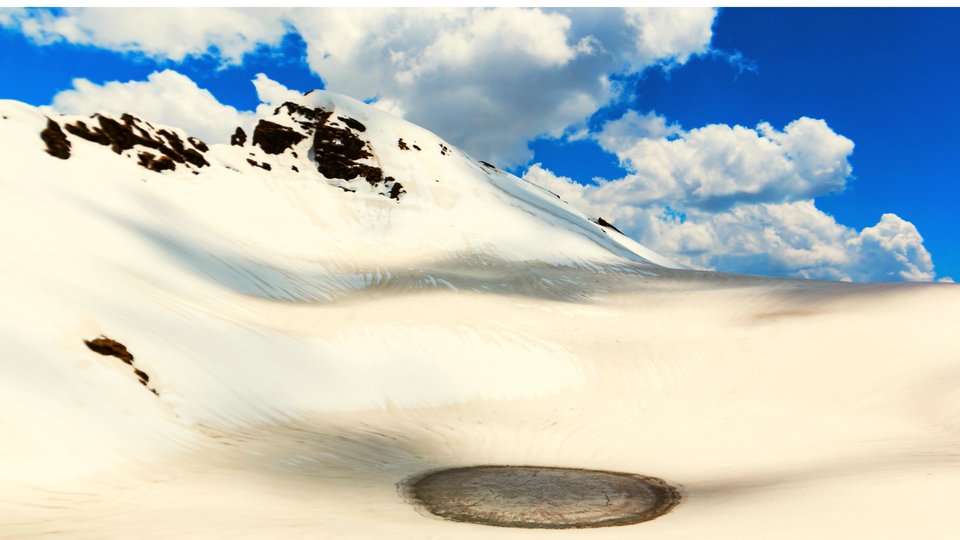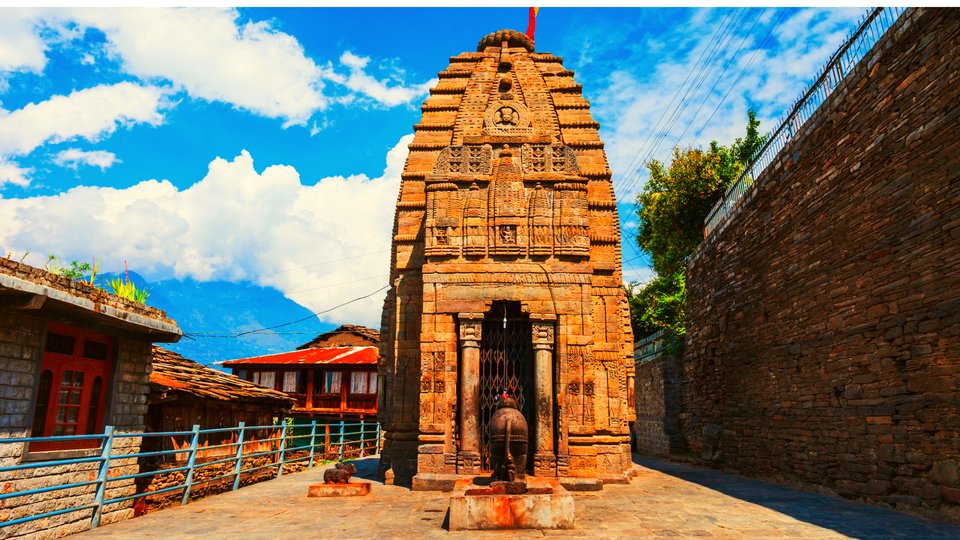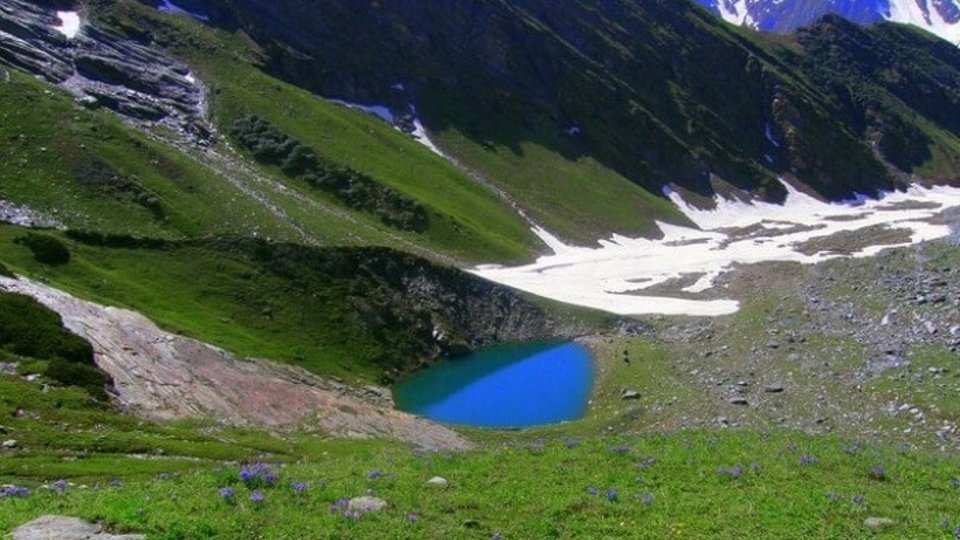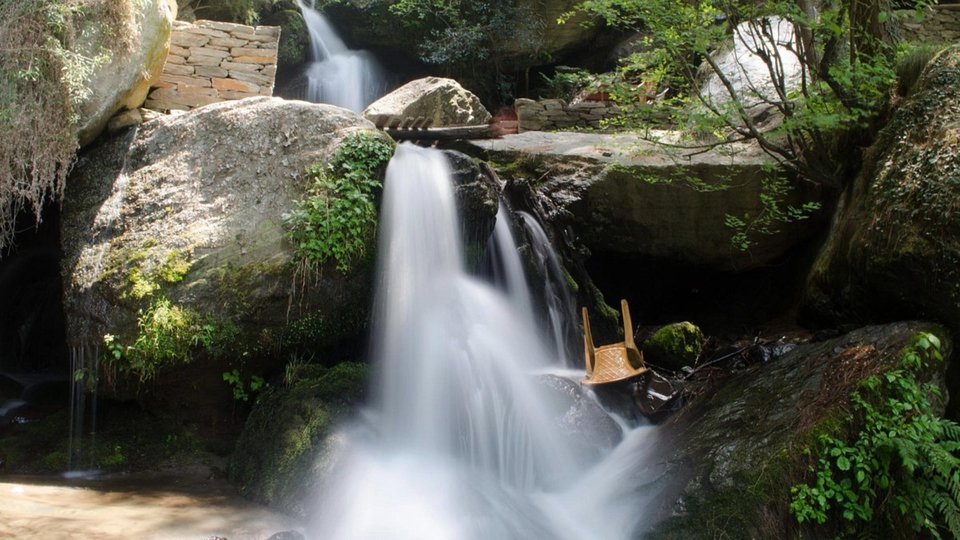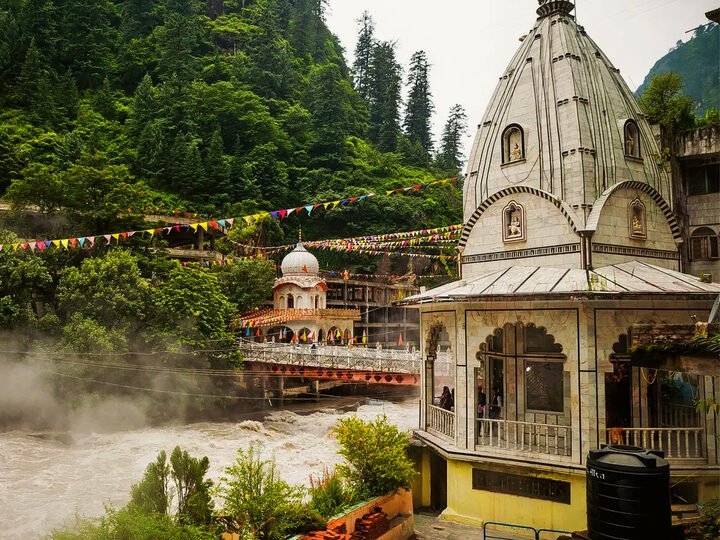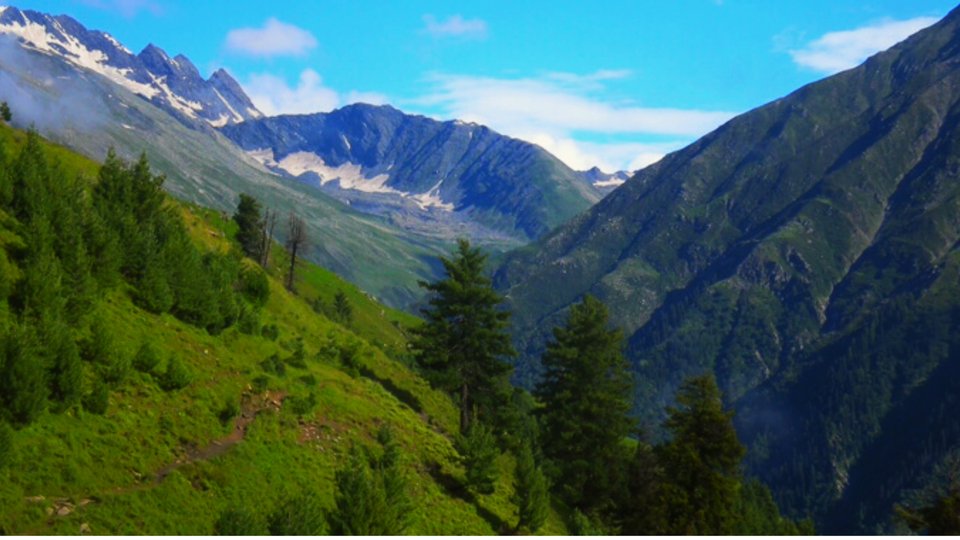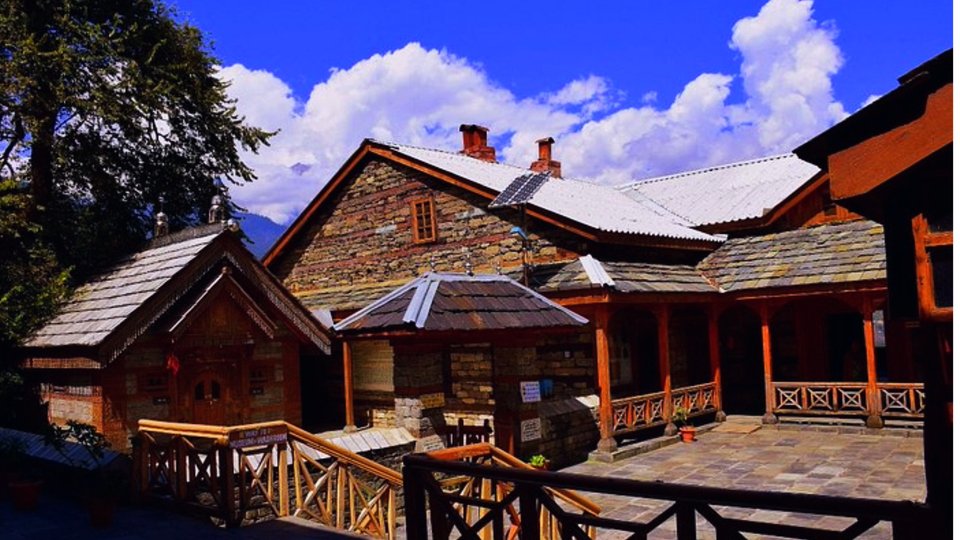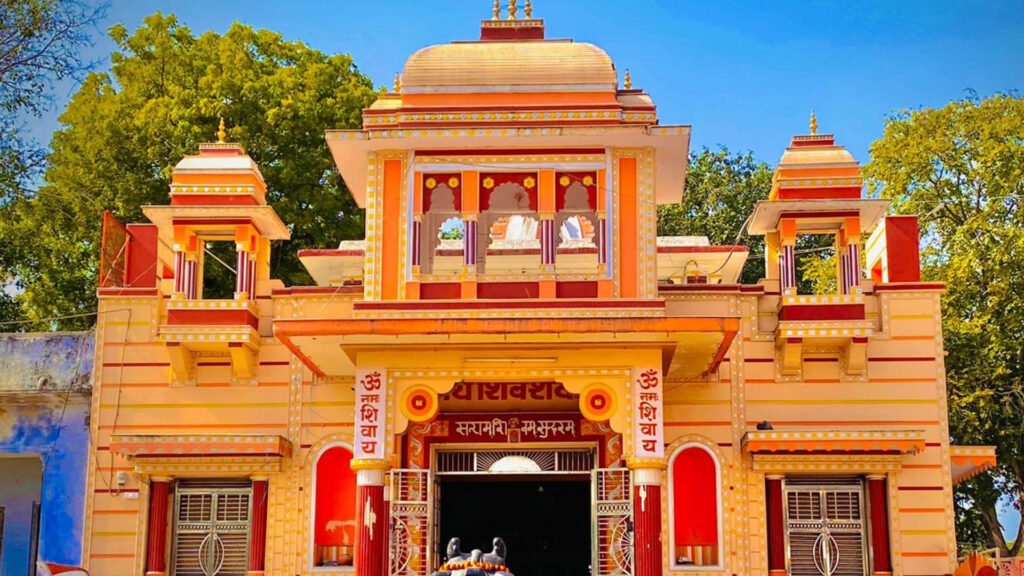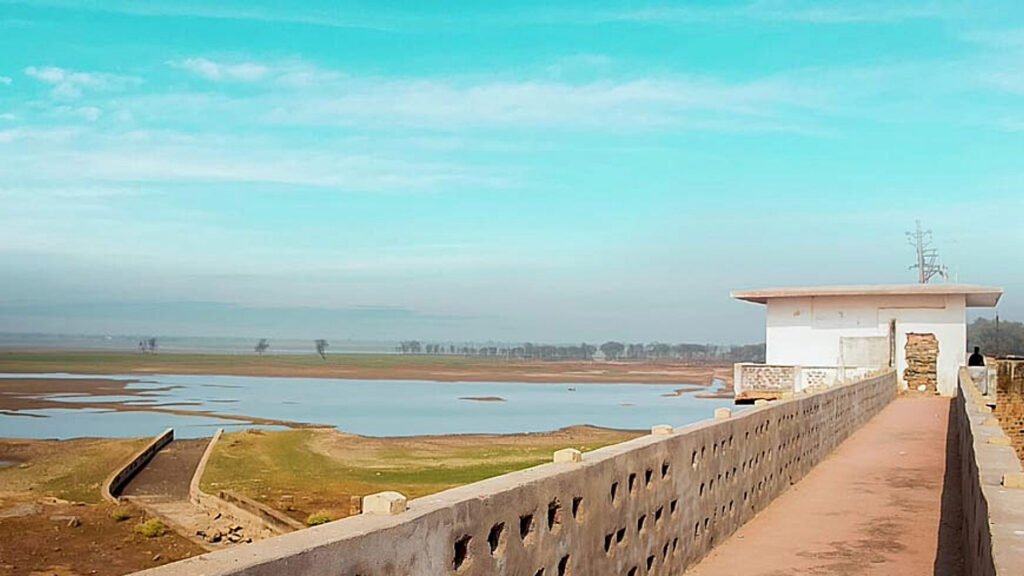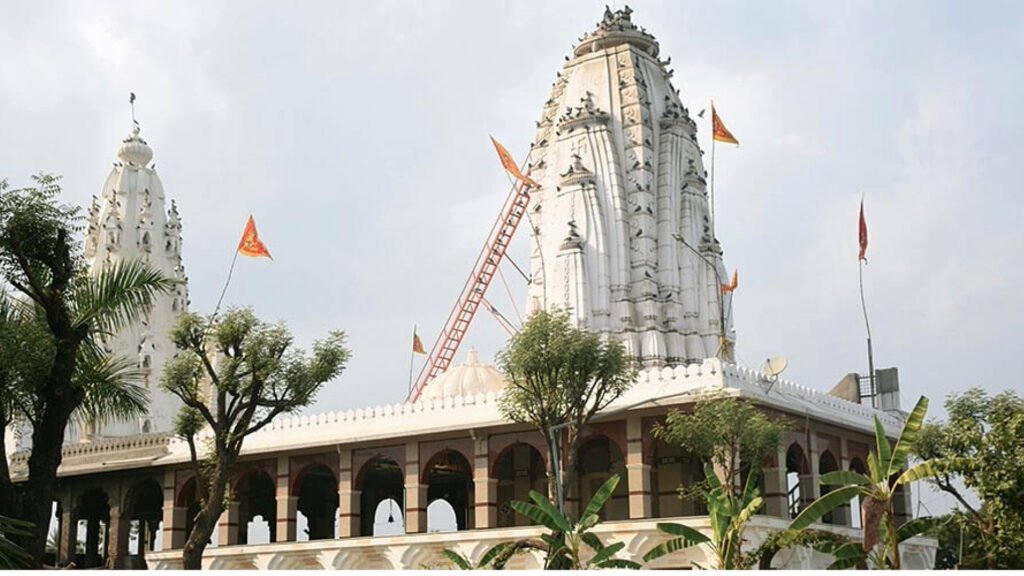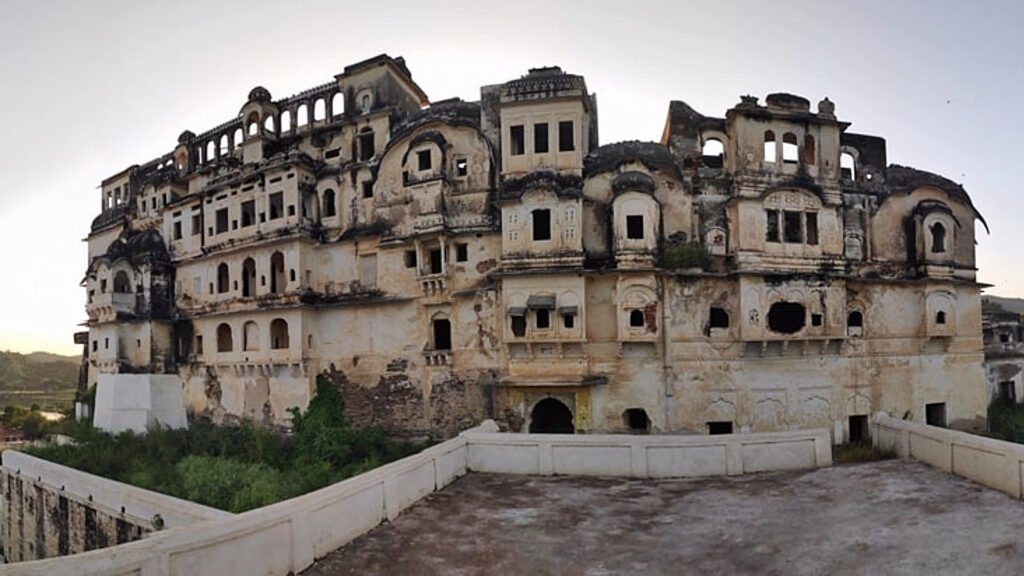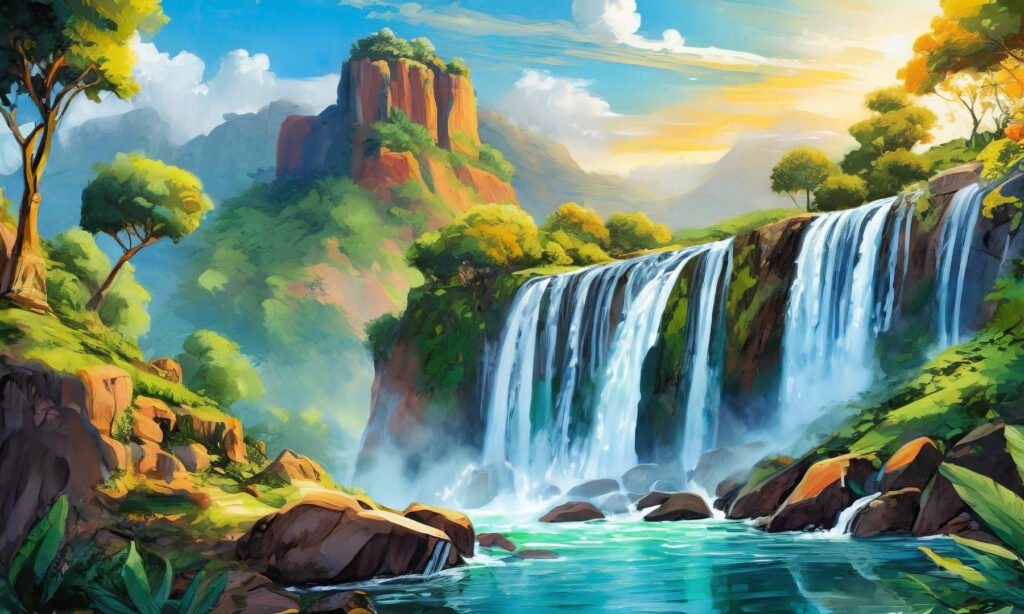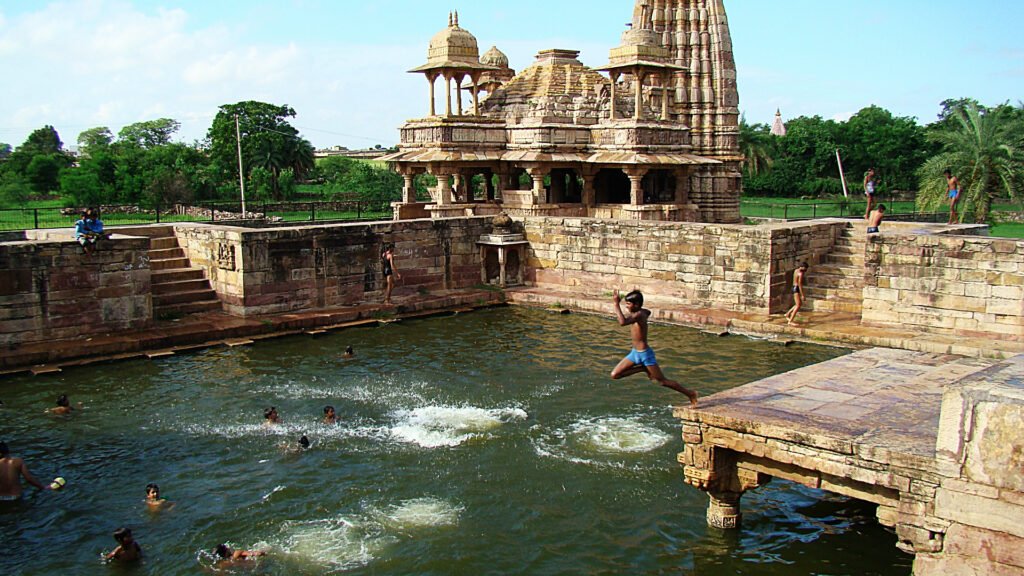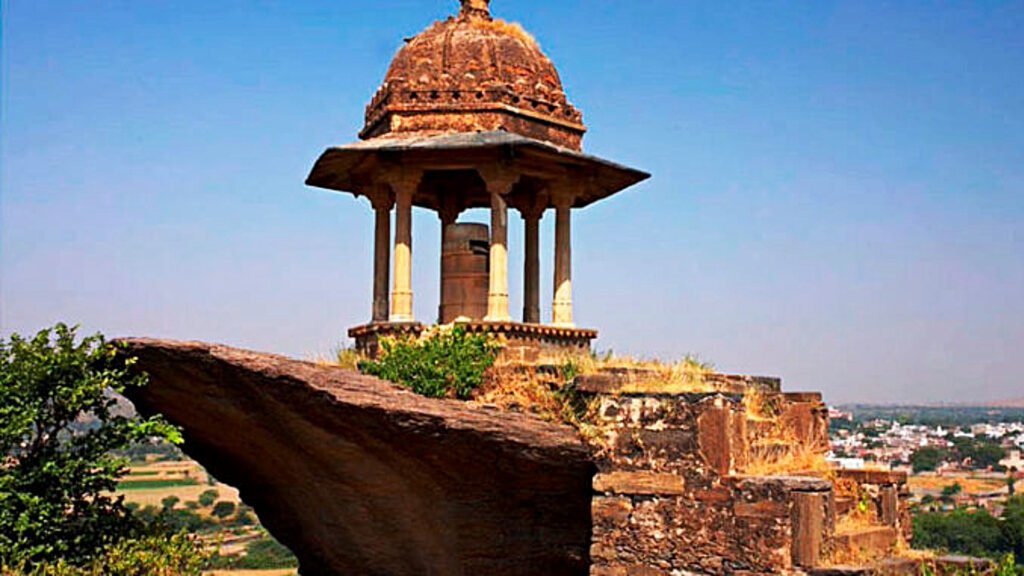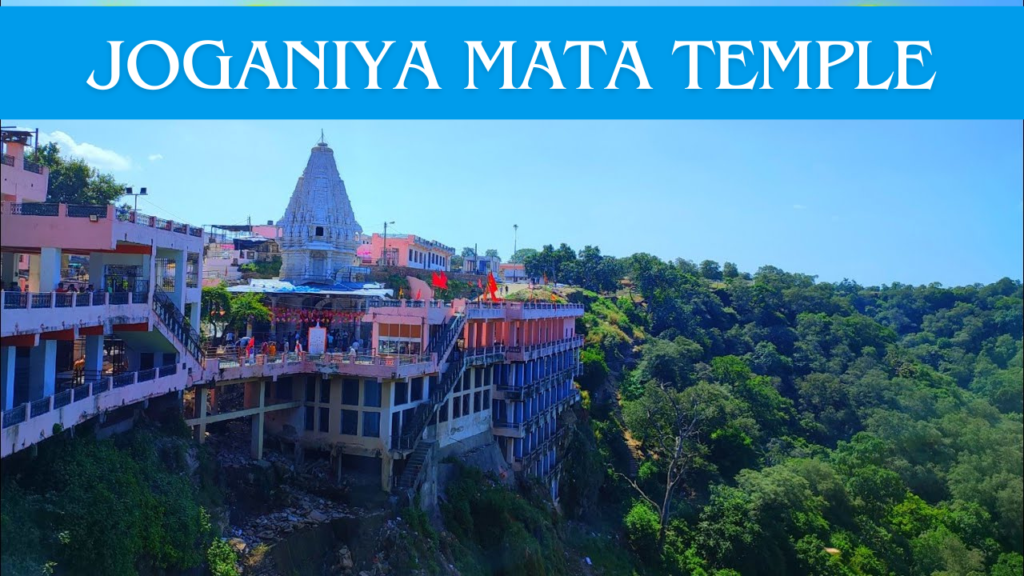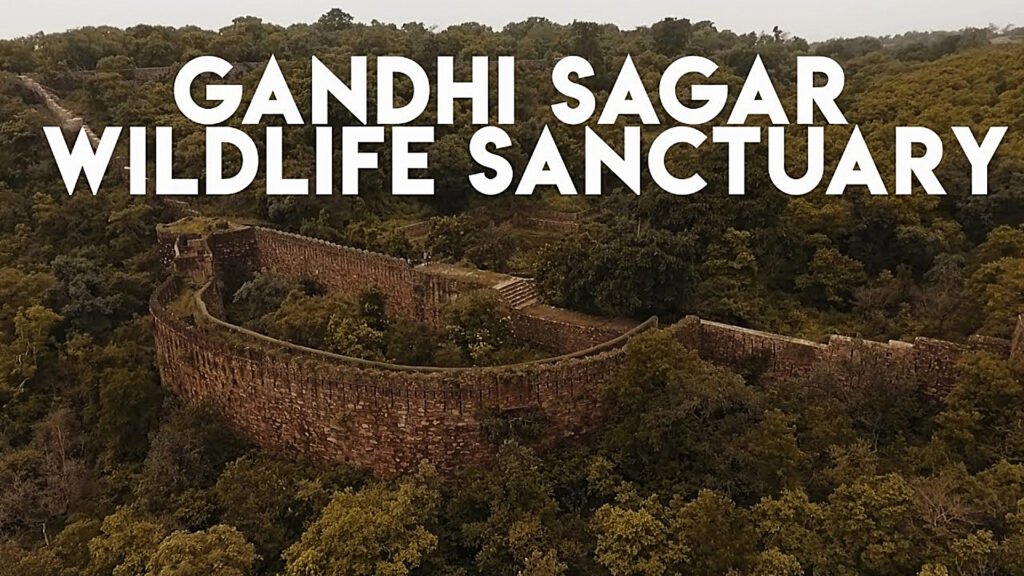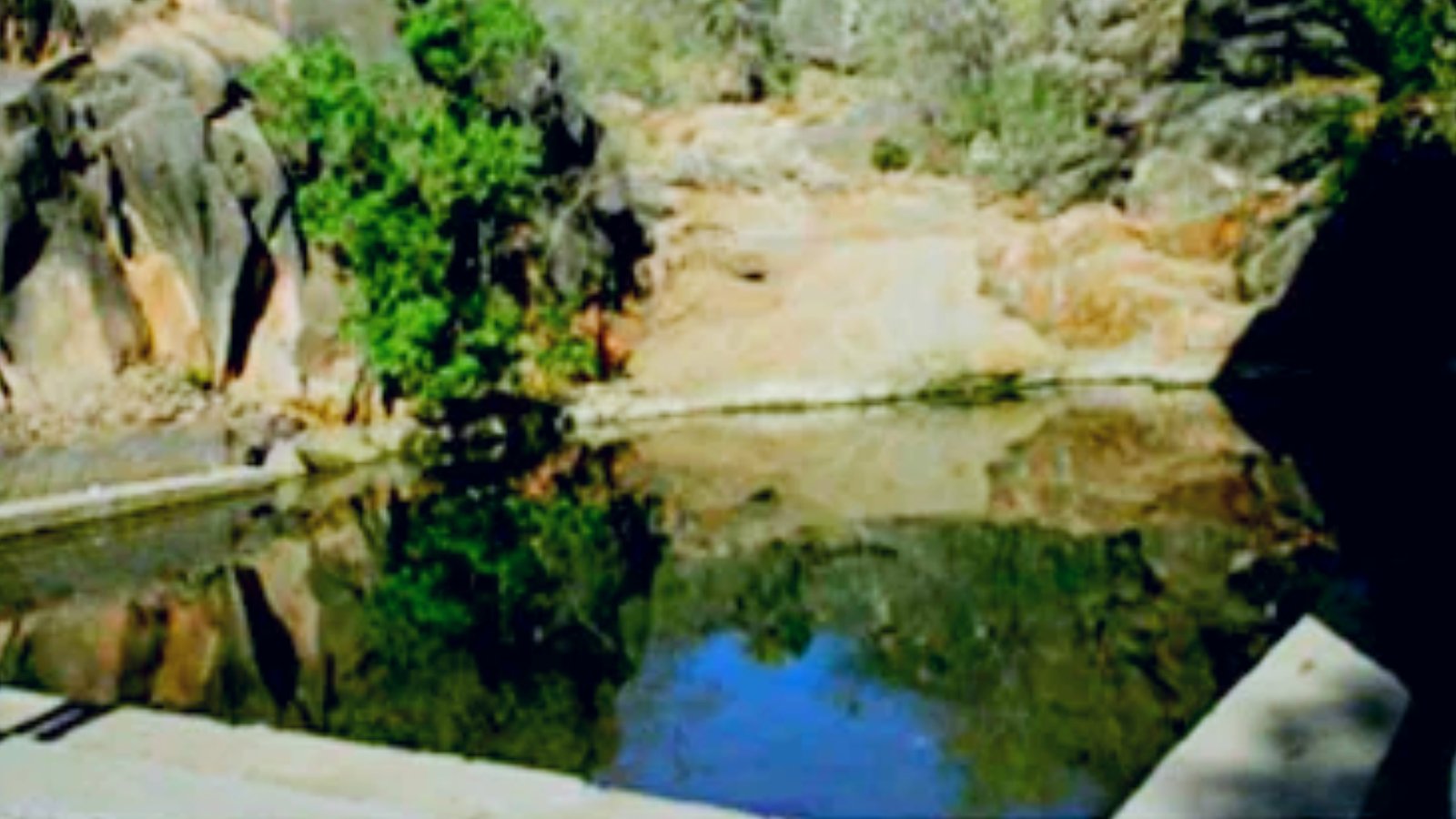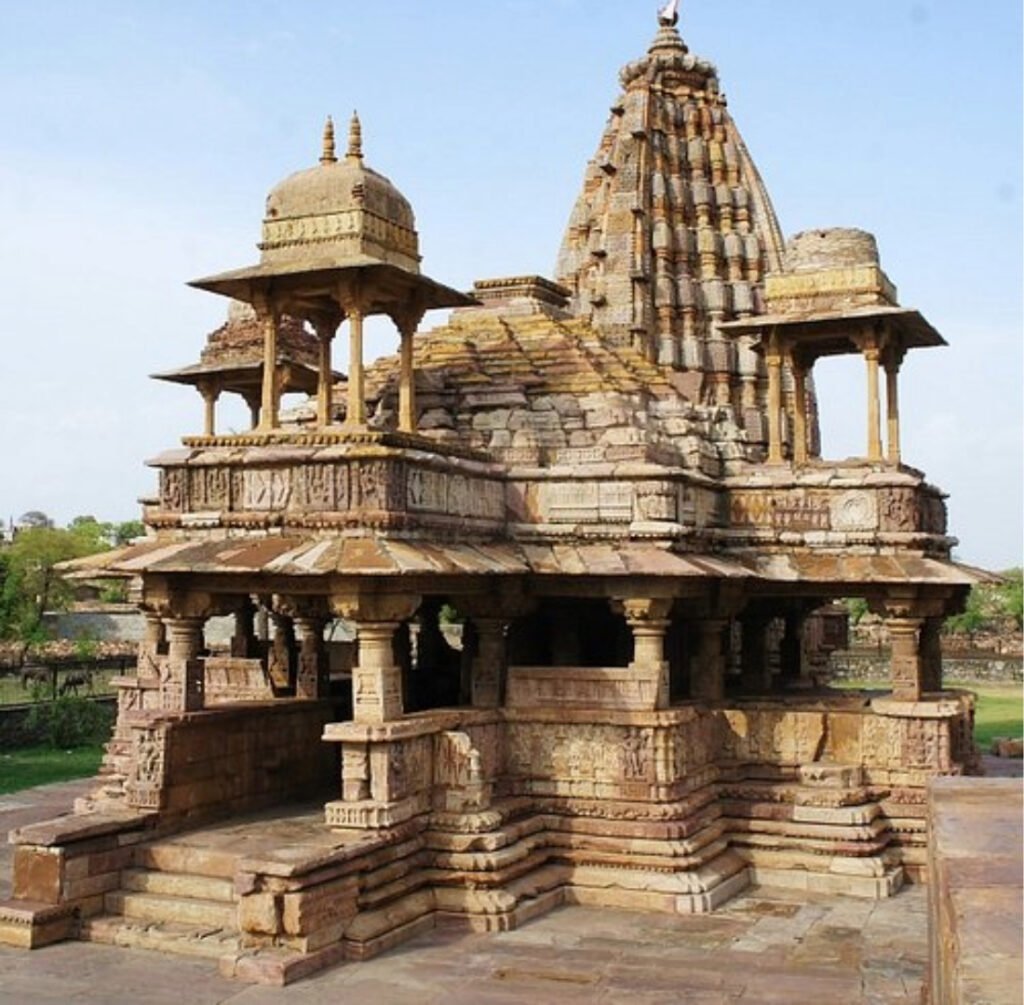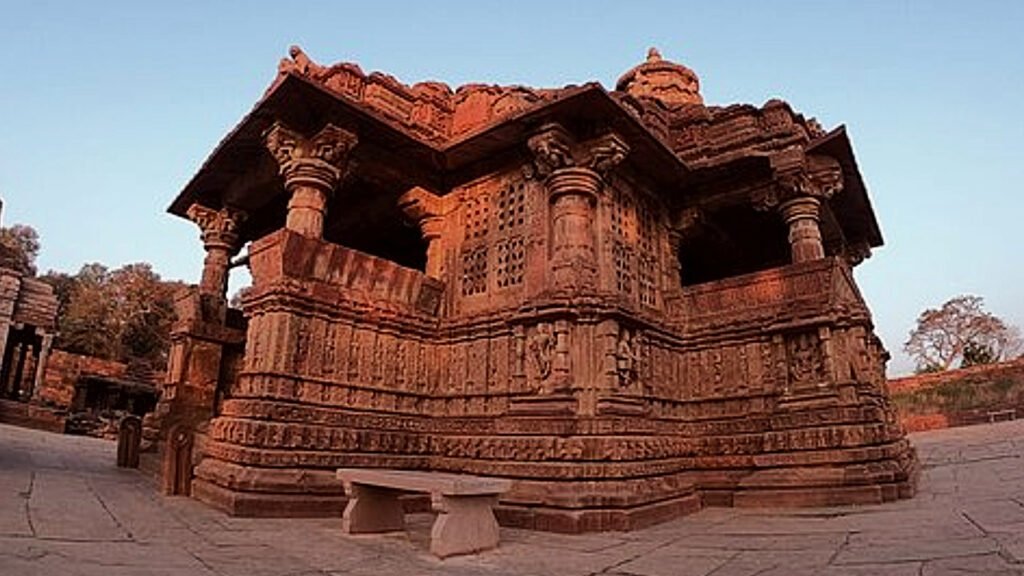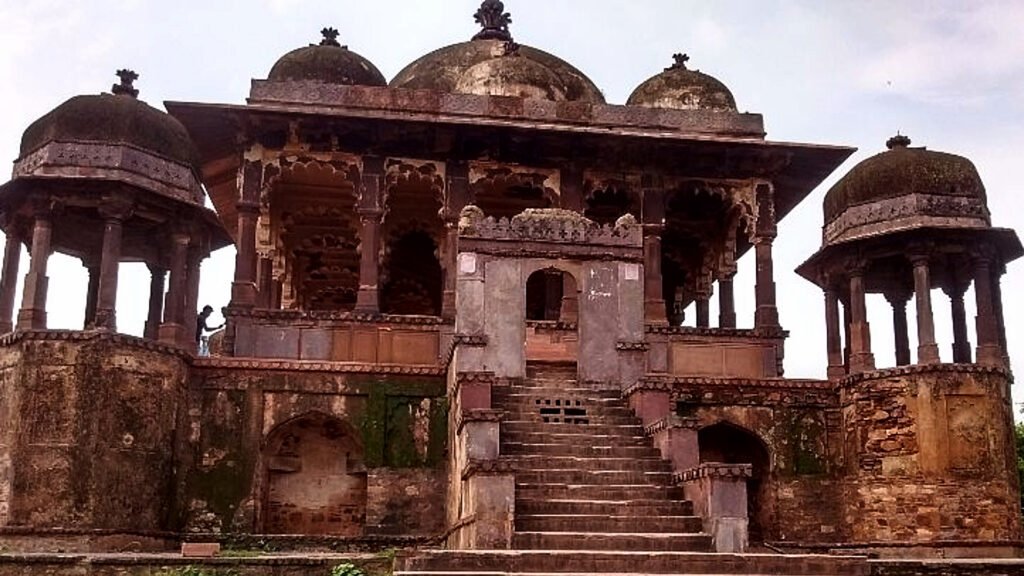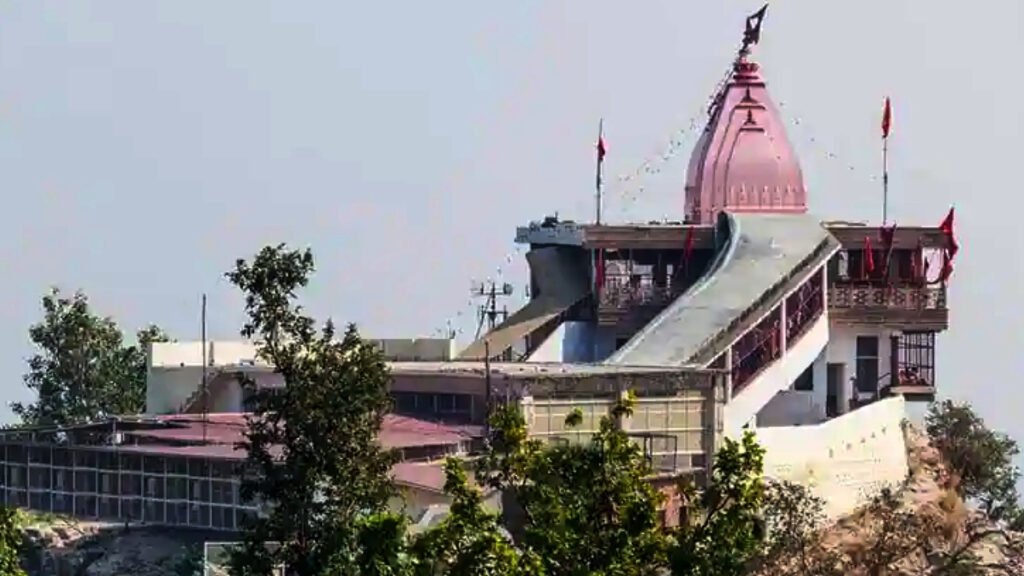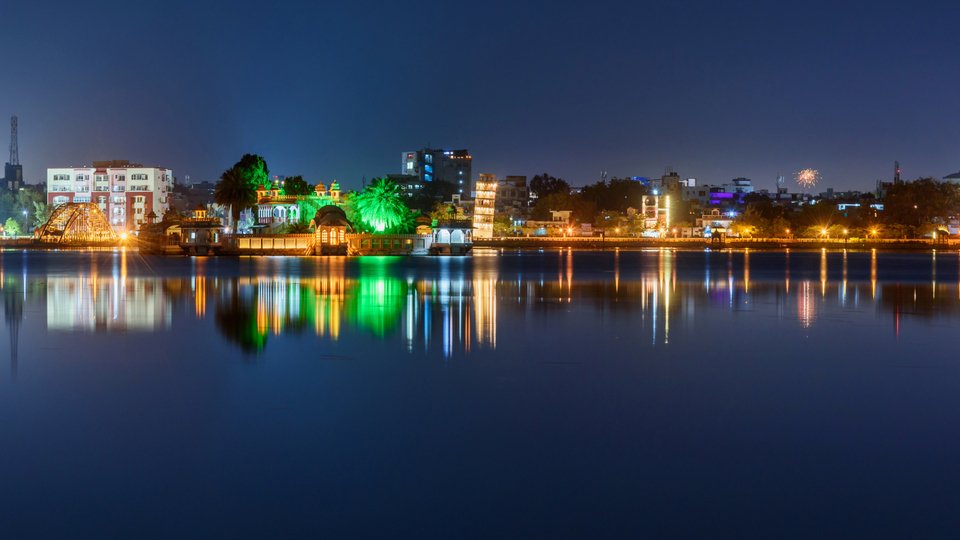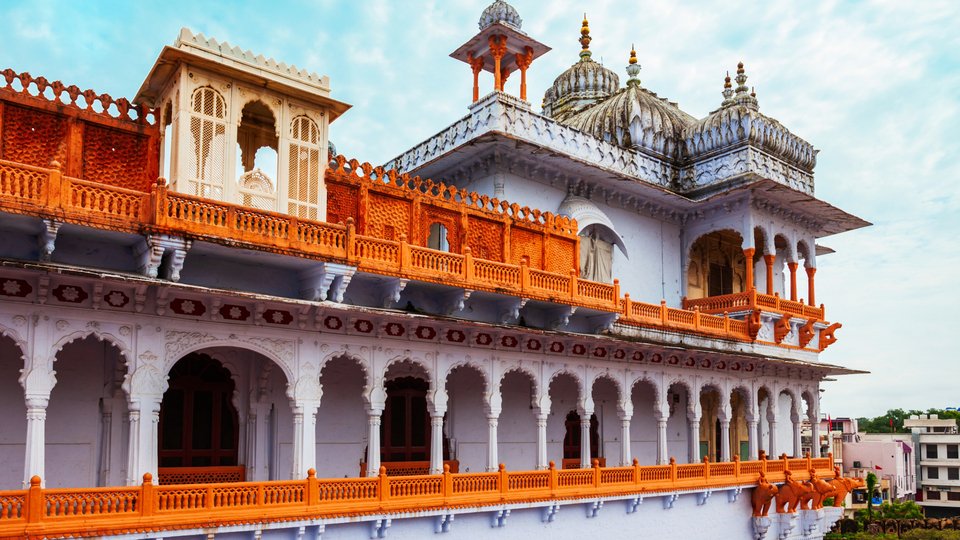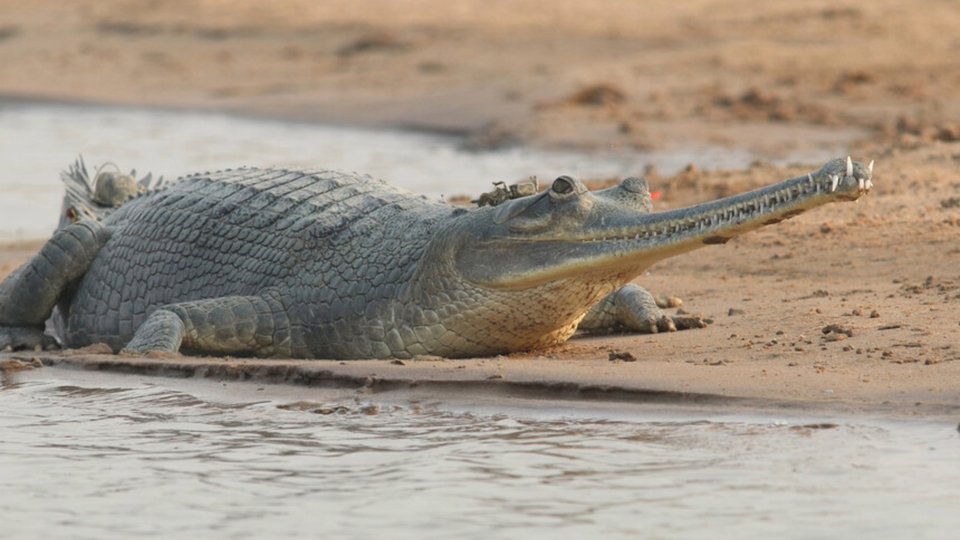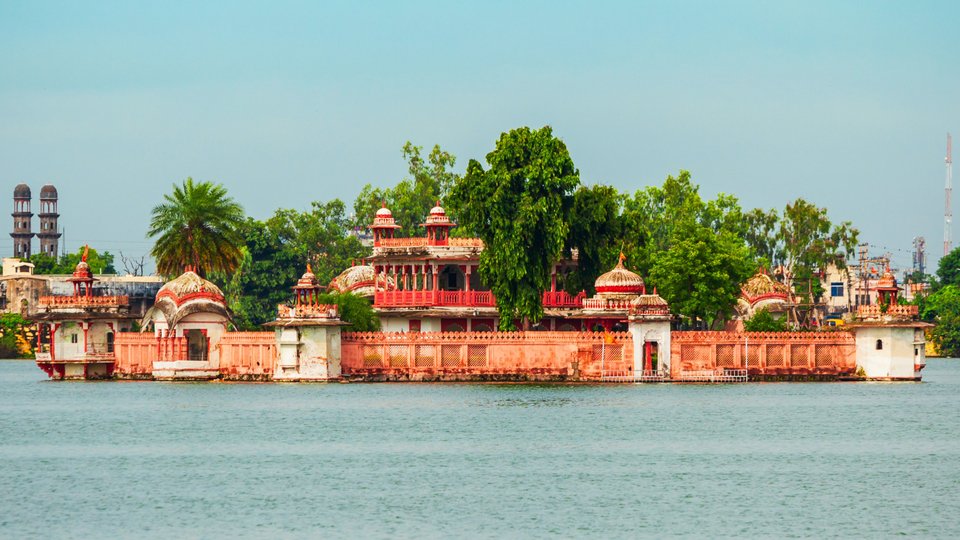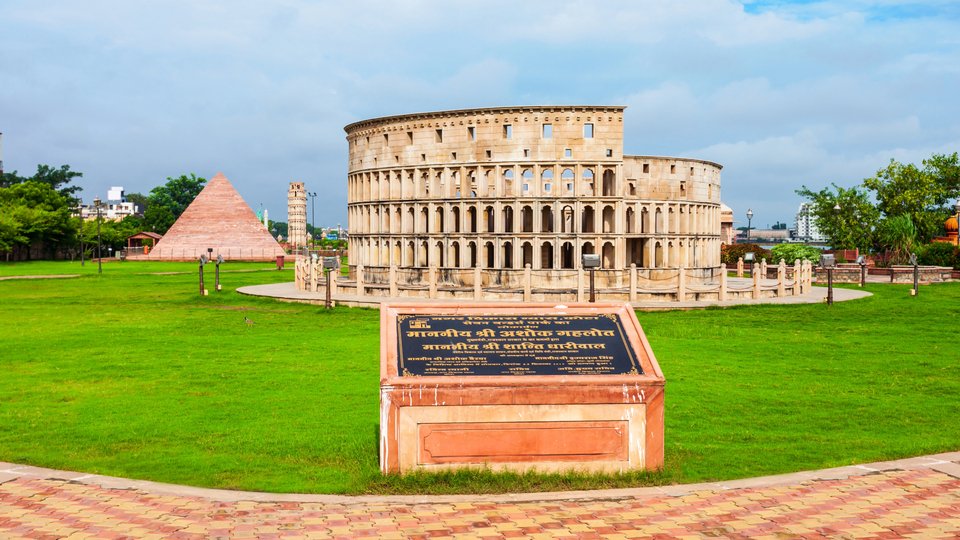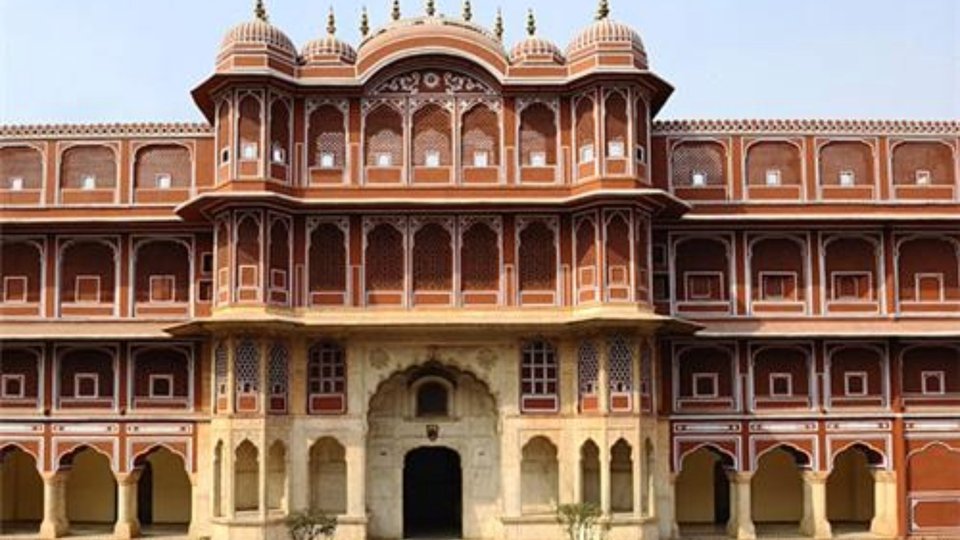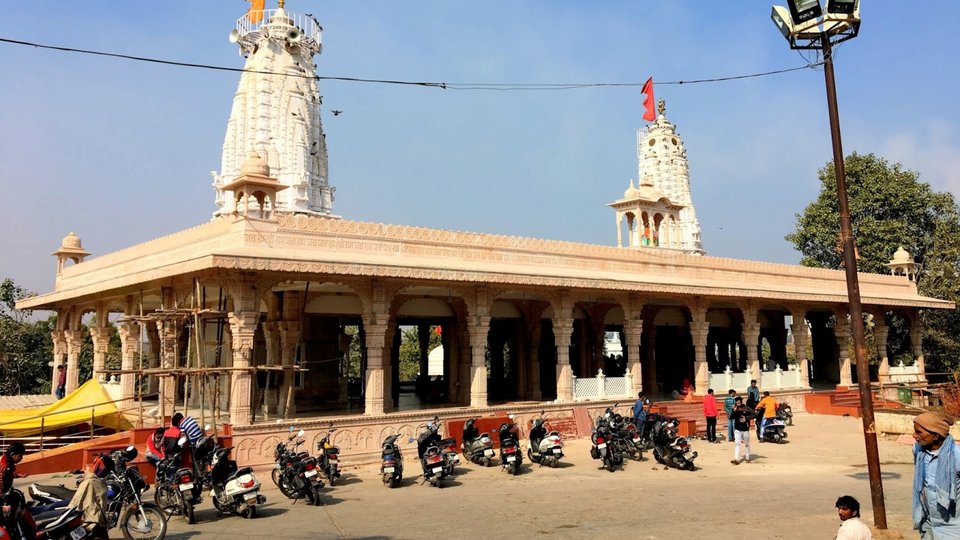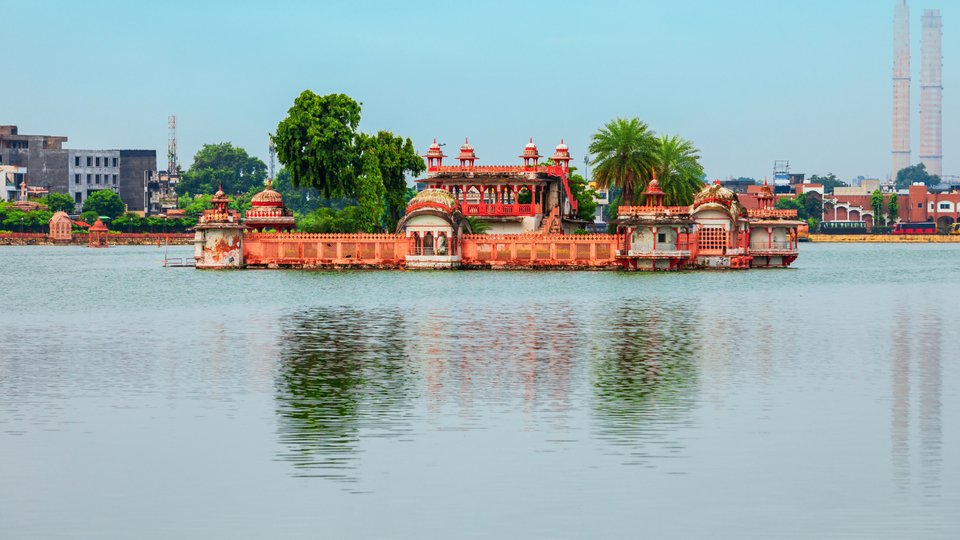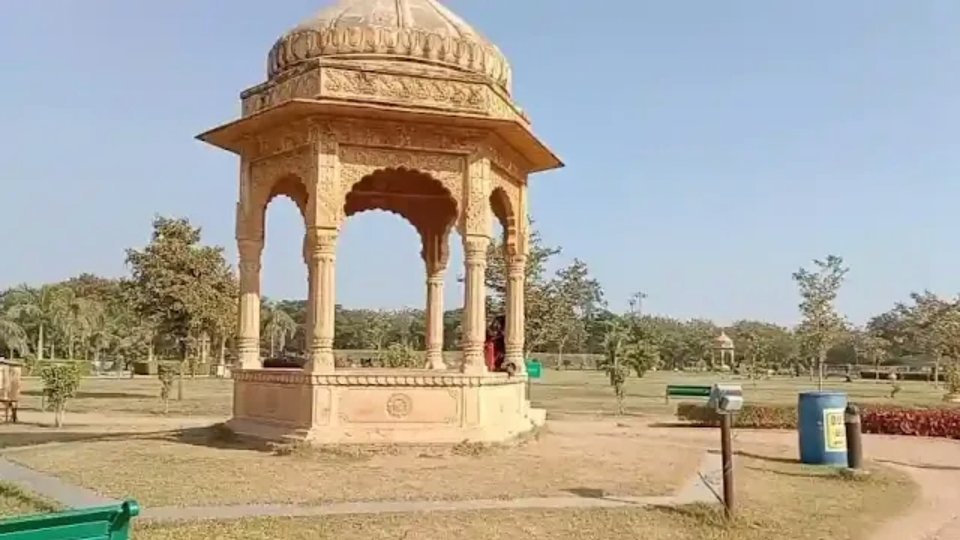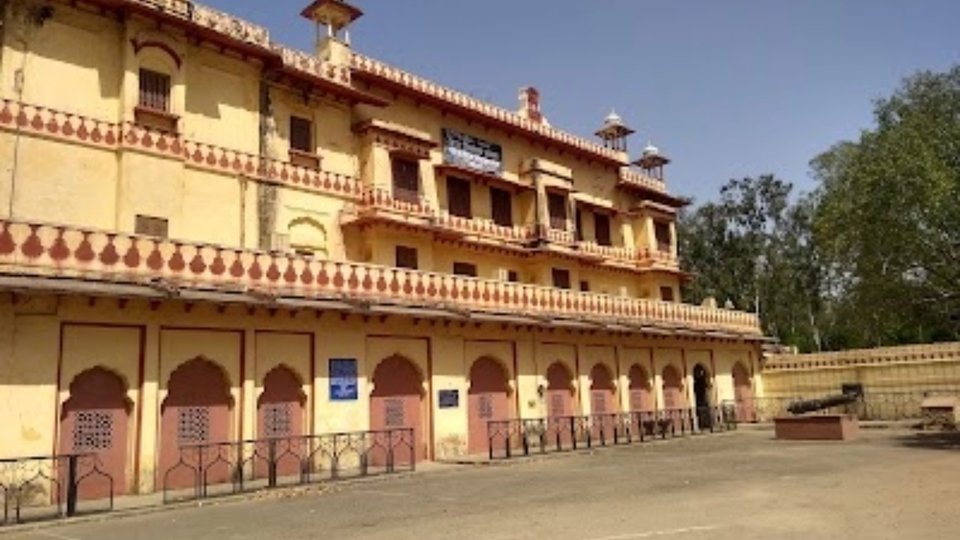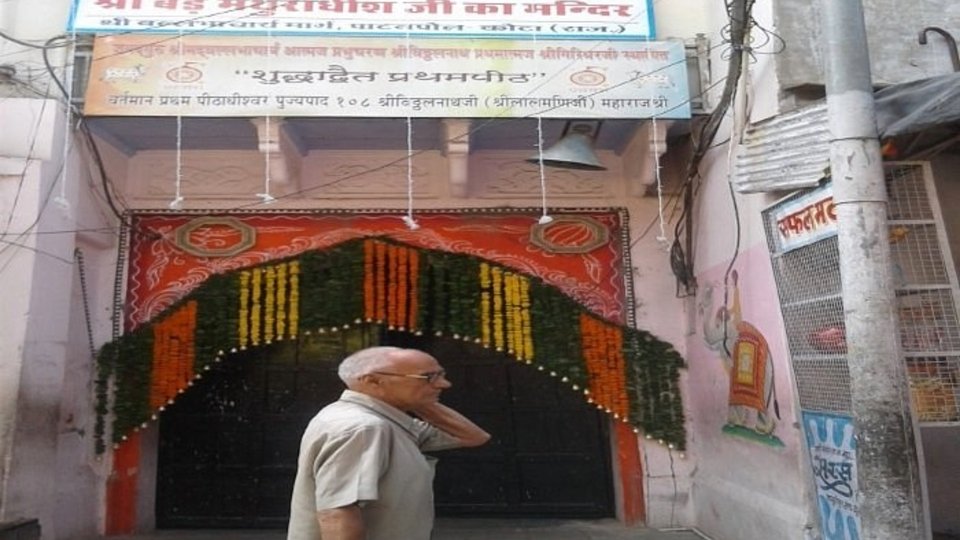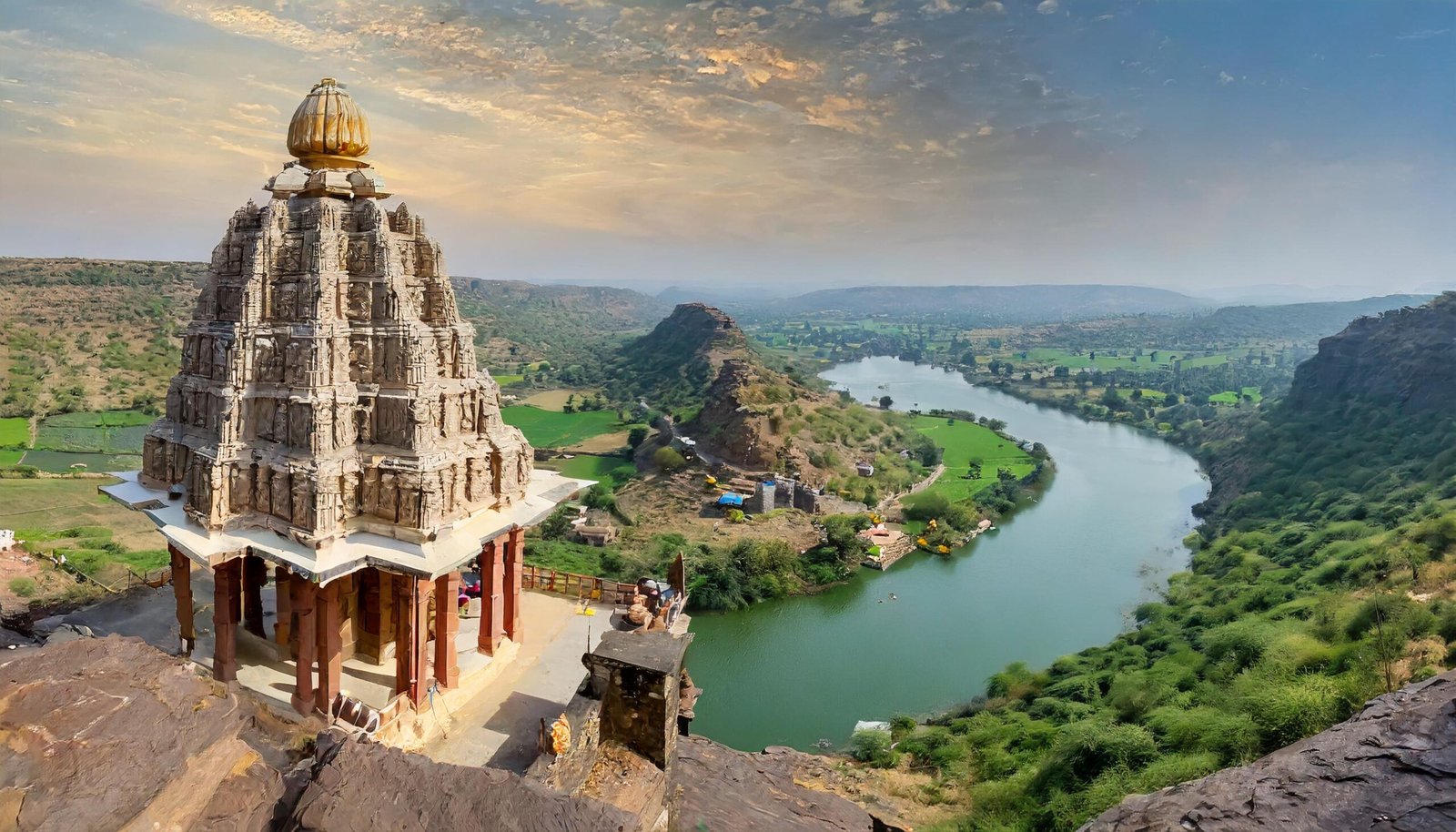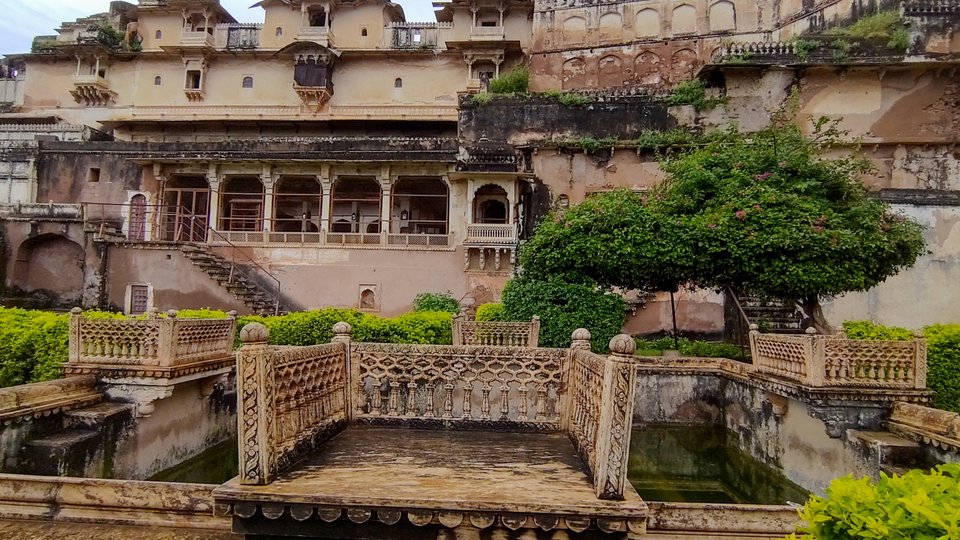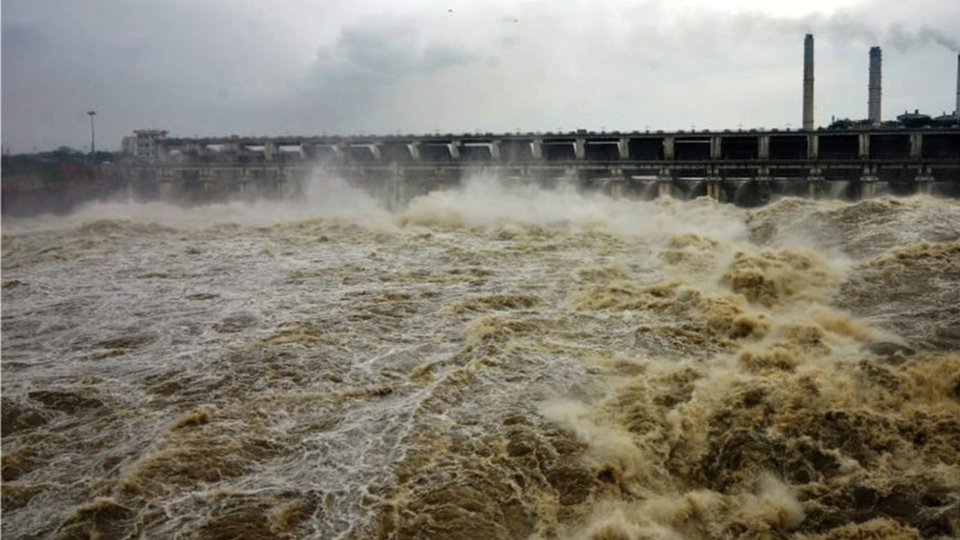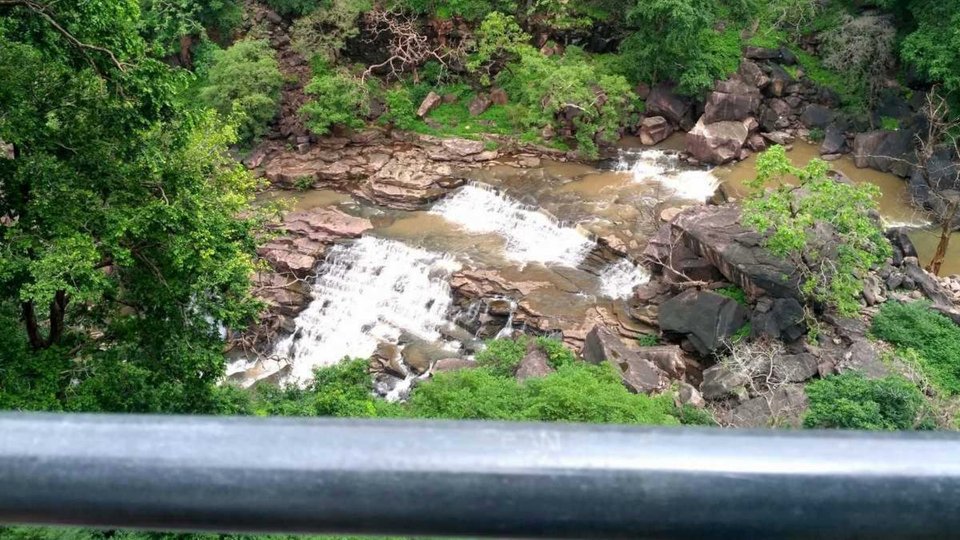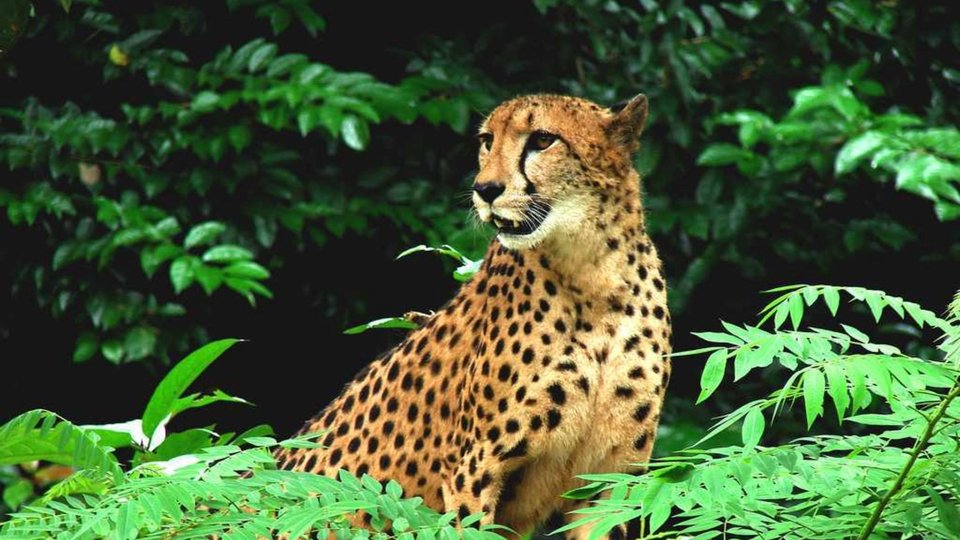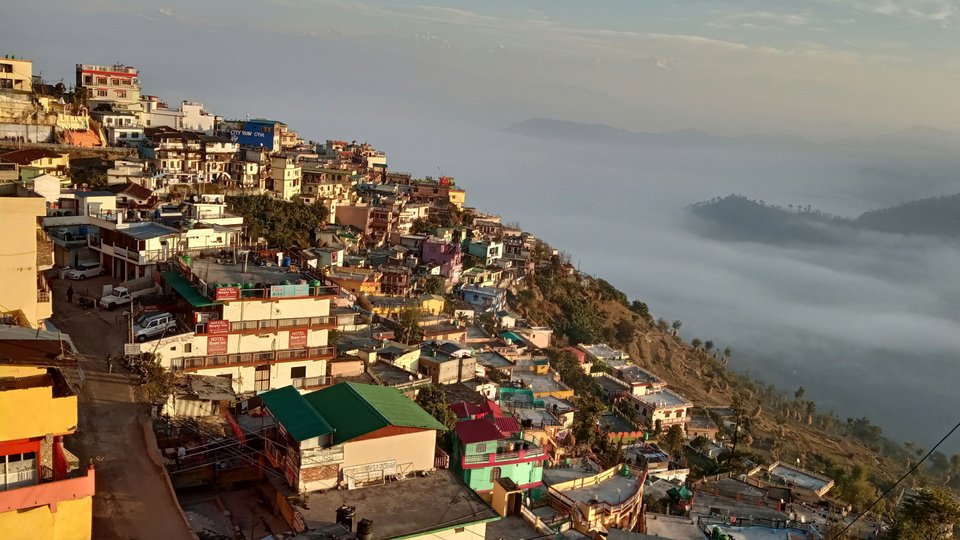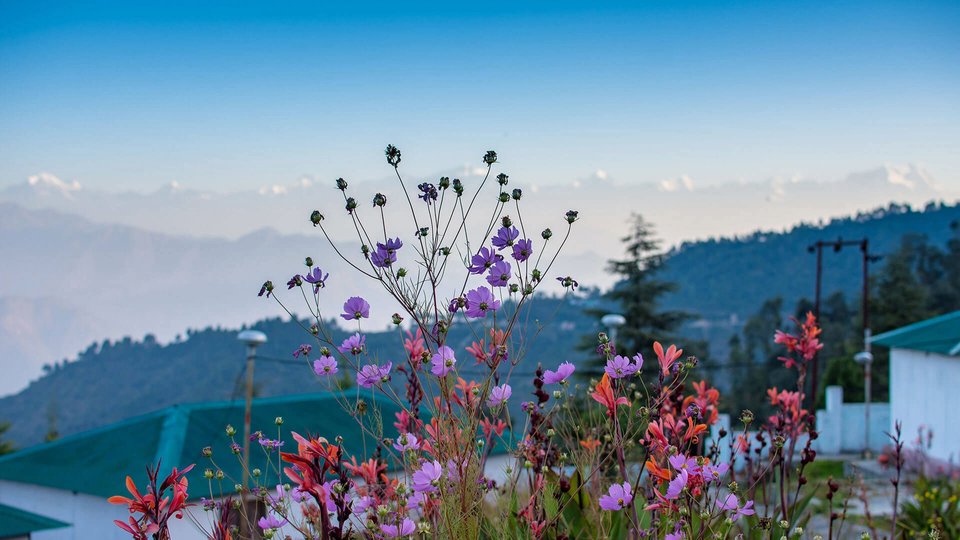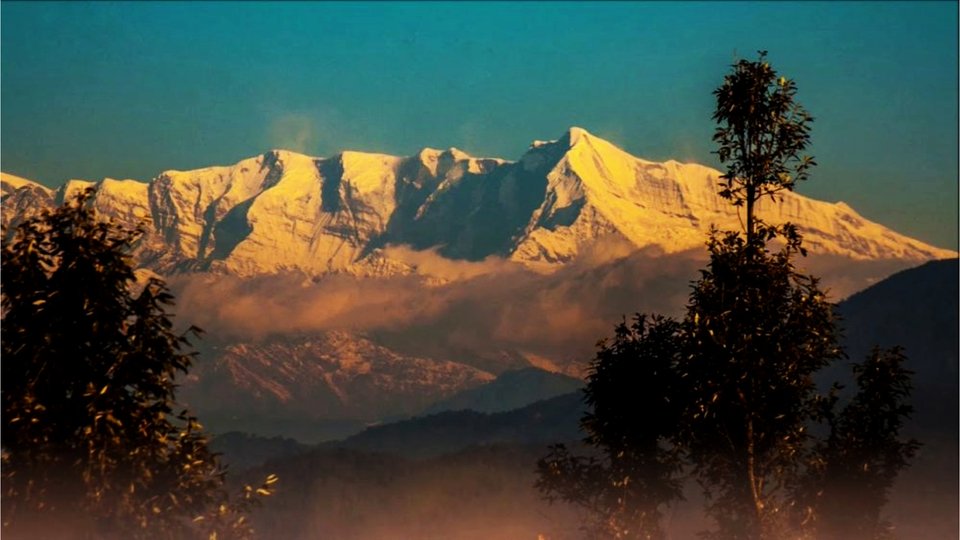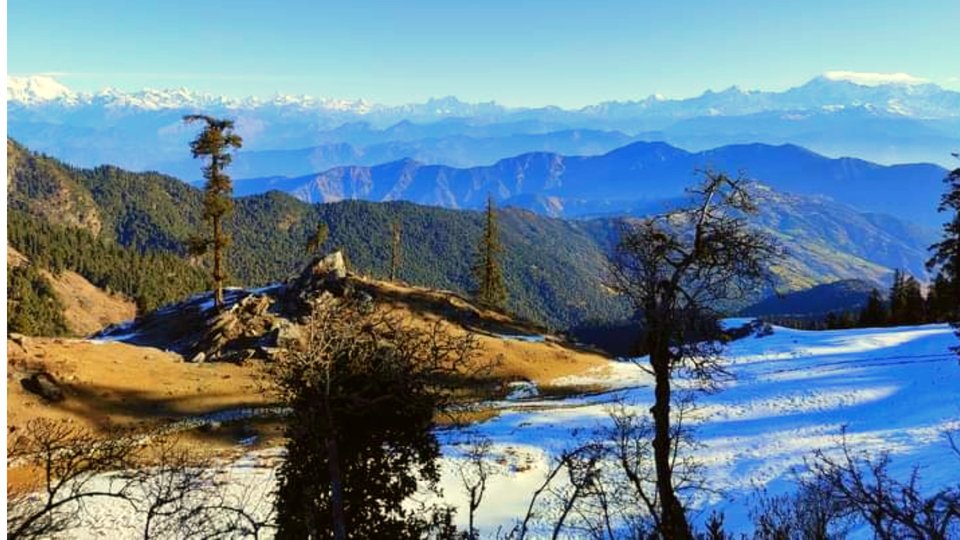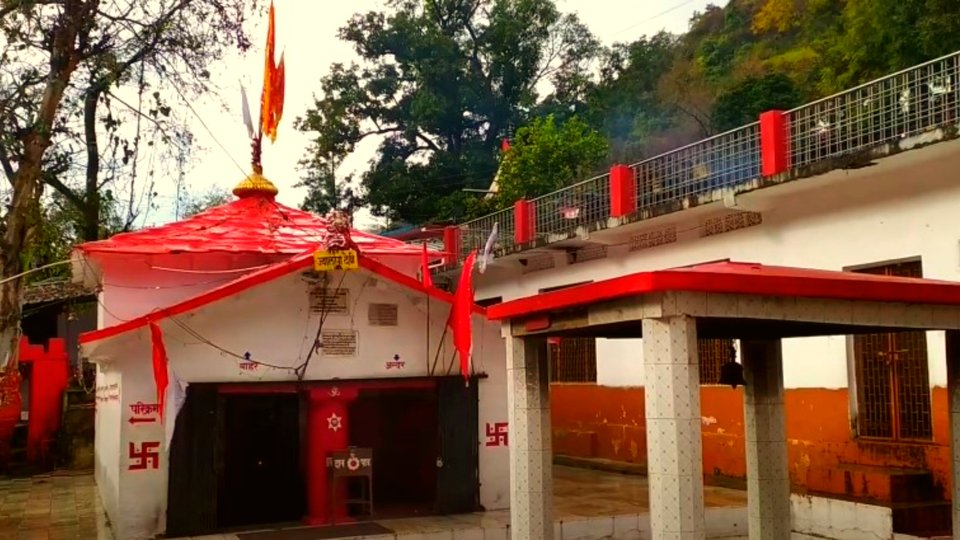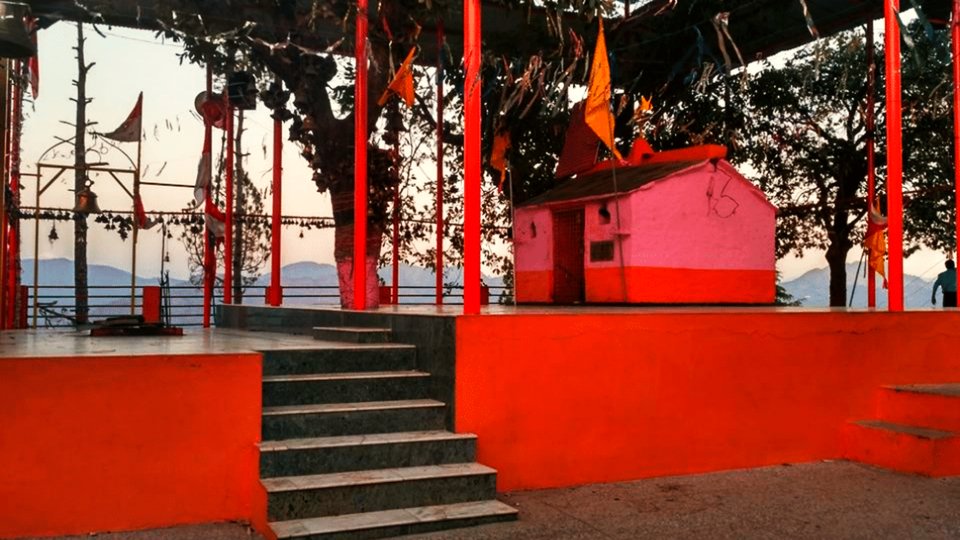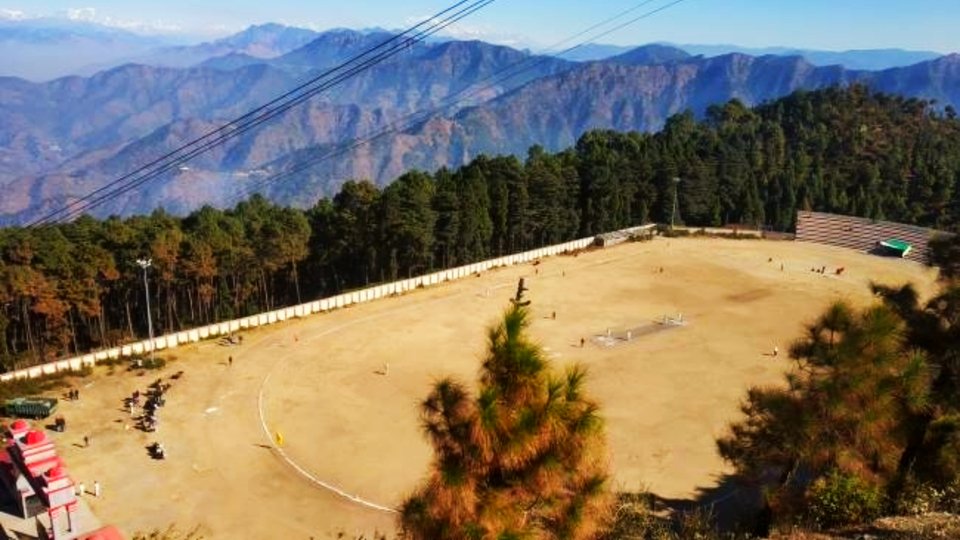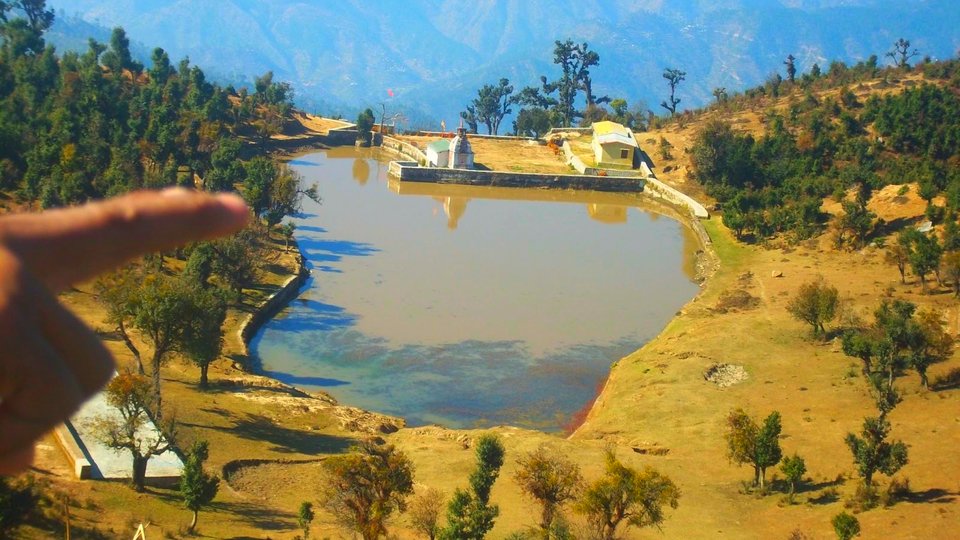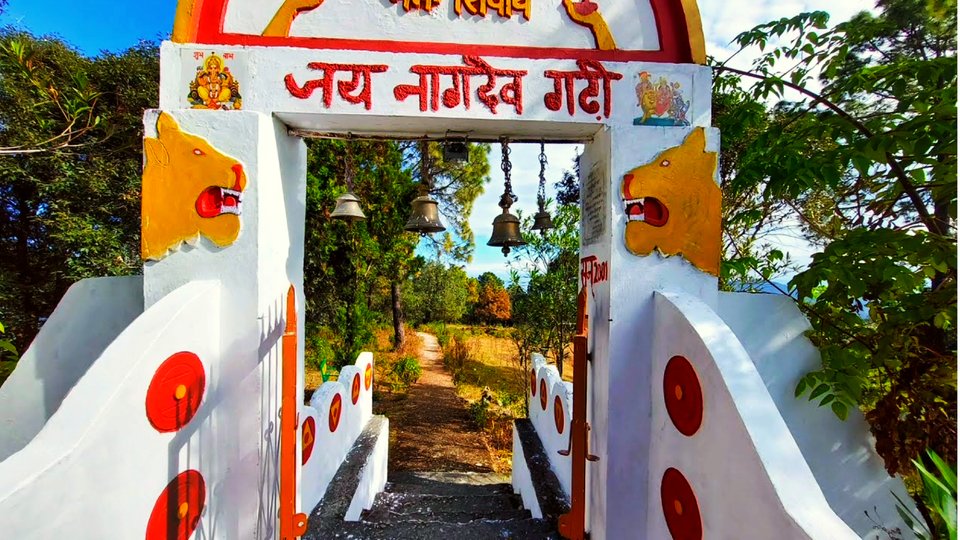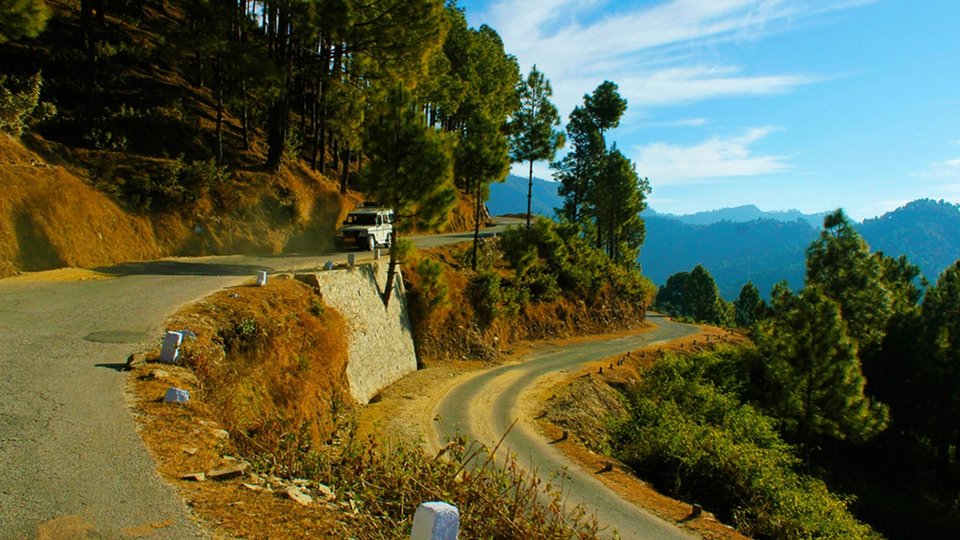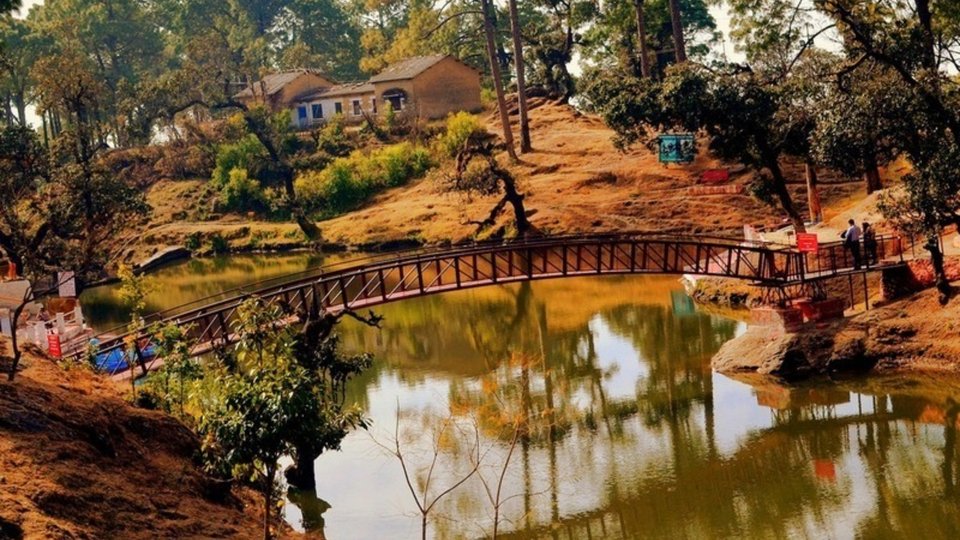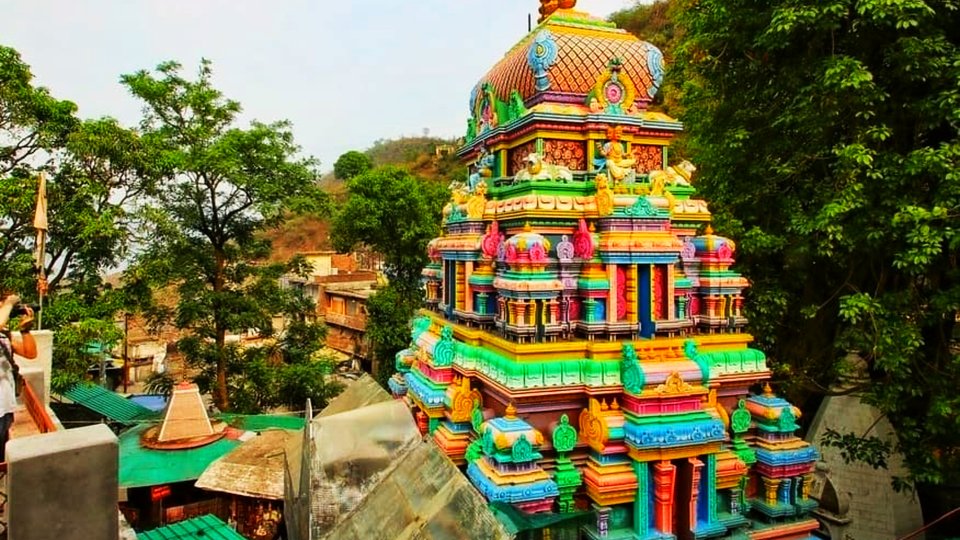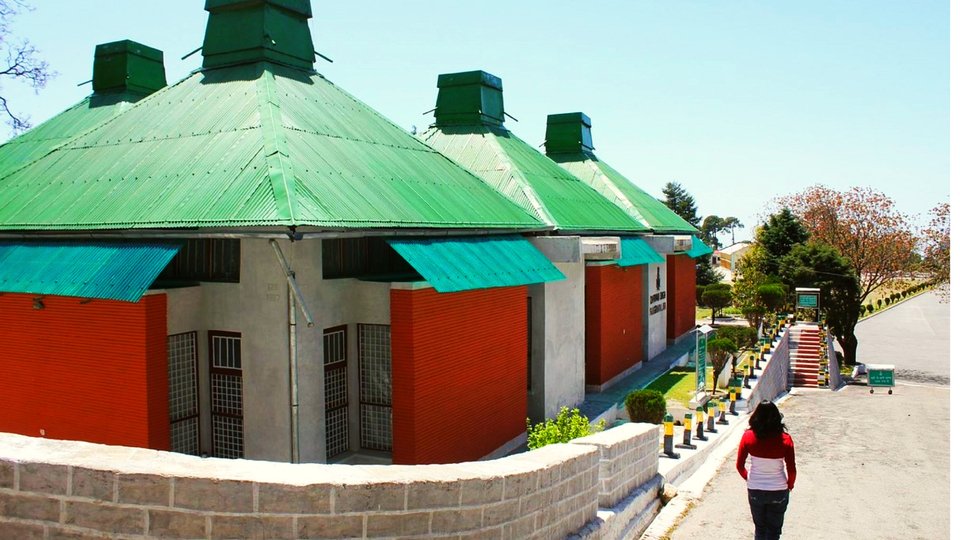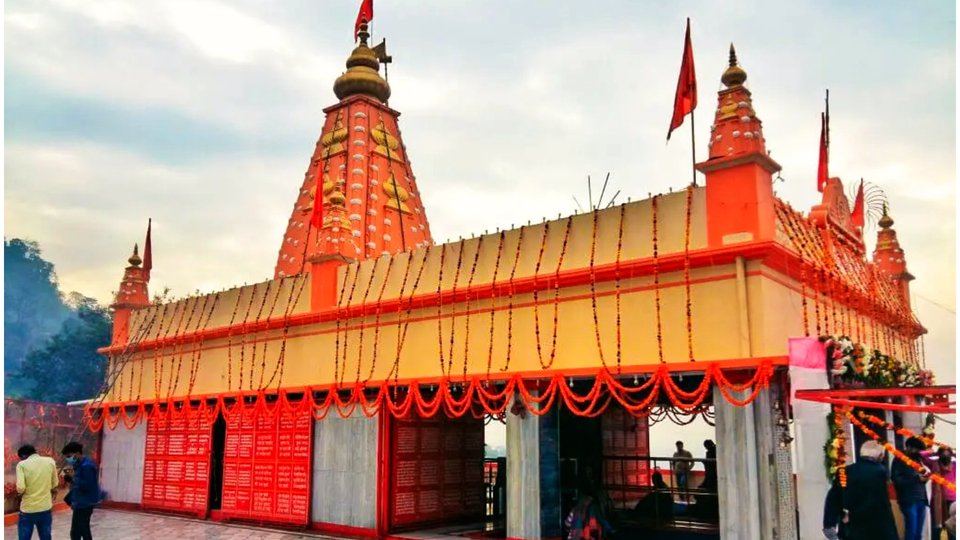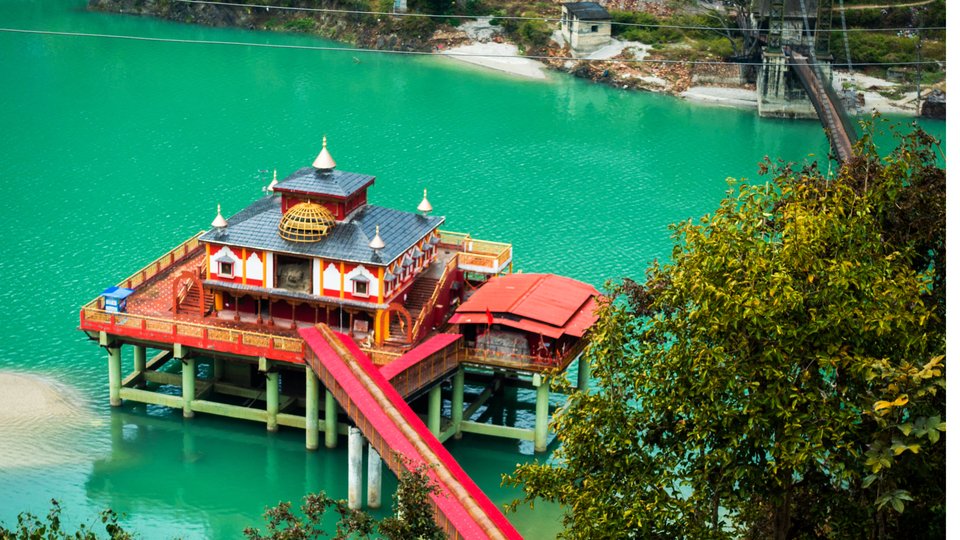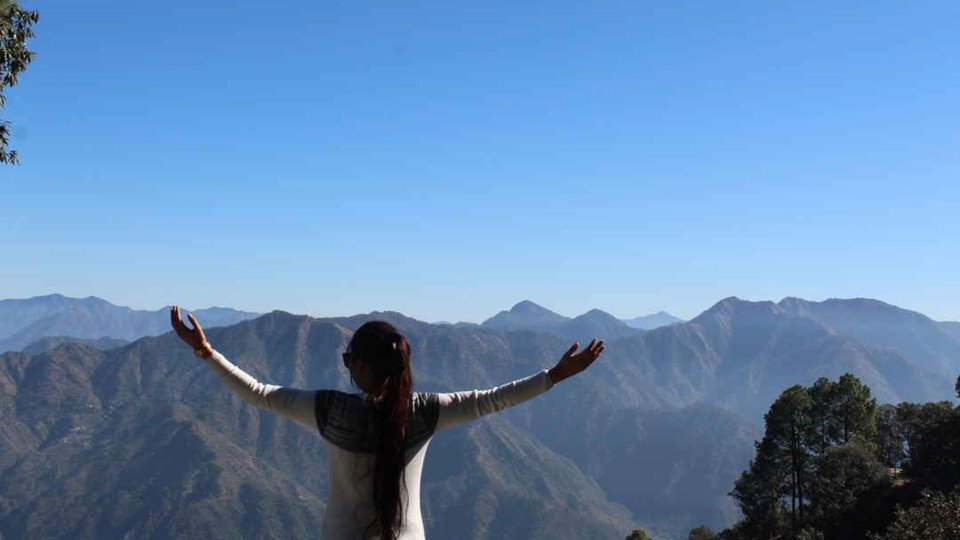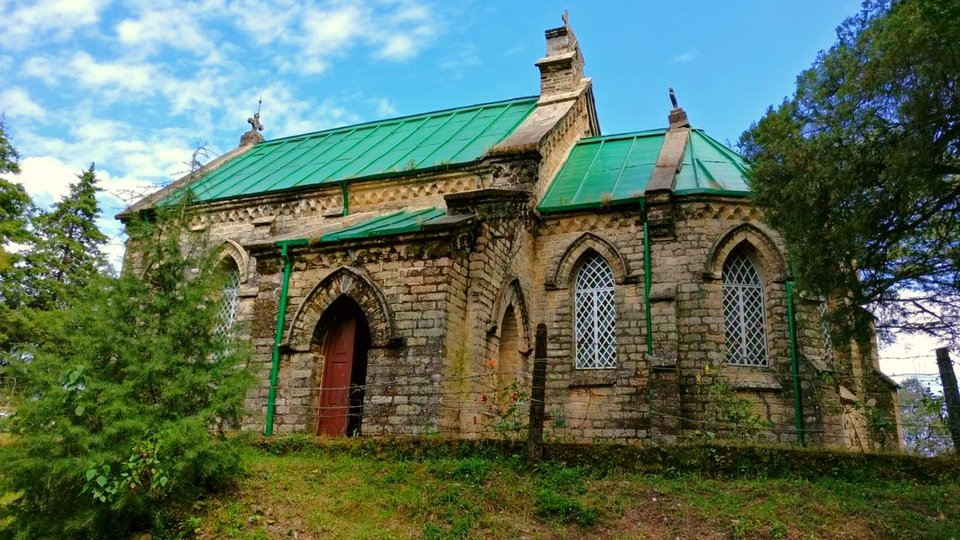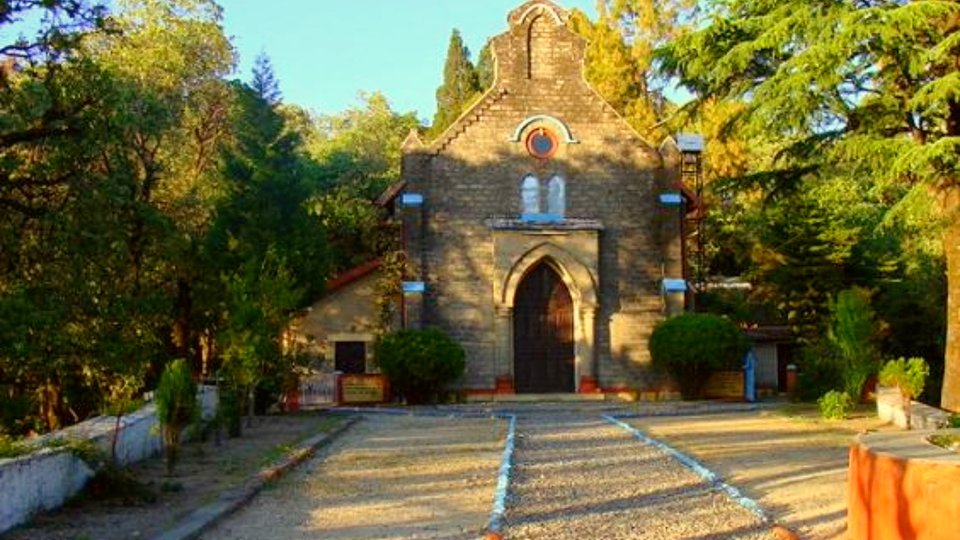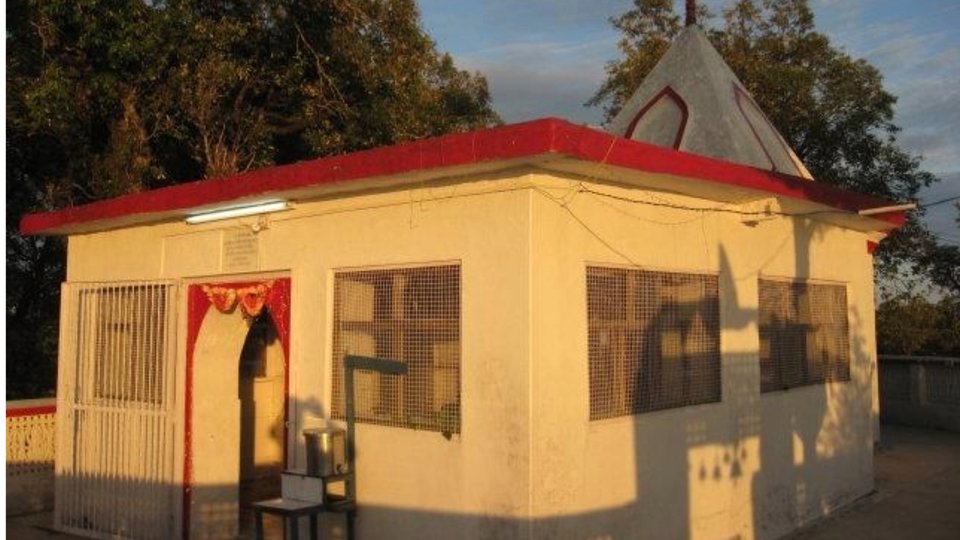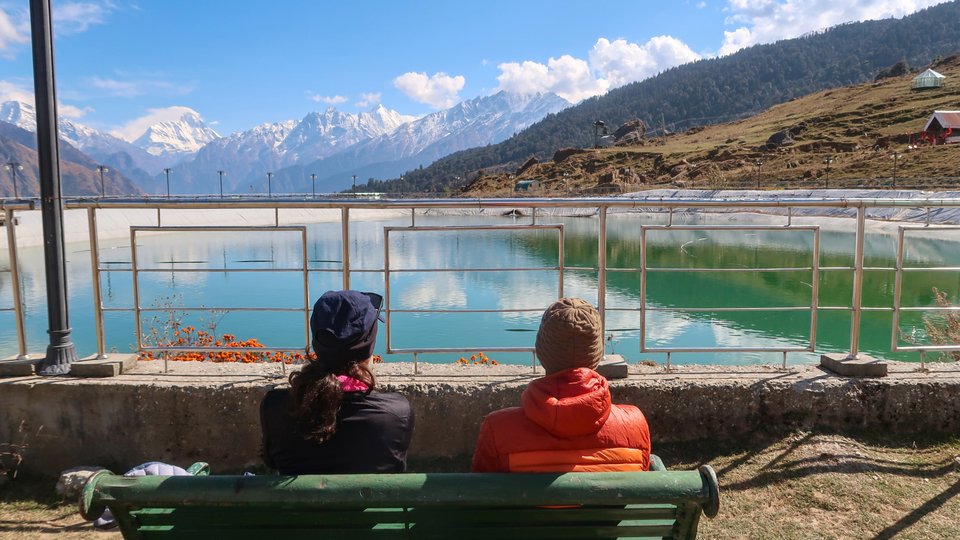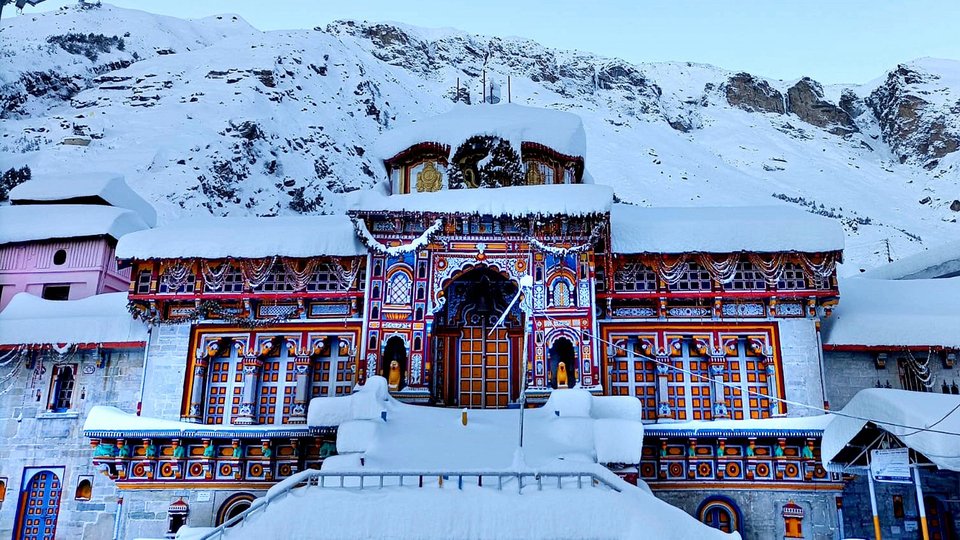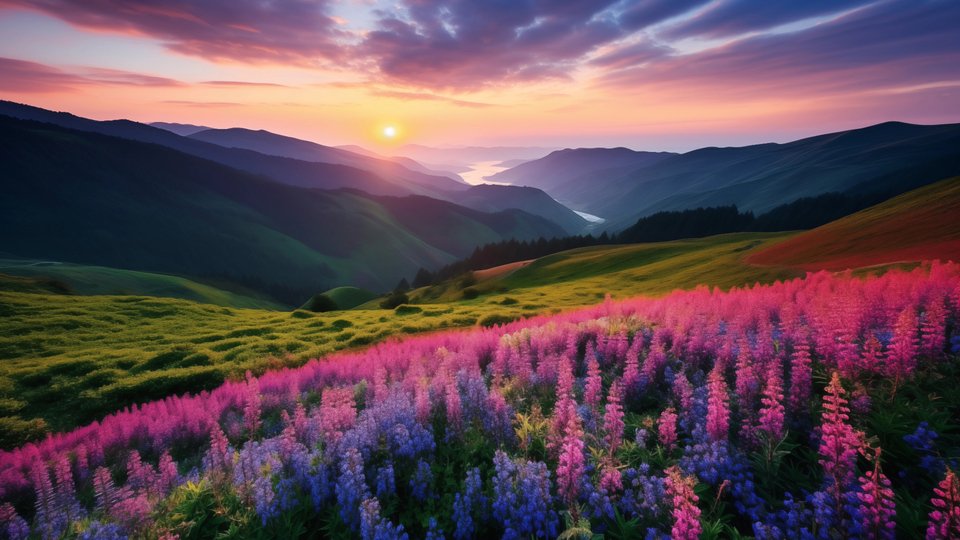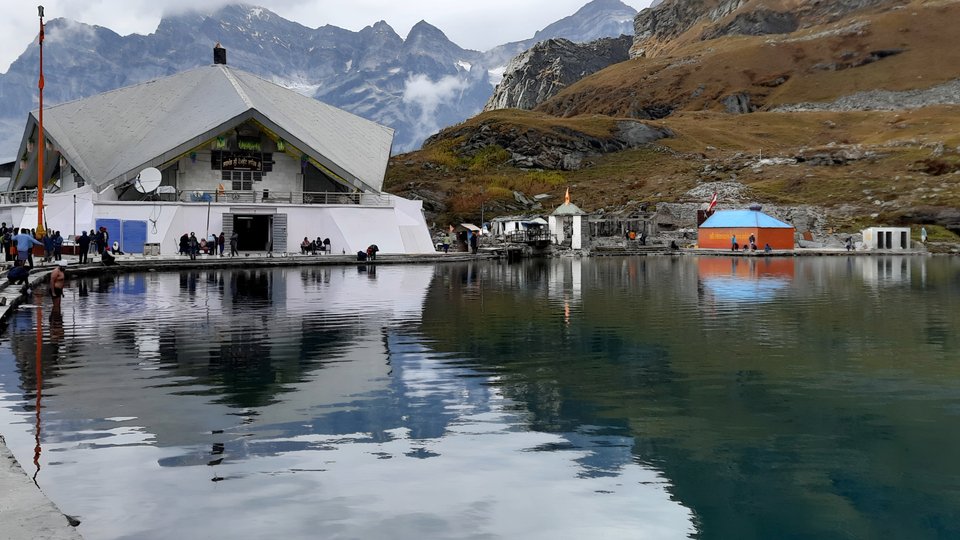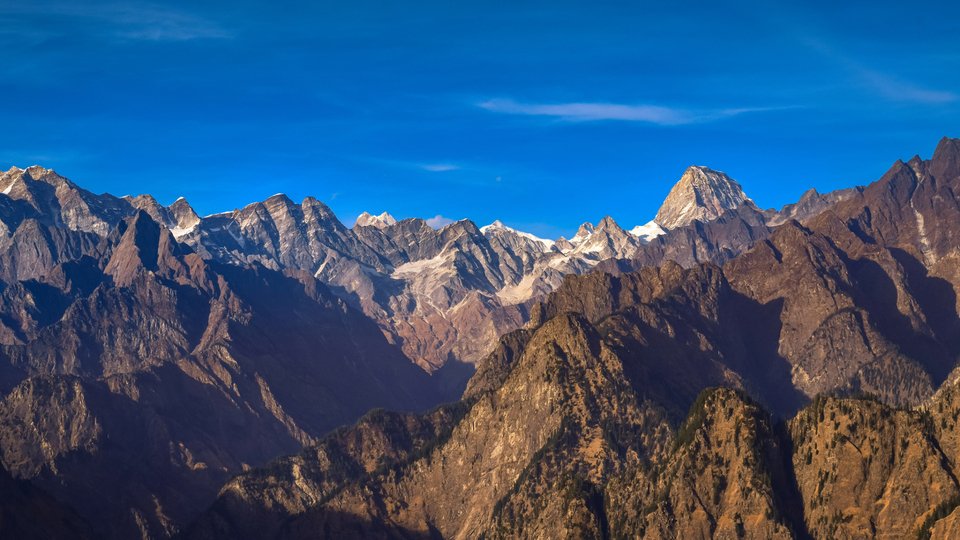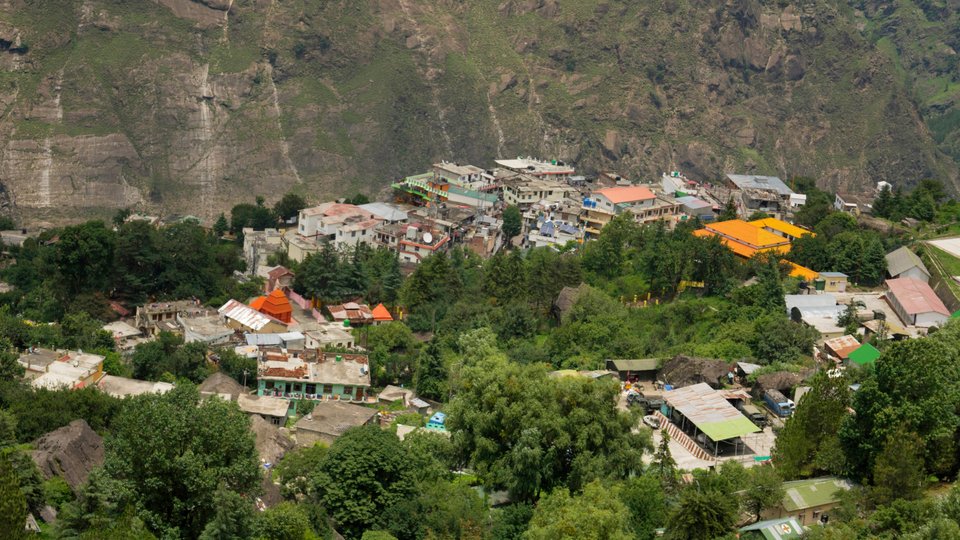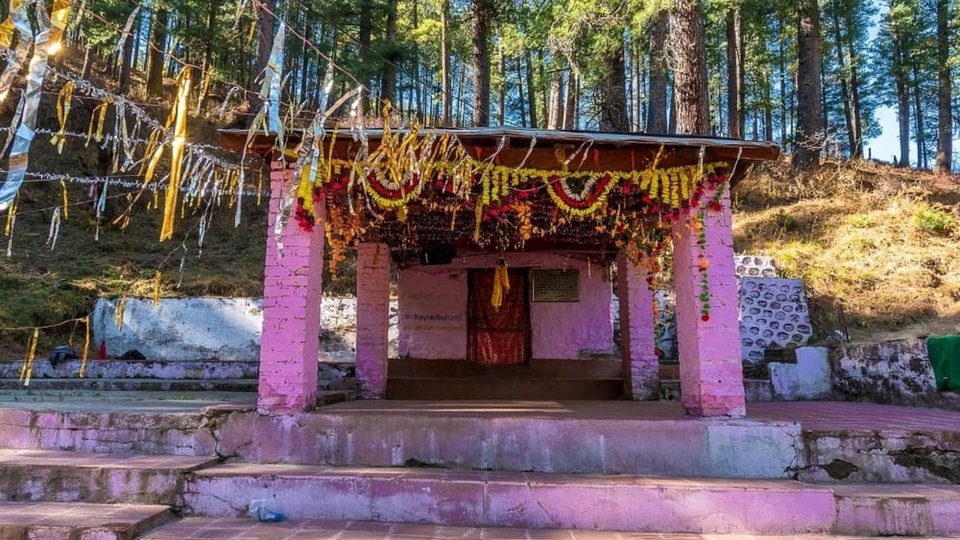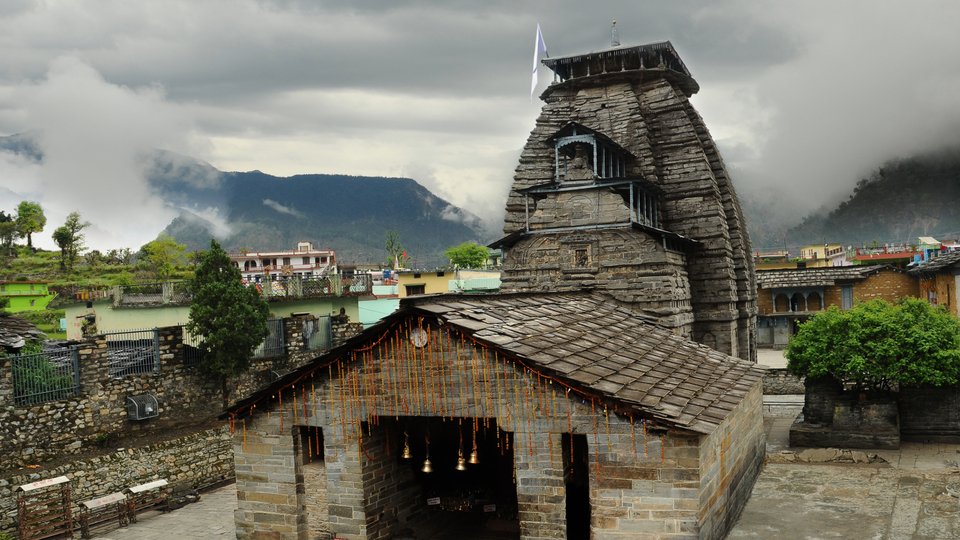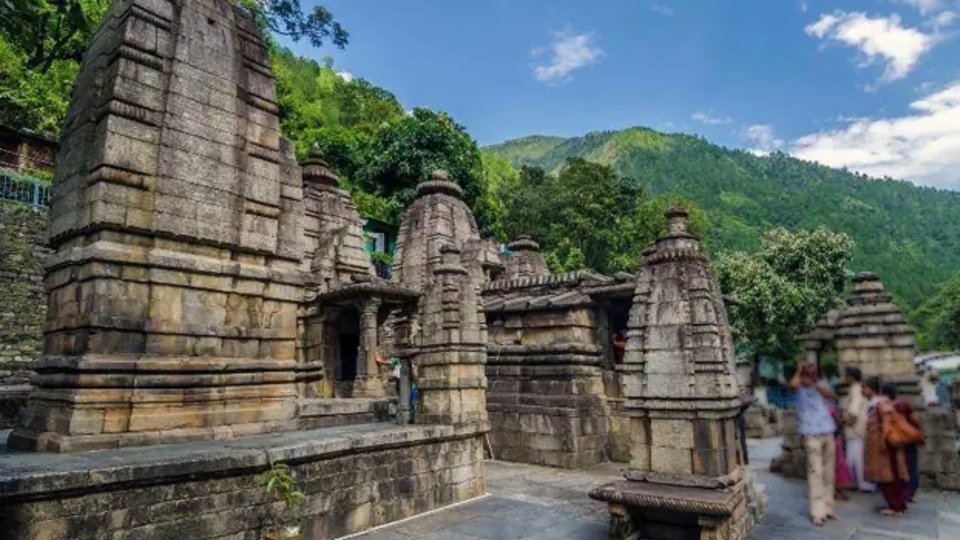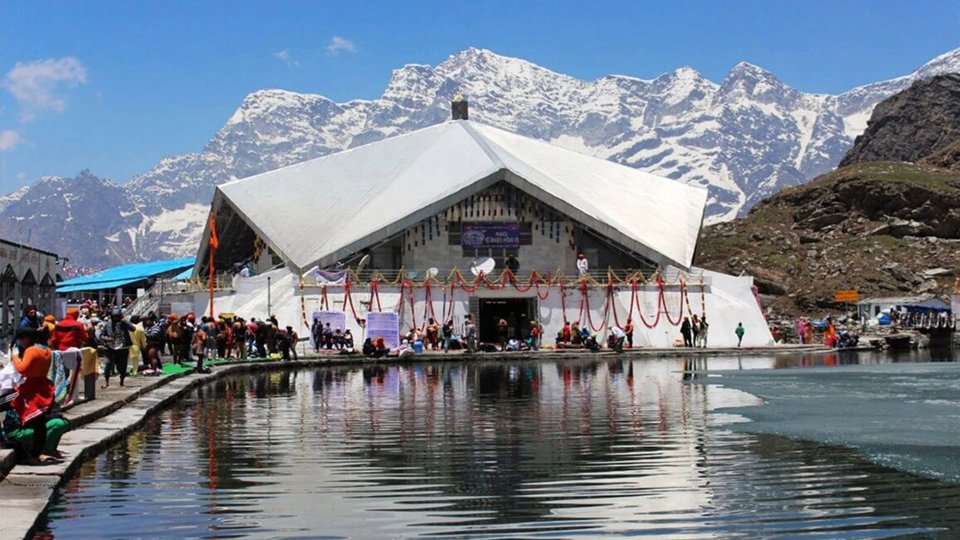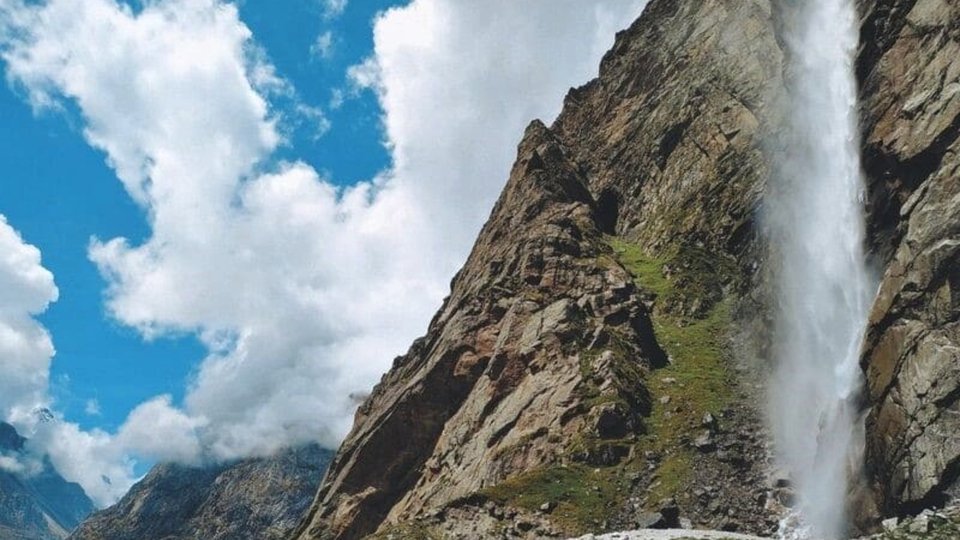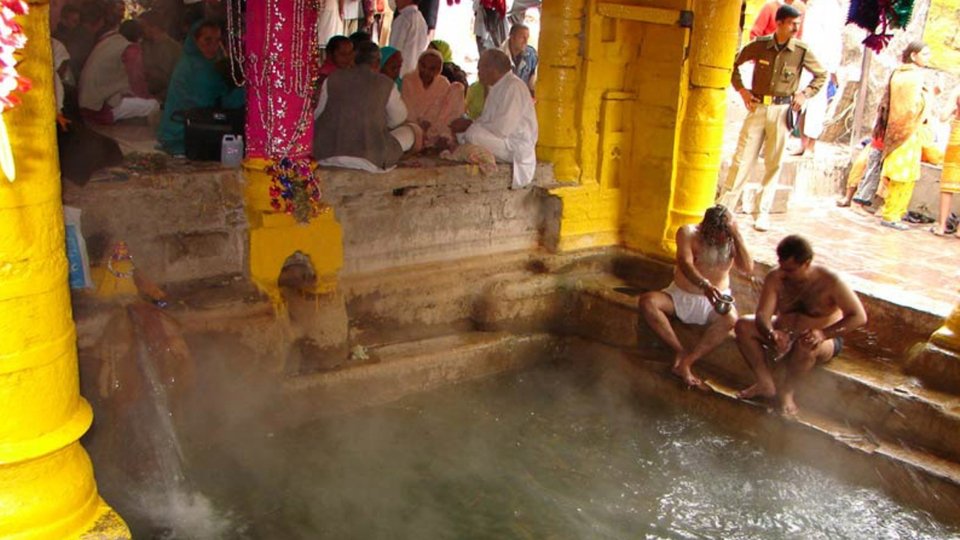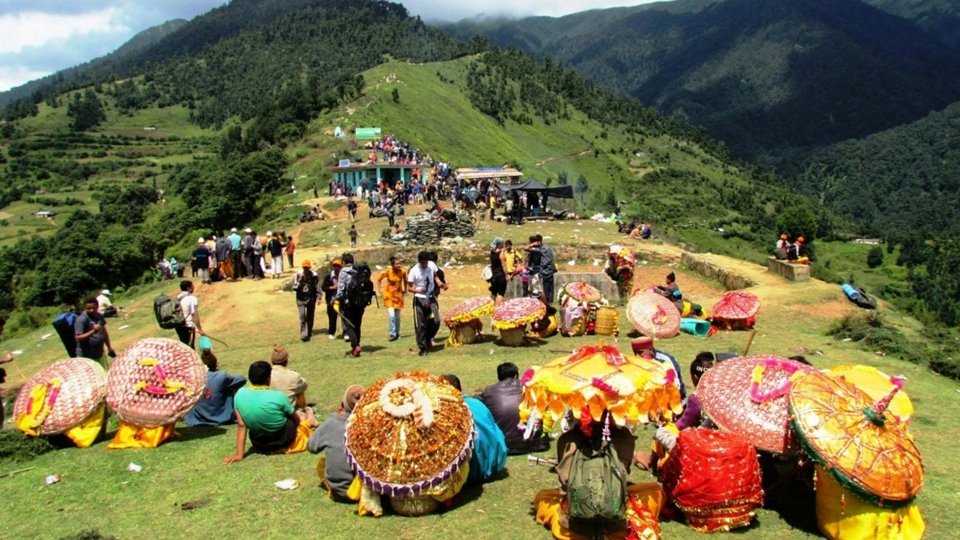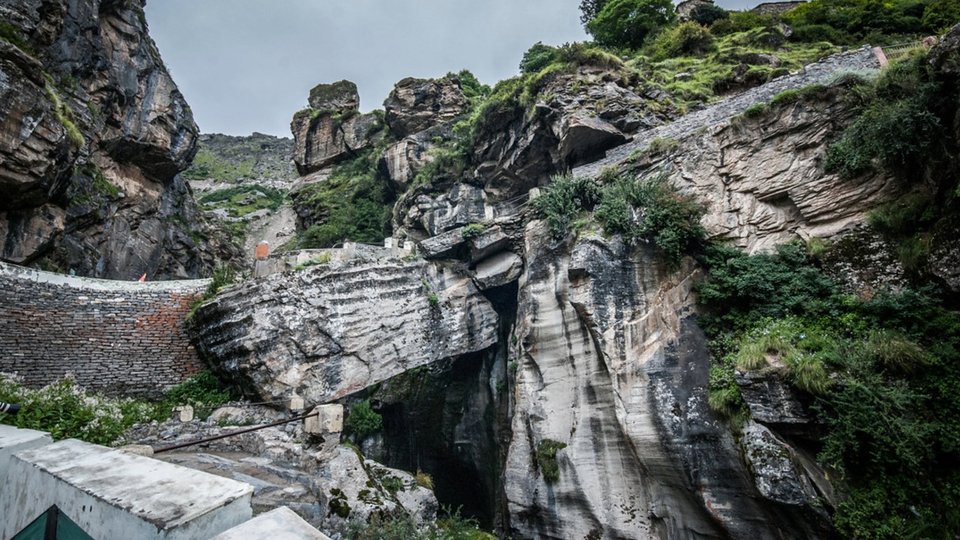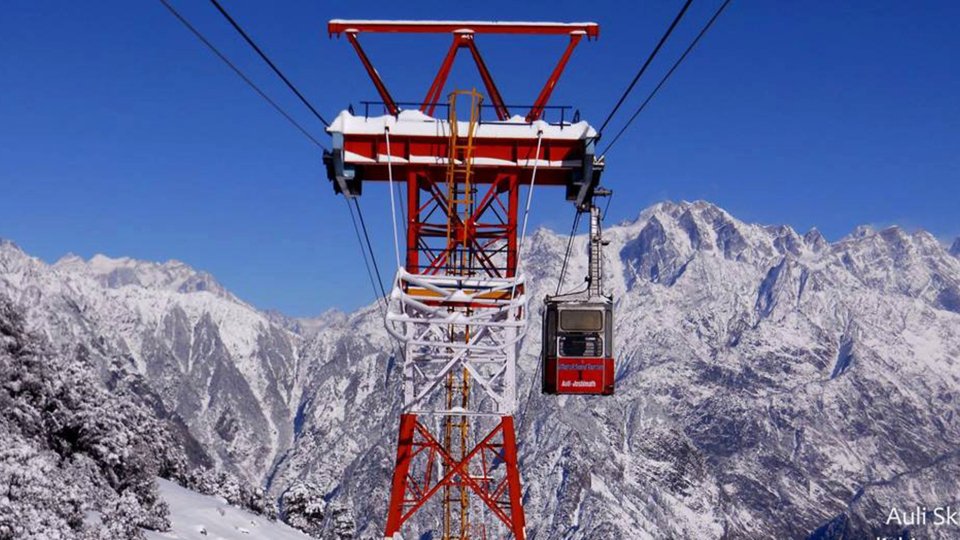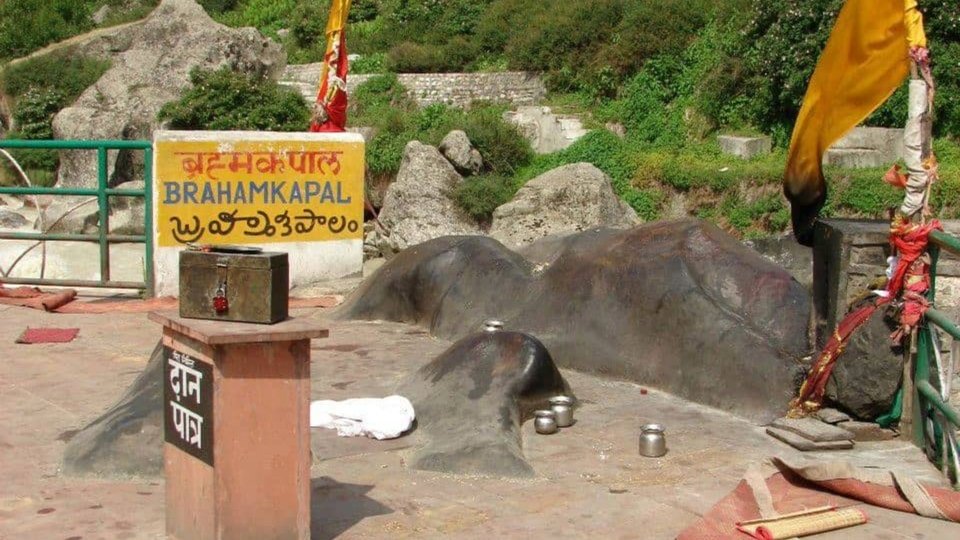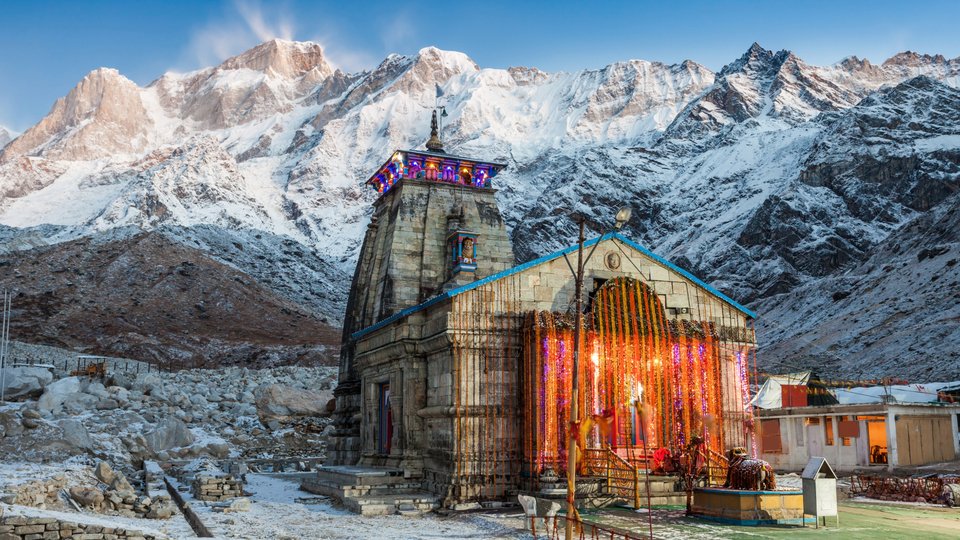2 to 3 Days Ultimate Rishikesh Travel Guide
Rishikesh, located in the foothills of the Himalayas, is a beautiful and serene destination that offers a perfect blend of spirituality and adventure. Whether you are seeking inner peace or looking for thrilling activities, Rishikesh has something for everyone. Here is a suggested itinerary for your 2 to 3-day trip to Rishikesh.
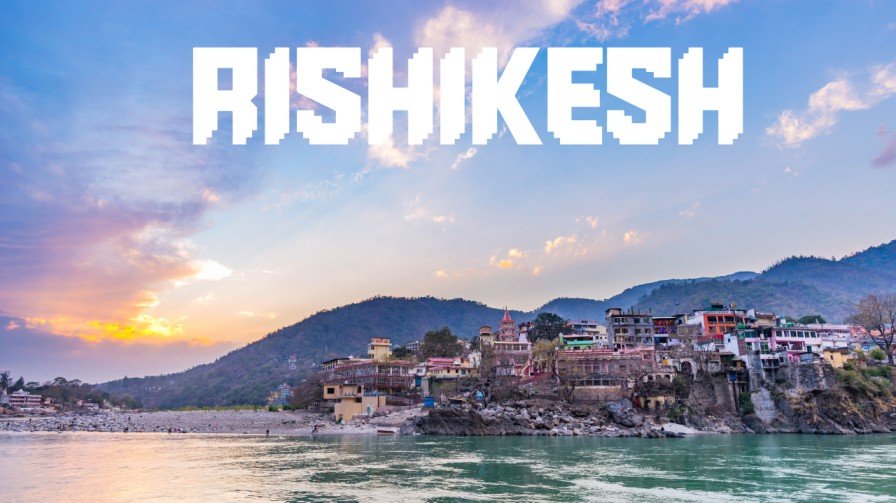
How To Reach Rishikesh From Delhi
To travel from Delhi to Rishikesh, you have several transportation options:
- Bus: IntrCity SmartBus operates a service from Delhi to Rishikesh three times a day, with a journey time of about 6 hours and 20 minutes.
- Train: Indian Railways offers a daily train from Delhi to Yog Nagari Rishikesh, taking approximately 7 hours and 20 minutes.
- Taxi: Taking a taxi is another option, with a travel time of about 3 hours and 35 minutes to cover the 226 km distance.
- Drive: If you prefer driving, it will also take around 3 hours and 35 minutes.
- Fly: You can fly from Delhi (DEL) to Dehra Dun (DED) and then take a taxi to Rishikesh. The flight duration is approximately 2 hours and 24 minutes, excluding the transfer time to Rishikesh.
- YOU CAN BOOK OUR TAXI SERVICES AND PLAN A COMFORTABLE JOURNEY FROM DELHI. CALL ON:- +911223577273, OR CLICK HERE
The train is usually the most economical option, while flying to Dehra Dun and then taking a taxi is the fastest. Keep in mind that travel times can vary due to traffic and other factors. Book your tickets via IRCTC Safe travels! 🚆🚌✈️
Plan Your Rishikesh Travel Itinerary
Day 1: Arrival and Spiritual Exploration
Once you reach Rishikesh, check-in to your hotel and freshen up. After that, head towards the famous Triveni Ghat to witness the evening Ganga Aarti, a spiritual ceremony that takes place on the banks of the holy river Ganga. The mesmerizing chants and the flickering lamps create an ethereal atmosphere.
After the Aarti, you can explore the nearby markets and try some local delicacies at one of the many street food stalls. Don’t miss out on the famous Rishikesh specialties like Aloo Puri, Kachori, and Lassi.
Places To Visit In Rishikesh
Rishikesh offers a dual delight of spiritual awakening and thrilling escapades. It’s a city that caters to the soulful pilgrims as well as the thrill-seeking adventurers. Let’s embark on a journey through this lively city and uncover its most celebrated spots. Whether you’re drawn by the call of devotion or the rush of adrenaline, Rishikesh promises an unforgettable experience. Here’s a guide to some of the most iconic places to visit in this vibrant city.
Start your day early and head towards the Laxman Jhula, an iconic suspension bridge over the Ganga. Enjoy a peaceful morning walk on the bridge and soak in the breathtaking views of the river and the surrounding hills.
How to Reach Lakshman Jhula
Lakshman Jhula, the iconic suspension bridge in Rishikesh, serves as a convenient starting point for various adventure activities. Accessing these destinations is hassle-free; one can easily rent a taxi or opt for an auto-rickshaw. The cost for transportation is quite affordable, with fares to the central adventure locations typically ranging from ₹30 to ₹50, subject to your specific destination.
Lakshman Jhula
Lakshman Jhula is a renowned pedestrian bridge that arches gracefully over the Ganga River, providing stunning vistas of the flowing waters and the urban landscape of Rishikesh. It serves as a vital link between the villages of Tapovan and Jonk, bustling with the vibrant comings and goings of locals and visitors alike. For those looking to venture beyond, convenient local taxis and auto-rickshaws are readily available at Lakshman Jhula, offering transport to various destinations at fair and negotiable rates. This bridge is not just a crossing; it’s a viewpoint to the spiritual and scenic heart of Rishikesh.
The Beatles Ashram
After the adrenaline rush, visit the Beatles Ashram, also known as the Maharishi Mahesh Yogi Ashram. This abandoned ashram gained popularity when the Beatles visited it in the late 1960s. Explore the graffiti-covered walls and immerse yourself in the tranquil ambiance of this place.
The ashram commonly referred to as Chaurasi Kutia gained international recognition when the Beatles stayed there in the 1960s. Today, it’s a gallery of vibrant graffiti and art that pays homage to the iconic band and their tunes. Just a brief drive from the Lakshman Jhula, visitors can conveniently reach this historic site by taxi or auto-rickshaw, immersing themselves in a piece of musical history nestled in the tranquility of Rishikesh.
Triveni Ghat
Triveni Ghat holds a special place in the spiritual tapestry of Rishikesh, where the sacred waters of the Ganga, Yamuna, and the mythical Saraswati merge. Renowned for the soul-stirring ‘Ganga Aarti’ held each evening, this site radiates tranquility and devotion. A mere stone’s throw away from Lakshman Jhula, a brief drive of around ten minutes is all it takes to reach this serene spot, and the cost to get there is surprisingly modest. It’s a place where the divine and the earthly come together in a harmonious flow, offering a moment of profound peace and spiritual upliftment to all who visit.
Neelkanth Mahadev Temple
The Neelkanth Mahadev Temple, a sacred site devoted to Lord Shiva, is located about 32 kilometers from the heart of Rishikesh. It’s a place of great spiritual significance, believed to be the very place where Lord Shiva drank the cosmic poison that emerged from the ocean during a mythological event known as the Samudra Manthan. Visitors can access this revered temple by local transportation options or by arranging a taxi, with the fare typically ranging from 500 to 700 Indian Rupees when departing from Lakshman Jhula. It’s a journey that many undertake for both spiritual fulfillment and to witness the beauty of this ancient temple.
13 Manzil Mandir (Tera Manzil Temple)
The Tera Manzil Temple, also referred to as the Trimbakeshwar Temple, stands out as an architectural wonder with its towering structure of 13 levels. Each floor is a sanctuary for different deities, presenting a diverse spiritual experience at every turn. Situated in close proximity to Lakshman Jhula, it’s a short walk away, inviting visitors to explore its heights. Upon reaching the top, one is rewarded with a sweeping view of Rishikesh, stretching across the cityscape and the Ganga below. It’s a place where the spiritual and the scenic intersect, offering a moment of tranquility above the bustling town.
In the evening, take a leisurely stroll along the Swarg Ashram and Shivananda Ashram, two renowned spiritual centers in Rishikesh. These ashrams offer yoga and meditation classes for those seeking inner peace and rejuvenation.
Other Places to Visit
Rishikesh is also home to the Ram Jhula, another suspension bridge similar to Lakshman Jhula, and numerous ashrams where you can learn yoga and meditation. The city’s streets are lined with cafes and shops selling spiritual paraphernalia, making it a colorful and vibrant place to explore.
Getting Around The best way to explore Rishikesh is by foot, especially the areas around the ghats and the bridges. For longer distances, local buses, taxis, and auto-rickshaws are readily available. The fares are usually negotiable, and it’s advisable to agree on a price before starting your journey.
Rishikesh is a city that offers something for everyone – whether you’re seeking inner peace or outdoor excitement. With its rich cultural tapestry and natural beauty, it’s a place that should be on every traveler’s bucket list.
Day 2: Adventure and Nature
Next Day, you can indulge in some adventure activities such as river rafting in the Ganga. Rishikesh is known as the “Rafting Capital of India,” and the thrilling experience of navigating the rapids is a must-try for adventure enthusiasts.
Adventure Activities and Charges
Rishikesh is a haven for those seeking adventure, offering an array of exhilarating activities:
- River Rafting: Experience the thrill of the Ganges rapids with sessions starting at ₹600.
- Bungee Jumping: Take the plunge from the highest bungee point in India, with jumps starting at ₹3600.
- Camping: Immerse yourself in nature with overnight camping along the Ganges, available from ₹1000 to ₹6000.
- Flying Fox: Glide over the Rishikesh landscape on a flying fox adventure, priced at approximately ₹1700.
These activities offer a unique blend of excitement and natural beauty, sure to create lasting memories. Remember to check for the latest prices and availability before planning your adventure. 🌄🛶🪂🏕️
here’s the updated table with the distances from Lakshman Jhula to the various adventure activities in Rishikesh:
| Activity | Charges (INR) | Distance from Lakshman Jhula | Included Activities |
|---|---|---|---|
| River Rafting | Starting from ₹600 | Approx. 16 km | Rafting, Cliff Jumping, Camping |
| Bungee Jumping | Starting from ₹3550 | Approx. 15 km | Bungee Jump, Certificate, Video |
| Camping | ₹499 – ₹6000 | Varies (many camps along the river) | Stay, Meals, Bonfire, Trekking |
| Flying Fox | Around ₹1700 | Approx. 5 km | Zip-lining, Equipment, Instructors |
| Kayaking | Contact for Price | Varies (along the Ganges) | Kayaking Gear, Professional Guide |
Please note that the distances are approximate and can vary depending on the exact location of the activity provider. It’s always a good idea to check with the activity provider for the most accurate and current information. Enjoy your adventure in Rishikesh! 🚣♂️🧗♀️🏕️
Day 3: Nature and Serenity
On your last day in Rishikesh, you can explore the nearby Neer Garh Waterfall. Take a refreshing dip in the cool waters and enjoy the serene beauty of the cascading falls.
Before leaving Rishikesh, make sure to visit the famous Geeta Bhawan, a large complex that houses a vast collection of Hindu scriptures and offers a serene environment for meditation and spiritual discourses.
Places to Stay and Eat
Rishikesh offers a wide range of accommodation options to suit every budget and preference. From luxury resorts to budget-friendly guesthouses and ashrams, you can choose according to your needs. Some popular options include:
- Ananda in the Himalayas
- EllBee Ganga View
- Hotel Ganesha Inn
- Hotel Yog Vashishth
Here’s a table of affordable accommodations in Rishikesh under ₹2000, with their names, locations, charges, and approximate distances from Lakshman Jhula:
| Name | Location | Charges (INR) | Distance from Lakshman Jhula |
|---|---|---|---|
| Skyard Premium | Tapovan | ₹2000 | 0.5 km |
| Moustache Rishikesh Luxuria | Tapovan | ₹1800 | 0.5 km |
| Hotel Yog Tapovan | Tapovan | ₹1500 | 0.5 km |
| Shiv Shakti Hostel | Tapovan | ₹1000 | 0.5 km |
| Bhagirathi Hotel | Tapovan | ₹1200 | 0.5 km |
| Hotel Namami Tapovan | Tapovan | ₹1700 | 0.5 km |
| The Mountain View Hostel | Tapovan | ₹800 | 0.5 km |
| Orchid Hotel and Hostel | Tapovan | ₹900 | 0.5 km |
Please note that the charges are approximate and subject to change. It’s recommended to contact the accommodations directly for the most current rates and availability. The distances provided are also approximate and may vary slightly. Enjoy your stay in Rishikesh! 🏨🌄
Restaurant At Rishikesh
When it comes to dining, Rishikesh has plenty of options to satisfy your taste buds. From local street food to international cuisine, you will find it all. Some recommended places to eat in Rishikesh are:
- Chotiwala Restaurant
- Little Buddha Cafe
- The Sitting Elephant
- German Bakery Rishikesh
Here’s a table featuring some of the best restaurants near Lakshman Jhula offering delicious meals within the price range of ₹200 to ₹300 per person, along with their location and distance from Lakshman Jhula:
| Name | Location | Charges (INR) | Distance from Lakshman Jhula |
|---|---|---|---|
| Devraj Coffee Corner | Near Lakshman Jhula | ₹200 – ₹300 | 0 km |
| The Arches By Salvus | Tapovan | ₹200 – ₹300 | 0.1 km |
| Honey Hut Cafe | Tapovan | ₹200 – ₹300 | 0.1 km |
| Ganga View Cafe | Near Neelkant Taxi Stand | ₹200 – ₹300 | 0.2 km |
| JGB Purple Dhaba | Near Lucky Hotel, Laxman Jhula | ₹200 – ₹300 | 0.1 km |
| The Space Cafe | Sattva Rishikesh, Lakshman Jhula | ₹200 – ₹300 | 0.1 km |
| Oasis Restaurant & German Bakery | Laxman Jhula | ₹200 – ₹300 | 0.1 km |
Please note that the charges are approximate and can vary. The distances provided are also approximate and may vary slightly. It’s always a good idea to check with the restaurants for the most accurate and current information. Enjoy your culinary journey in Rishikesh! 🍽️🌉
Here are some essential travel tips to make your trip to Rishikesh more enjoyable:
- Carry comfortable footwear as you will be doing a lot of walking and exploring.
- Respect the local customs and traditions, especially when visiting temples and ashrams.
- Carry a valid ID proof and keep it handy at all times.
- Drink only bottled water and avoid eating street food from unhygienic stalls.
- Don’t forget to pack sunscreen, hats, and sunglasses to protect yourself from the sun.
Rishikesh, with its spiritual aura and natural beauty, promises a memorable experience for every traveler. Follow this itinerary to make the most of your 2 to 3-day trip and create lasting memories in this enchanting destination.


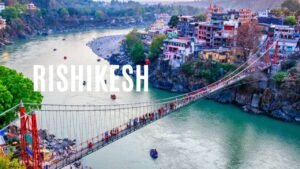










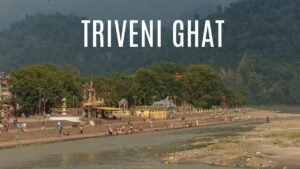 Bharat Mandir:
Bharat Mandir: 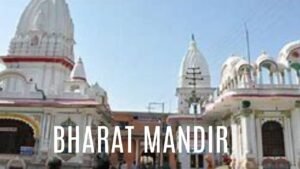 Neelkanth Mahadev Temple:
Neelkanth Mahadev Temple: